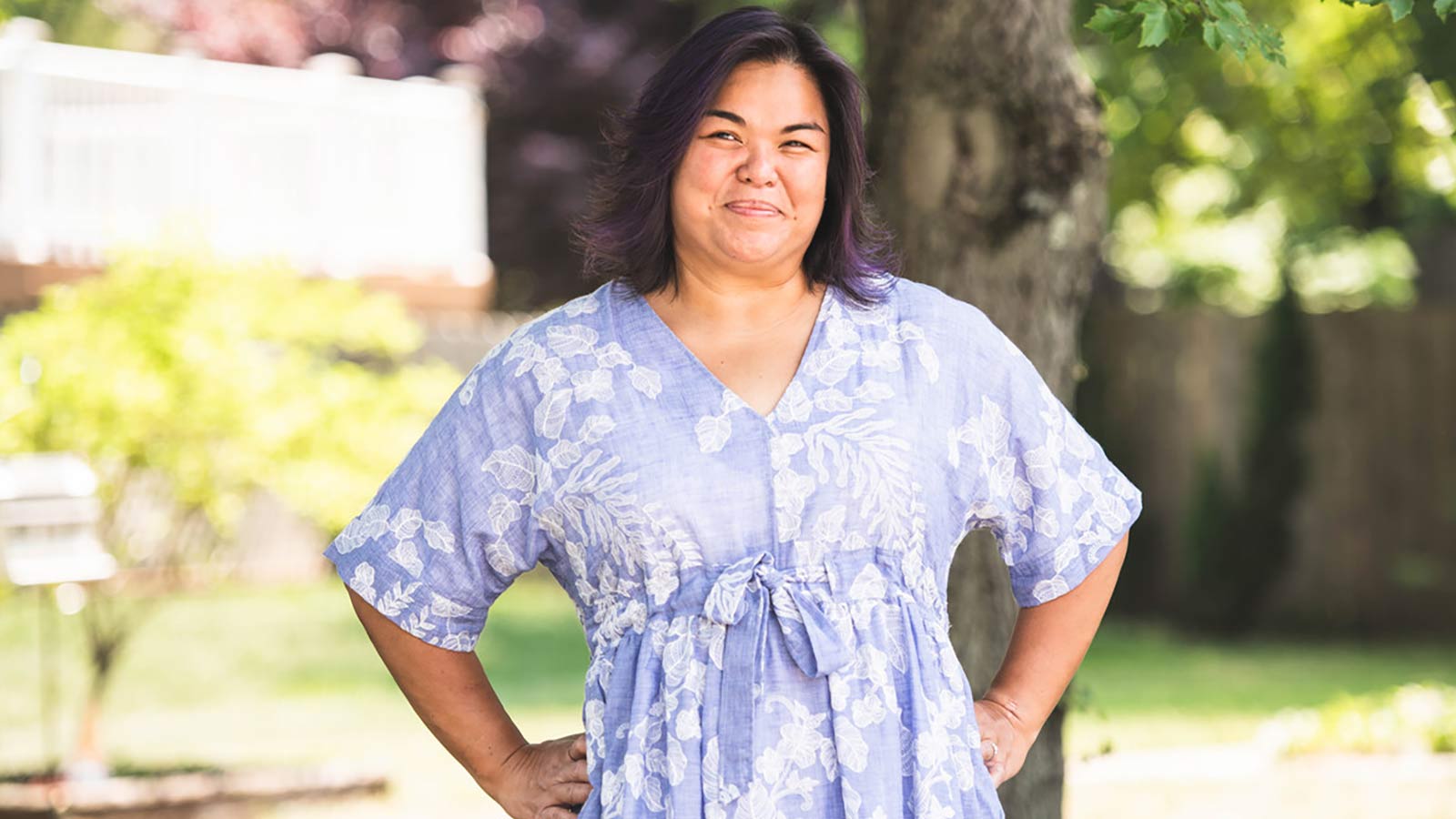Knee Replacement Rehab: 7 Exercises to Restore Your Strength and Range of Motion
Discover how early, consistent physical therapy and specific exercises can accelerate your recovery after a minimally invasive knee replacement.
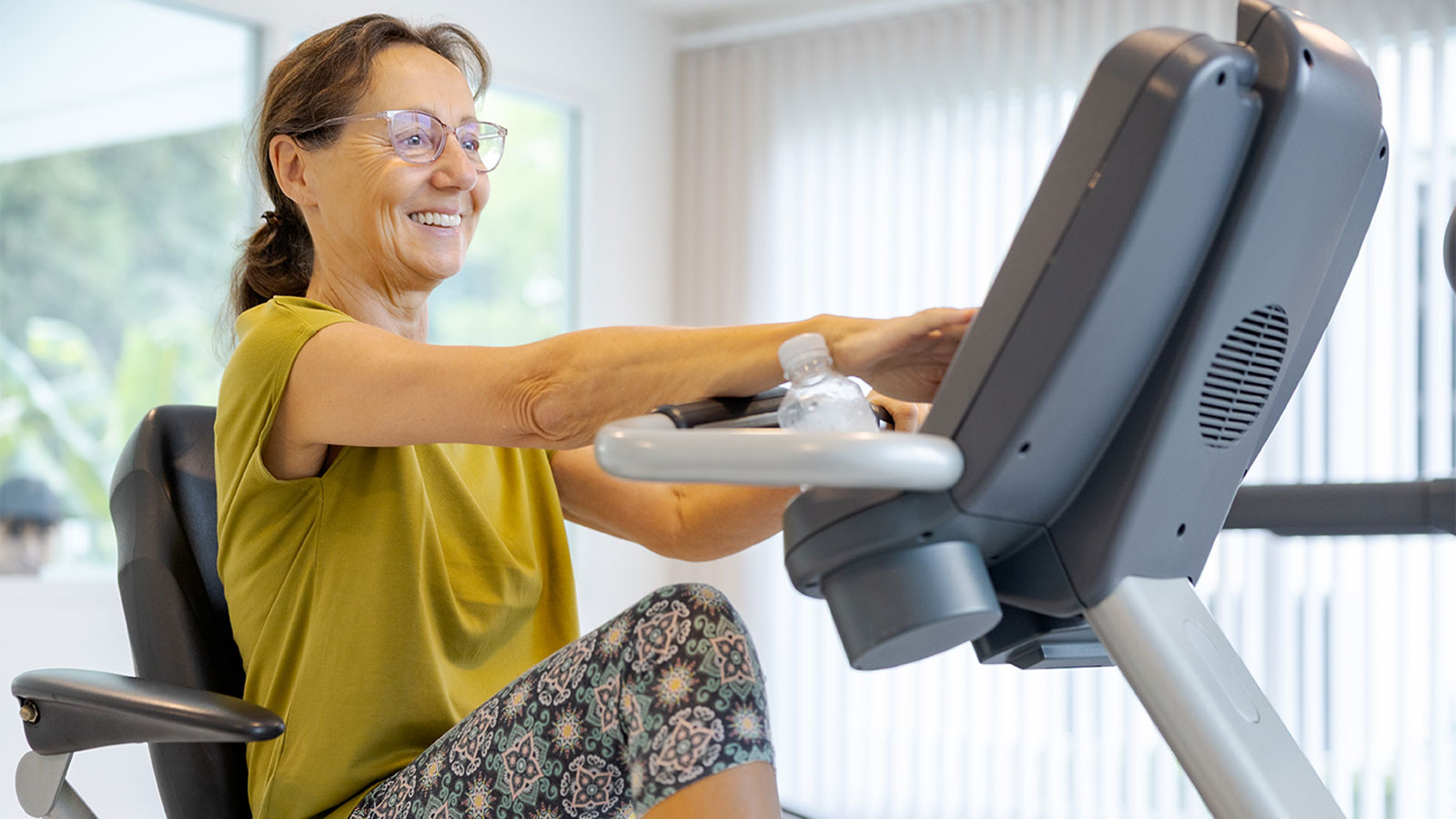
By Mark Zamerowski, PT, MPT, Physical Therapist, Virtua Physical Therapy & Rehabilitation
With today’s advanced, minimally invasive knee replacement techniques at Virtua Reconstructive Orthopedics, you can expect to be up and walking before you leave the hospital.
Once you’re discharged, you’ll start your Virtua physical therapy (PT) program within the first few days. Your physical therapist will guide you through the right exercises—beginning gently and gradually increasing in intensity—to accelerate your recovery and help you regain your mobility.
Focusing on these factors can contribute to your long-term success:
- Get started early. Don’t fear post-surgical pain and discomfort. Embrace it, knowing the rewards will be worth it. Virtua physical therapists are skilled at suggesting or adjusting exercises so you feel comfortable with them. The sooner you begin, the better your chances of a successful recovery.
- Follow the directions. It’s easy to focus and work hard during a session, but you’ll also receive "homework" to perform some of the same exercises at home or the gym. It’s essential to follow your doctor’s and physical therapist’s instructions for the best results.
- Focus on the outcome. It takes three months for the tissue to heal, and within a year, you can eliminate the daily pain and discomfort that led you to choose knee replacement. However, you'll find the greatest success if you work hard and commit to doing these exercises consistently.
Top exercises to help you regain strength and mobility after knee replacement surgery
These exercises can help restore function and range of motion, making everyday tasks easier. NOTE: Your Virtua PT program will be personalized based on your Virtua Reconstructive Orthopedics surgeon's advice and the surgical technique used for your knee replacement.
Stationary bike (ride or stretch)
- Type of bike: A recumbent stationary bike (with a backrest) is generally preferred.
- Seat adjustment: Adjust the seat so your knee is just slightly bent when the pedal is pushed to its farthest point.
- Initial stretching (if unable to pedal fully):
- Push your leg forward as far as you can and hold the stretch for 10-15 seconds.
- Reverse and bring your leg backward and hold the stretch for 10-15 seconds.
- Goal: Progress to riding with a full range of motion for 30 minutes every day.
- Access: If you do not have a bike at home, consider joining a gym.
Step flexion stretches
- Starting position: Stand in front of a step, holding a wall or railing for balance.
- Movement: Place your surgical leg onto the step, keeping your foot flat. Let the knee of your surgical leg bend as you lean forward into the stretch.
- Repeat: Hold the stretch for 30-40 seconds, repeating 3-4 times. Perform these stretches 1-2 times a day or as recommended by your therapist/physician.
Assisted heel slides
- Starting position: Lie on your back on a bed (even if soft). Bend your non-surgical knee for comfort. To warm up, slowly slide your surgical heel toward your bottom, hold for a few seconds, then straighten your leg. Repeat 5 times.
- Movement:
- Secure a dog leash, bath towel, stretching strap, or a pillowcase (with your foot inside) around the foot of your surgical leg.
- Slide your heel toward your bottom as far as you comfortably can.
- Once you can't go further, use one of the items above to gently pull your foot closer to your bottom to achieve an extra range of motion.
- Repeat: Repeat this slide and pull 10 times, holding the final stretch for 10 seconds each time. Perform this exercise as frequently as every hour or as recommended by your physical therapist/physician.
Step ups
- Choose a step height (e.g., 4, 8, or 10-12 inches) with your physical therapist.
- Starting position: Step up with your surgical leg first, followed by your nonsurgical leg.
- Movement: Step down with your nonsurgical leg, keeping your surgical leg on the step. Step back up with your nonsurgical leg.
- Repeat: Repeat this sequence for two sets of 10 repetitions, performing the exercise 1-2 times a day or as recommended by your therapist/physician.
This exercise will strengthen your quadriceps (on the front of the thigh) and hip extensor muscles. These muscles support a wide range of everyday activities, including climbing stairs, gardening, and shopping for groceries.
Step downs
- Starting position: Start with both legs on the same step.
- Movement: Keep the surgical leg on the step. Step down and forward with the nonsurgical leg. Step backward up onto the step with the nonsurgical leg.
- Repeat: Aim for two sets of 10 repetitions, performed 1–2 times a day or as recommended by your therapist/physician.
It’s harder on your joints to go downstairs than to climb them, so you don’t want to skip this exercise.
Assisted wall squats
- Starting position: Lean against a wall, and stand with feet shoulder-width apart, 12-18 inches away.
- Movement: Slide straight down the wall and back up, only going as low as is tolerable. Ensure your knees never bend past your ankles. Start with a shallow bend (e.g., 20-30 degrees) and gradually work toward a deeper squat (90 degrees).
- Repeat: Aim for two sets of 10 repetitions, performed multiple times daily or as recommended by your therapist/physician.
- Adjustments: Be mindful of fatigue and adjust the number of reps downward if needed. If you're not fatigued after 20, try increasing to 30 reps.
Squats work muscles that help you perform everyday activities, such as sitting down and rising from a chair or the toilet.
Single leg stance
- Starting position: Find a safe area to hold for support near a wall, sturdy furniture, or a railing. Stand upright.
- Movement: Keep your surgical leg on the ground and raise your non-surgical leg—a slight knee bend/lift is fine. Try to hold the position for 5 to 10 seconds.
- Repeat: Repeat 10 times. As you progress, gradually decrease the firmness of your grip on your support.
- Adjustments: Work toward longer holds (e.g., 5 times for 20 seconds, or 3 times for 30 seconds) in later sessions.
Virtua Physical Therapy and Rehabilitation is here for you after knee replacement surgery
Virtua Physical Therapy and Rehabilitation board-certified physical therapists are here to help ease pain, restore mobility, and empower you to live an active life after knee replacement. We offer convenient locations throughout South Jersey, as well as telehealth visits. Call 888-847-8823 to schedule an evaluation appointment.
There's So Much More to Explore
Discover expert insights, inspiring stories, health tips, and more by exploring the content below!

How to Spot the Early Signs and Symptoms of a Stroke

Healthy Takeout Made Easy: What to Order for Better Nutrition
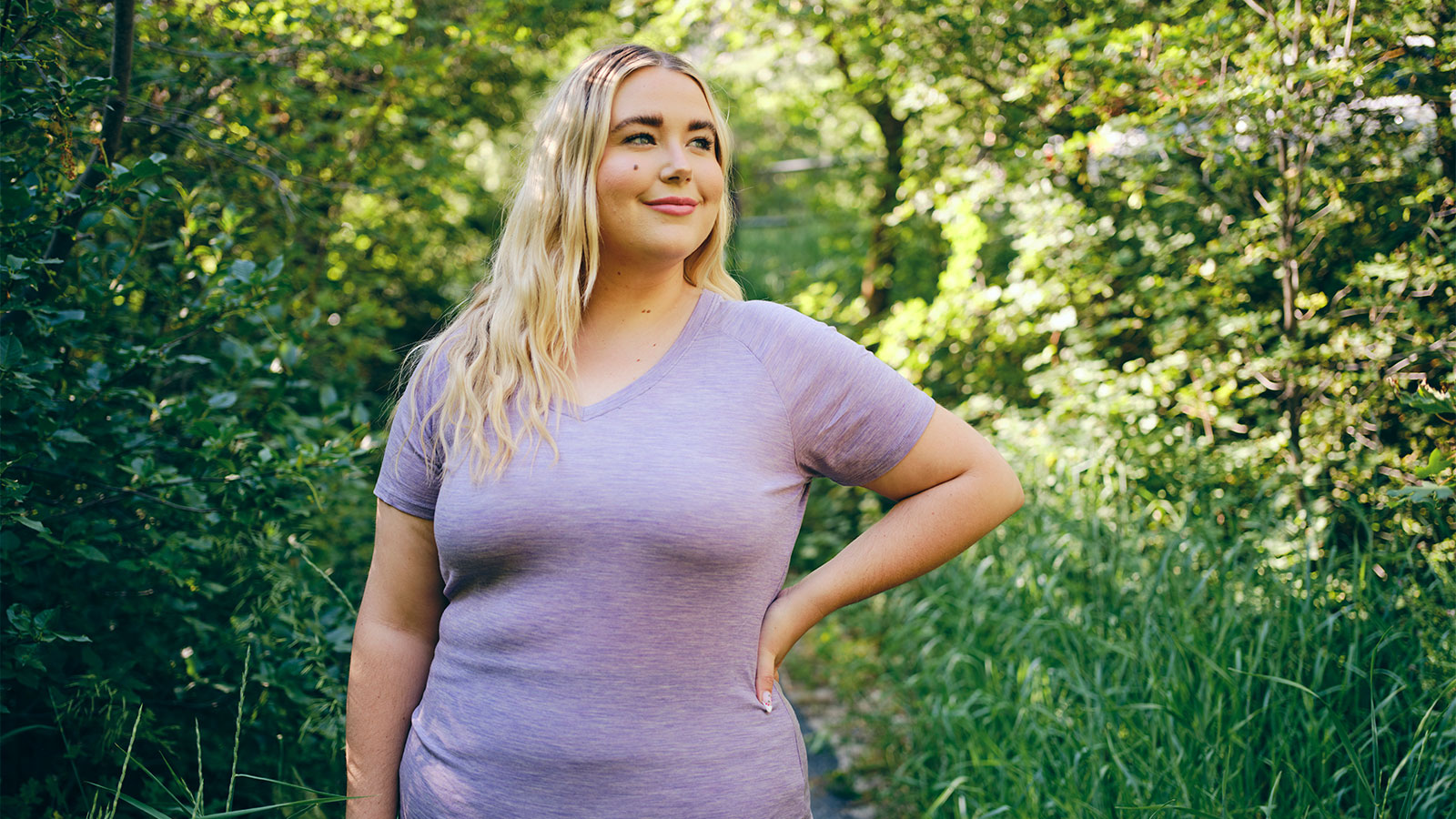
How Weight-Loss Surgery Can Improve Diabetes, Heart Health, and More

6 Tips for an Easier Colonoscopy Prep
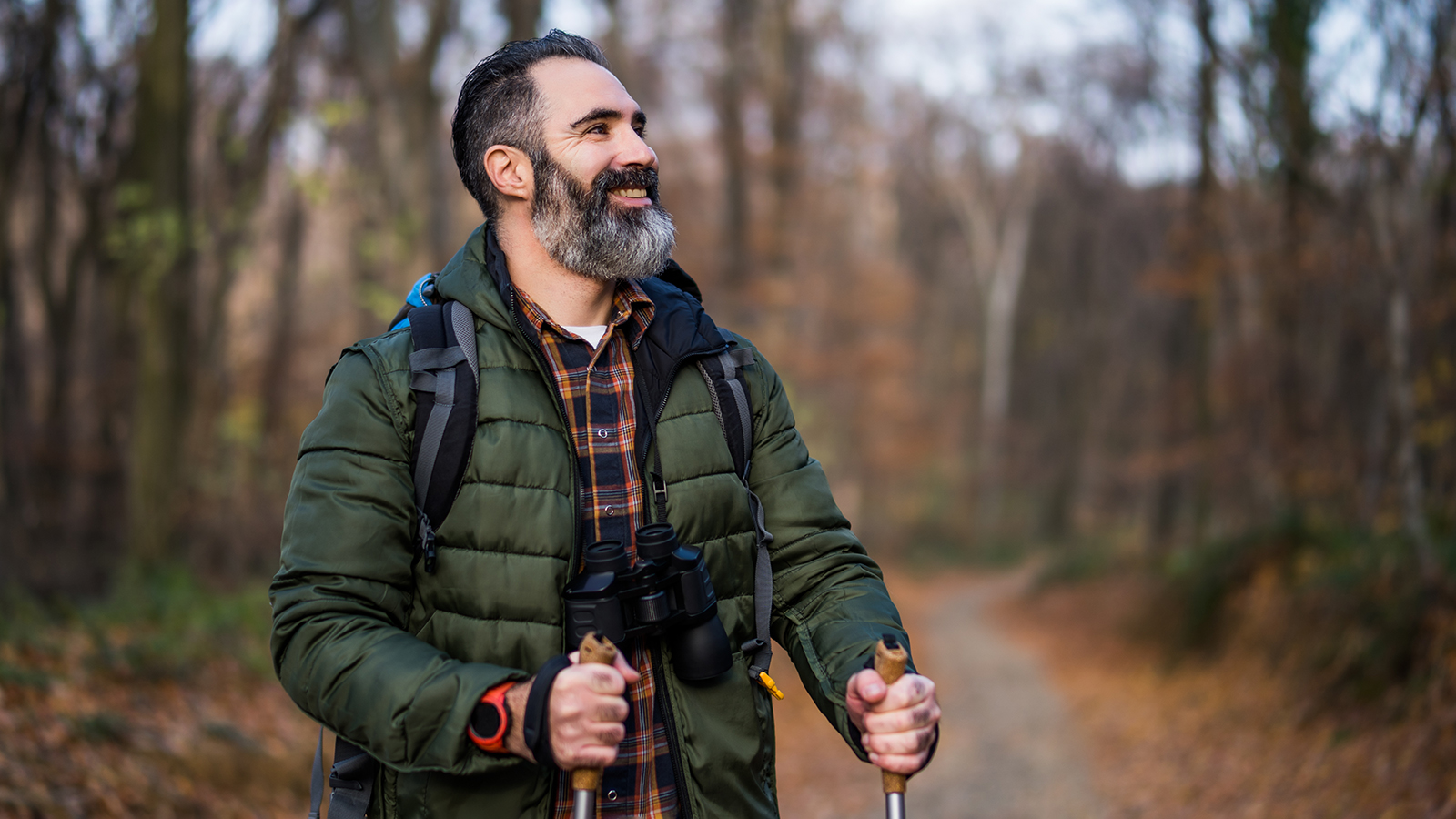
How to Achieve Your Health Goals This Year

Why Weight Loss Plateaus Happen (And What to Do Next)

Knee Replacement Rehab: 7 Exercises to Restore Your Strength and Range of Motion

COPD vs. Asthma: Understanding the Difference in Symptoms

Are You Eating Too Much Salt? High-Sodium Foods to Watch For

Caregiving During the Holidays: Ways to Manage Stress and Find Joy

Do Weighted Blankets Actually Work?

Bioidentical Hormone Replacement Therapy Pellets: Relief for Menopause and Andropause Symptoms

Why Is Sex Painful During Pregnancy? Pelvic Congestion Syndrome Explained

COVID-19 Vaccines and Pregnancy: FAQs

Don't Drink Alcohol? You Could Still Get Fatty Liver Disease

What Is the Difference Between Palliative Care and Hospice Care?

How to Exercise Safely with Asthma: Tips, Triggers, and Rescue Inhaler Use

How to Relieve Bloating Fast: Simple Tips for Quick Comfort

COMFORTing Tips to Avoid Holiday Heartburn

How to Tell the Difference Between Cold, Flu, and COVID-19

Jill Travels From Delaware to South Jersey for Advanced Lung Care
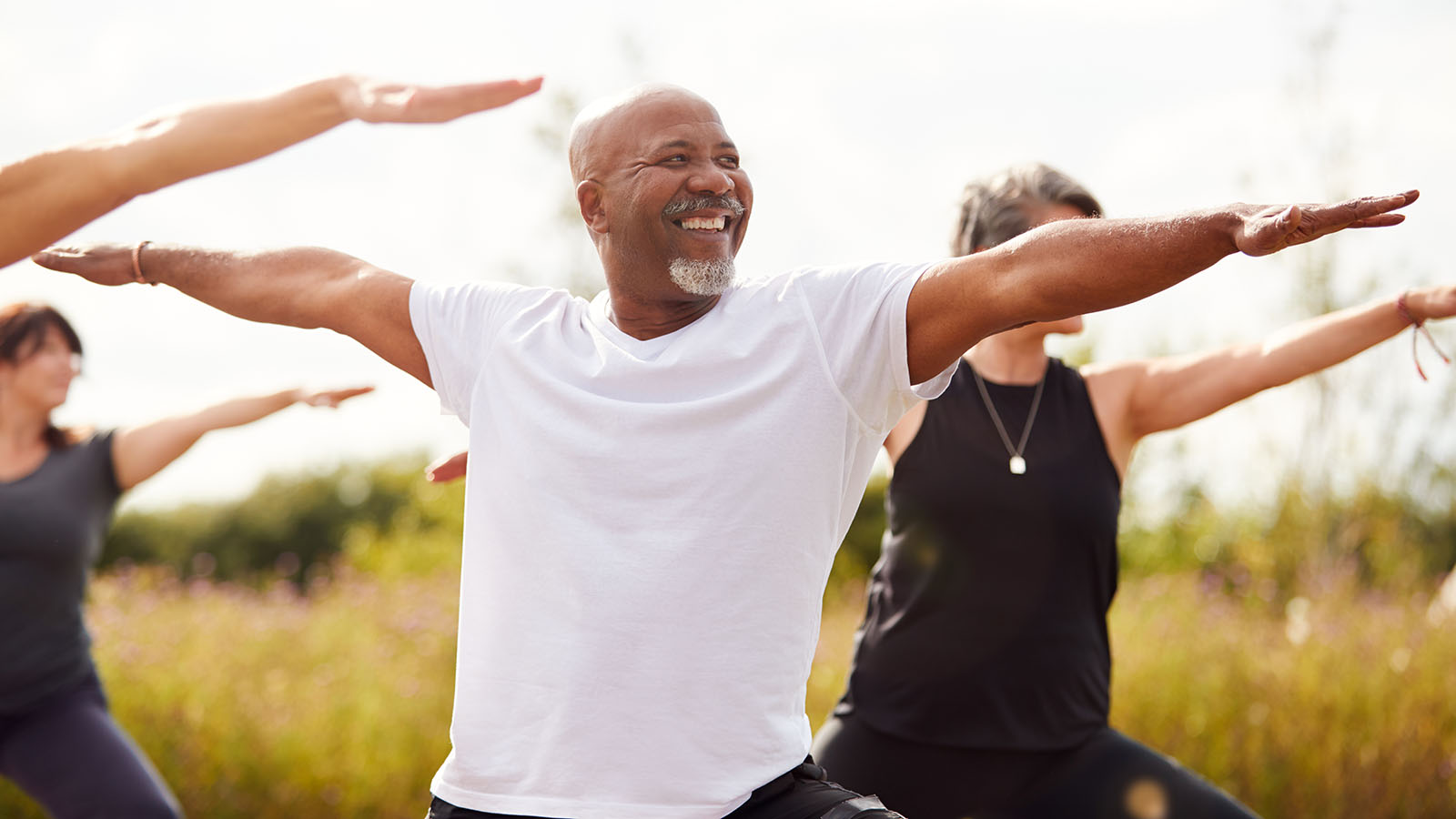
4 Exercise Tips to Help You Reverse High Blood Pressure

From Exhaustion to Empowerment: Tracy's Hormone Replacement Therapy Success Story

Why on Earth Am I Always So Cold?
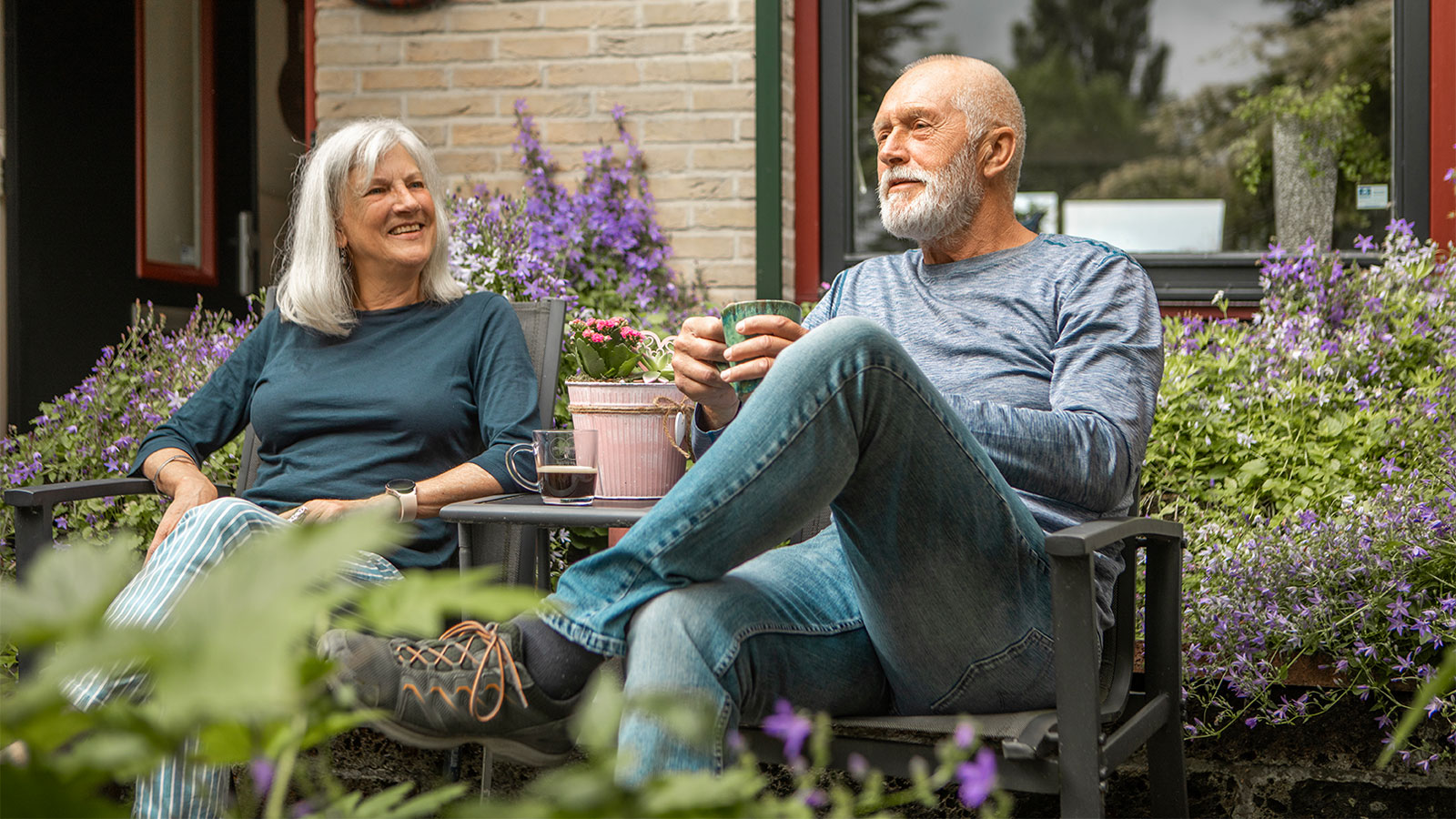
Daily Wellness Checklist: Simple Habits for Feeling Good Inside and Out
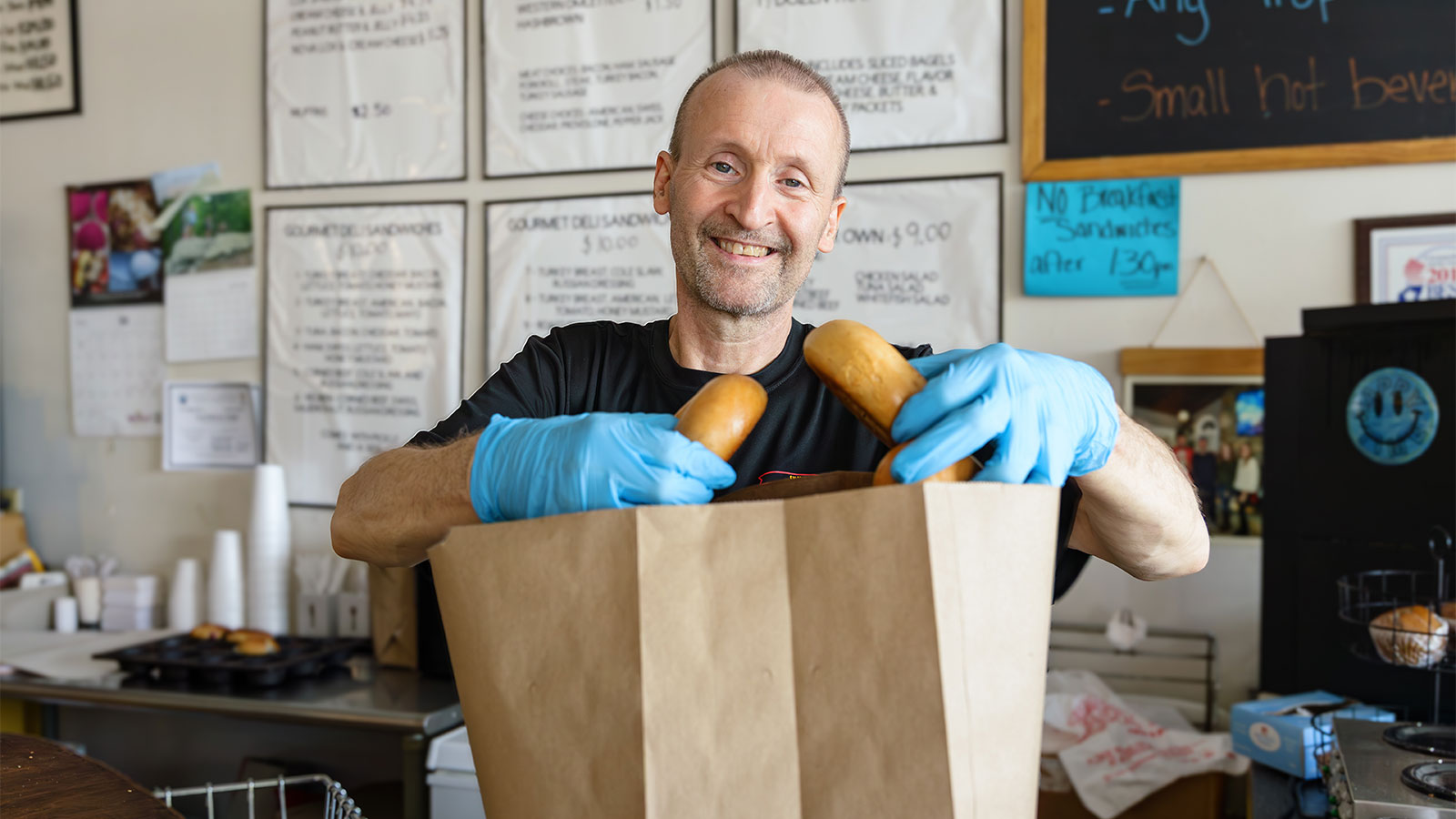
Timely Heart Care During a Heart Attack Helps Joe Feed the Community

Allegra Is Thriving With Crohn's Disease

The Best and Worst Foods for Acid Reflux

How to Manage IBS Symptoms and Feel in Control Again

5 Types of Lung Disease: Symptoms, Causes, and Prevention Tips

Foods to Enjoy and Avoid for GLP-1 Heartburn

3 Reasons Why Now's the Time to Find Relief From Varicose Veins

Baseball Coach Turns Male Breast Cancer Surprise into Personal Mission

The Brain Health Checklist: 11 Questions Everyone Should Ask
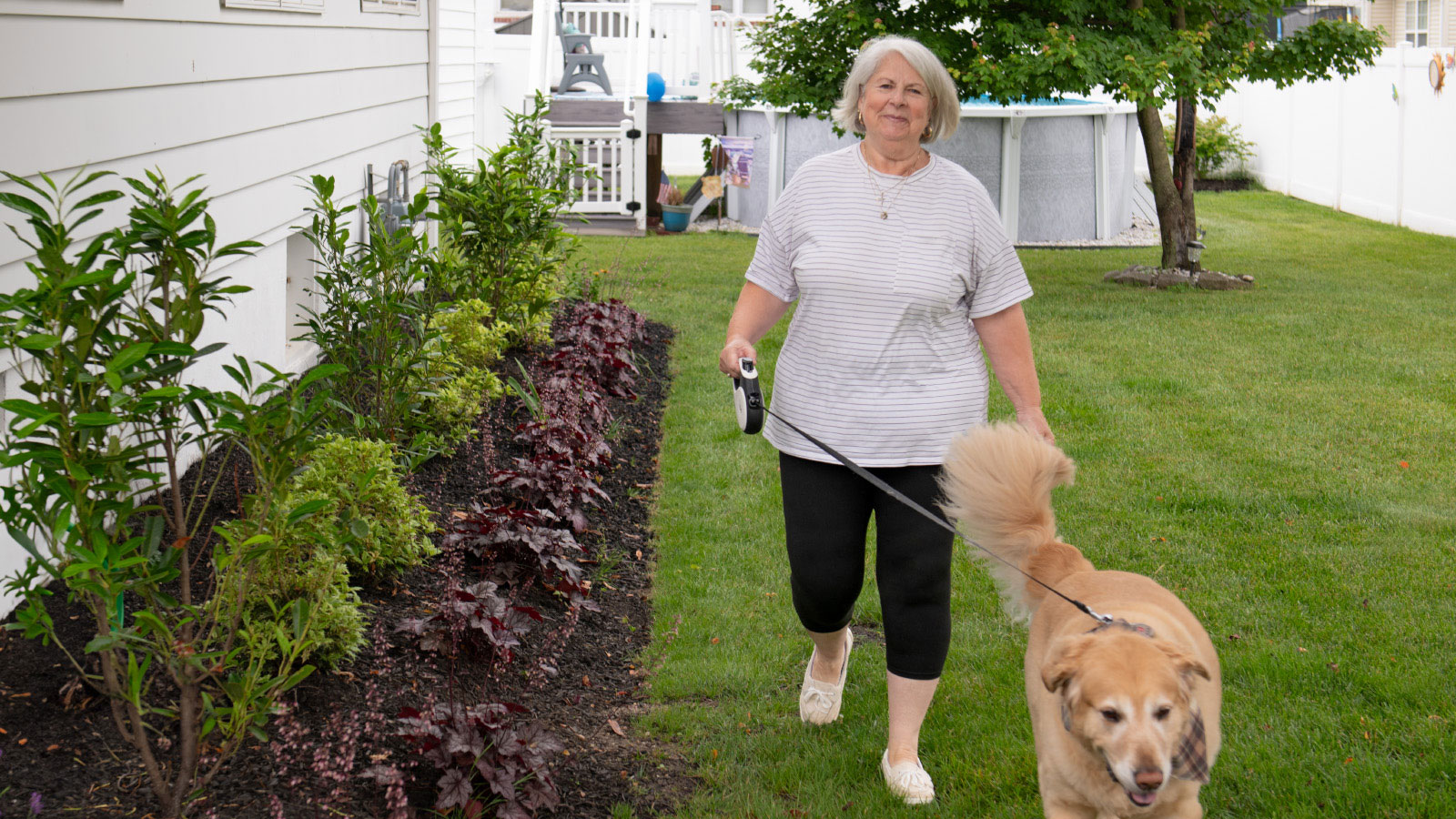
From Caregiver to Patient: Robotic Surgery Relieves Teresa's Knee Pain

How to Get and Stay Healthy This Fall

How to Reverse Prediabetes and Prevent Type 2 Diabetes
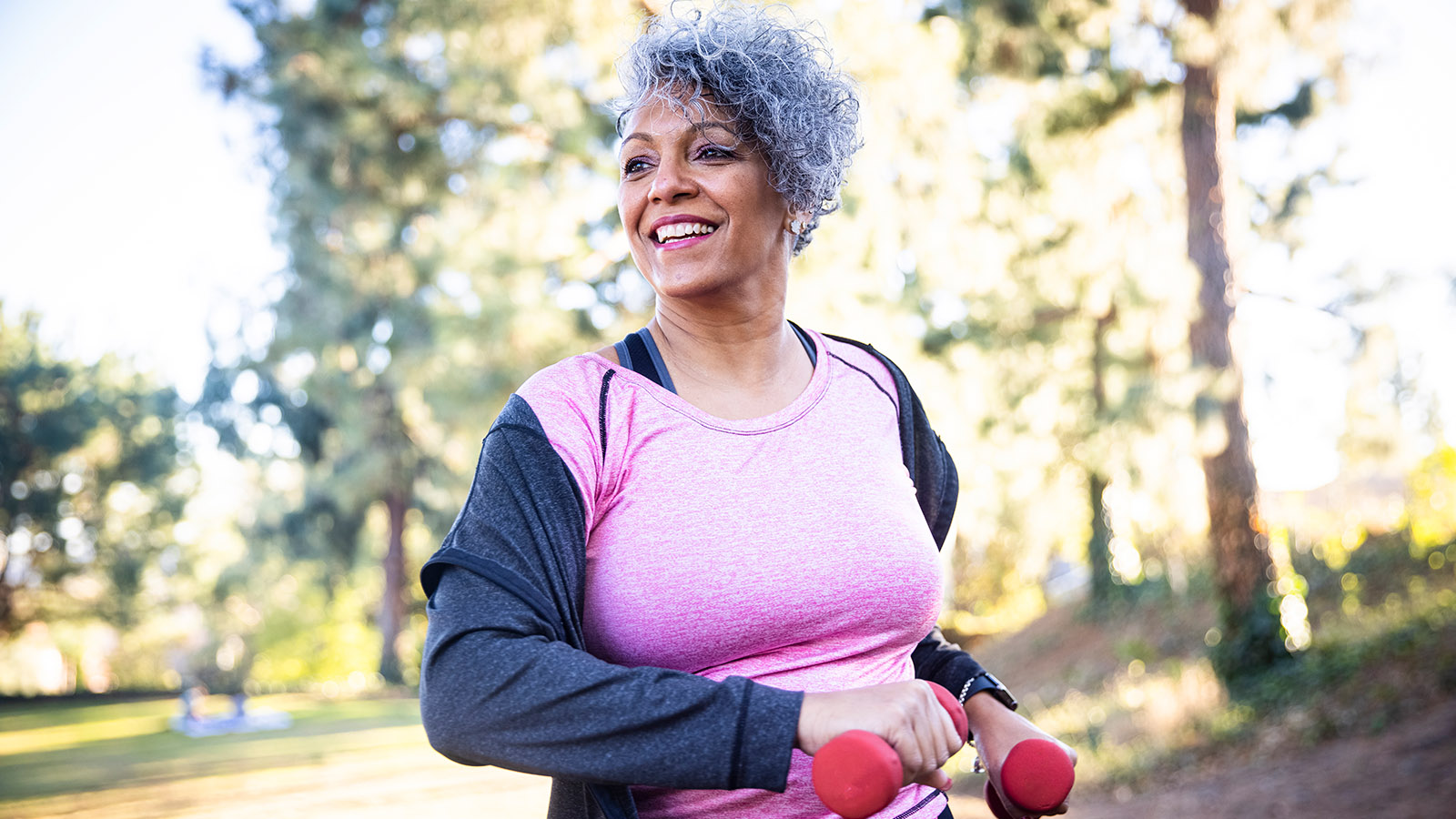
6 Ways to Get More Out of Your Daily Walk

Young Breast-Cancer Survivor Has New Hope for Healthy Future
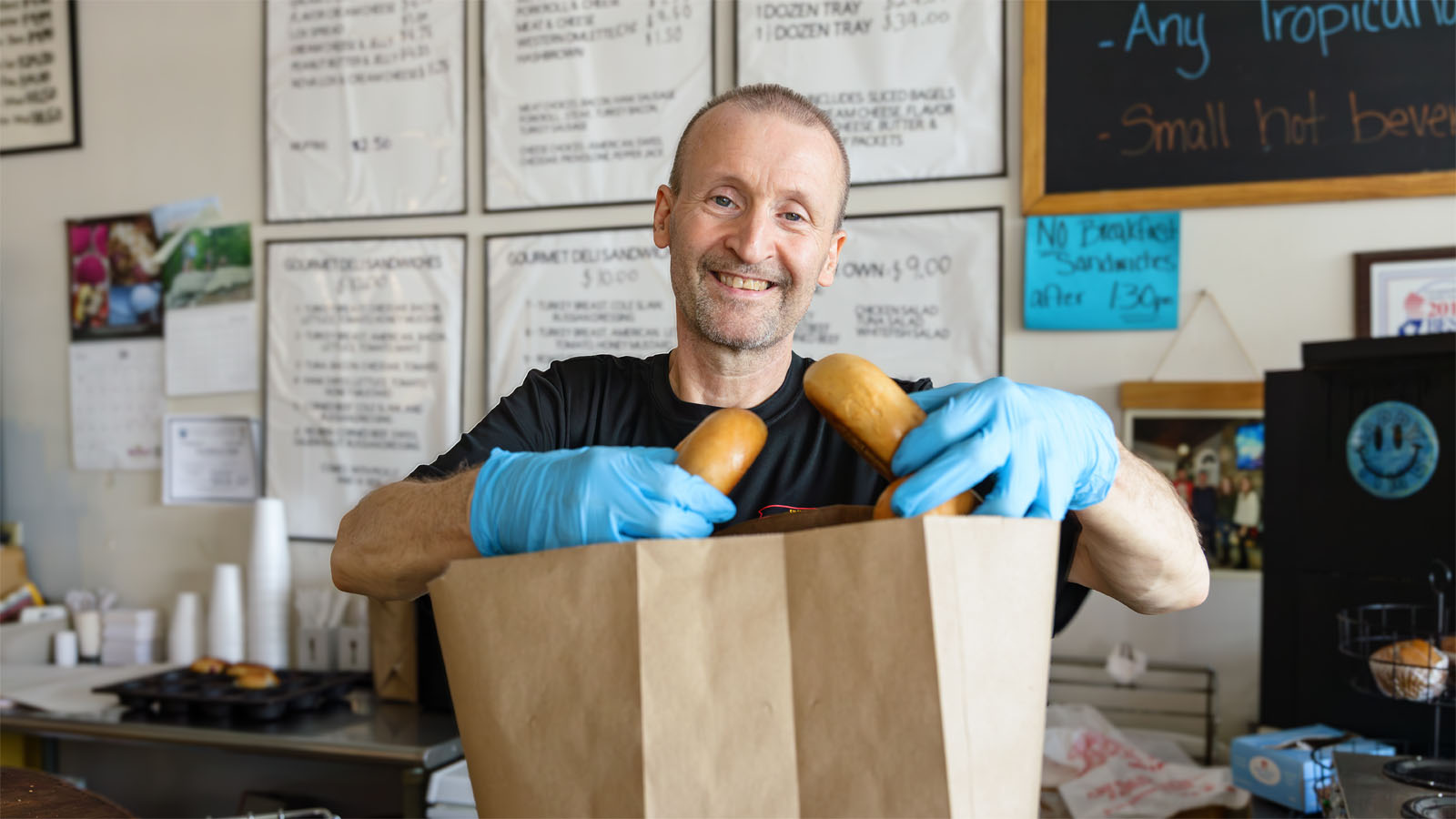
HeartTalk Magazine

Is Cancer Hereditary? What You Need to Know About Your Genetic Risks

Tara's Story: From Debilitating Uterine Fibroid Pain to a Half-Marathon Medal

Is Your Post-Pregnancy Belly Bulge a Sign of Diastasis Recti?
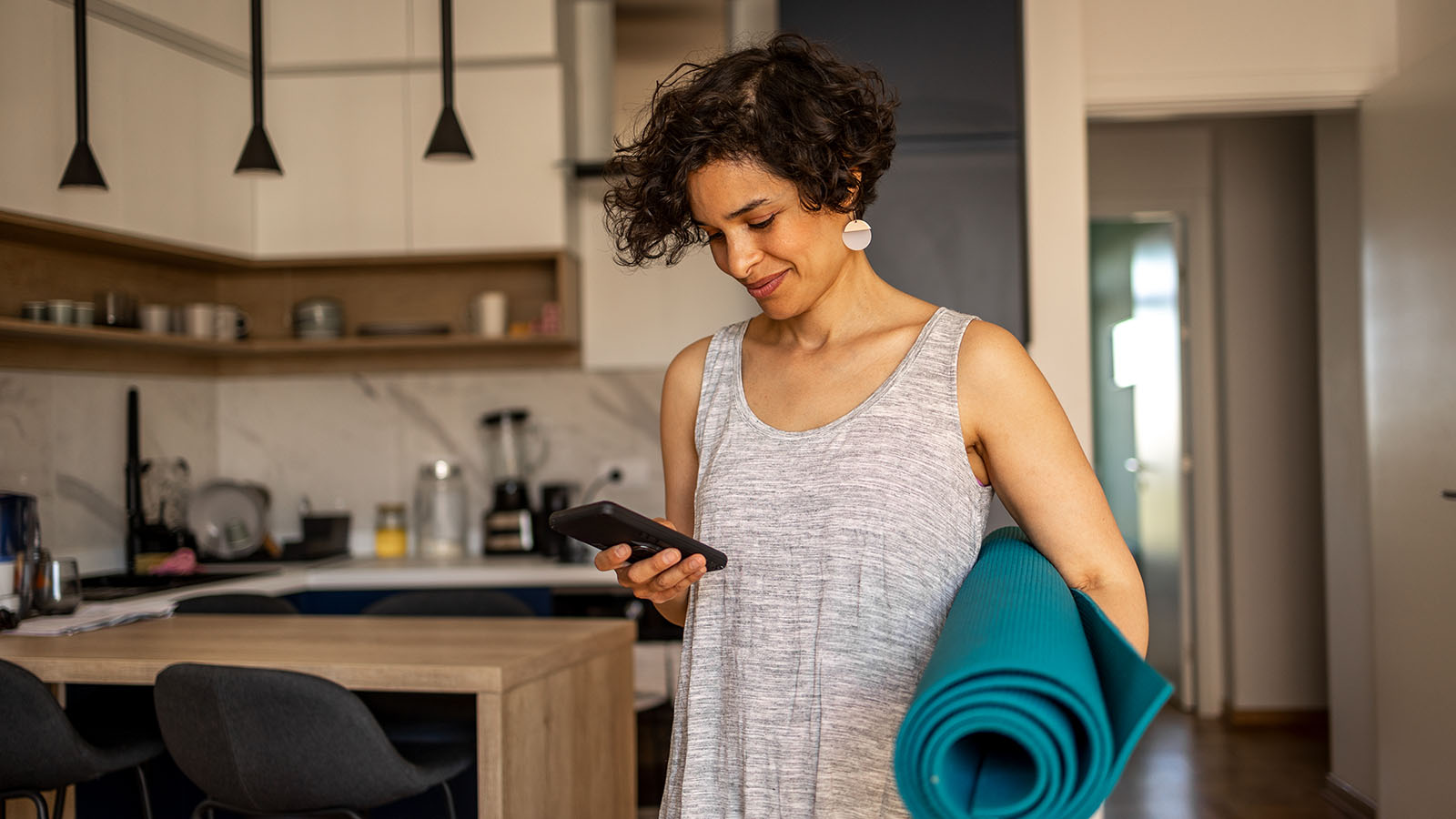
Your Guide to Mammograms: When to Get Screened and What to Know

The Top 10 Foods That Boost Your Brain Health
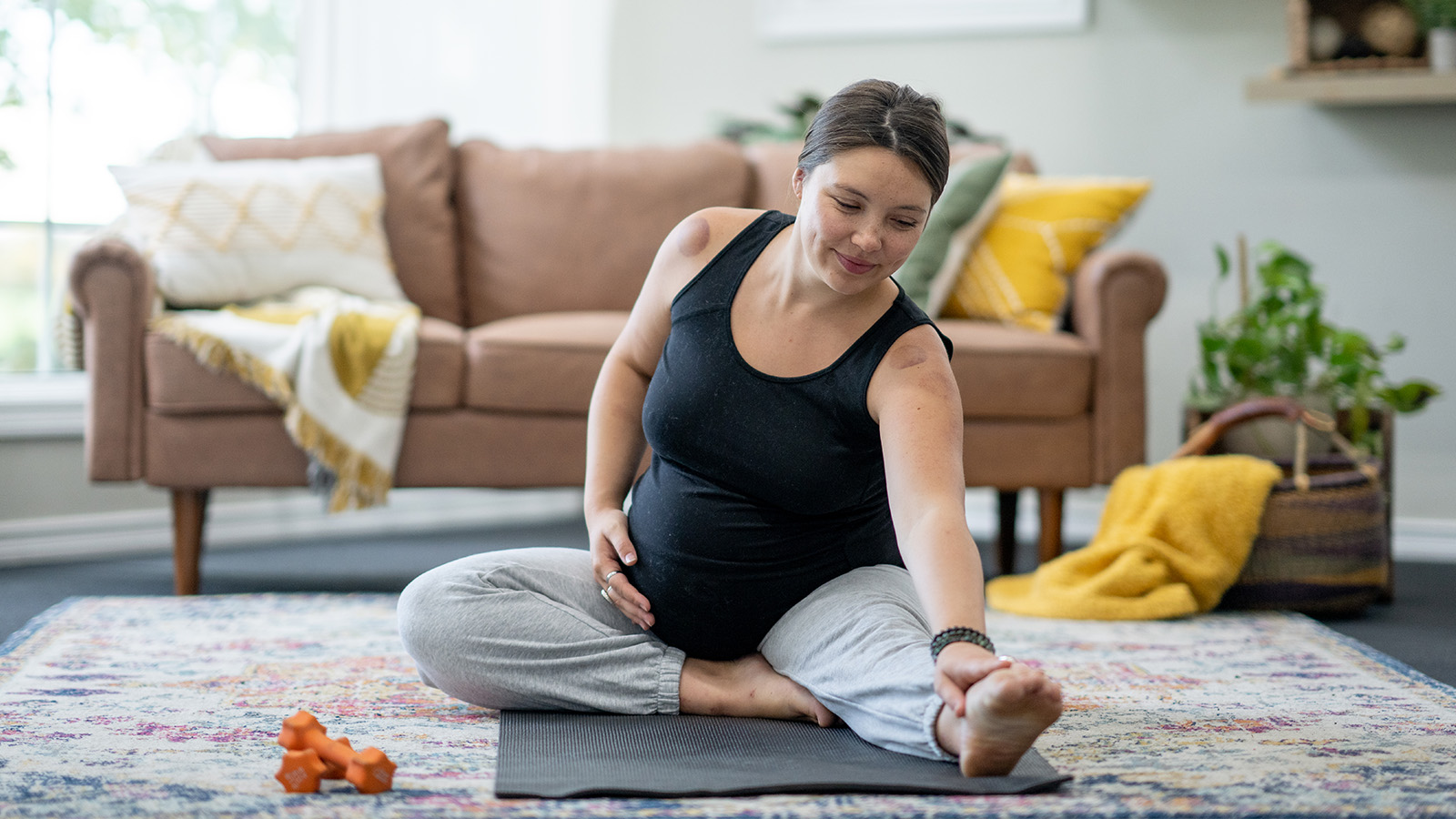
Is It Safe to Exercise During Pregnancy?

Prevent Yard Work Injuries: Tips for Mowing, Gardening, and Raking

How to Curb Nighttime Snack Cravings
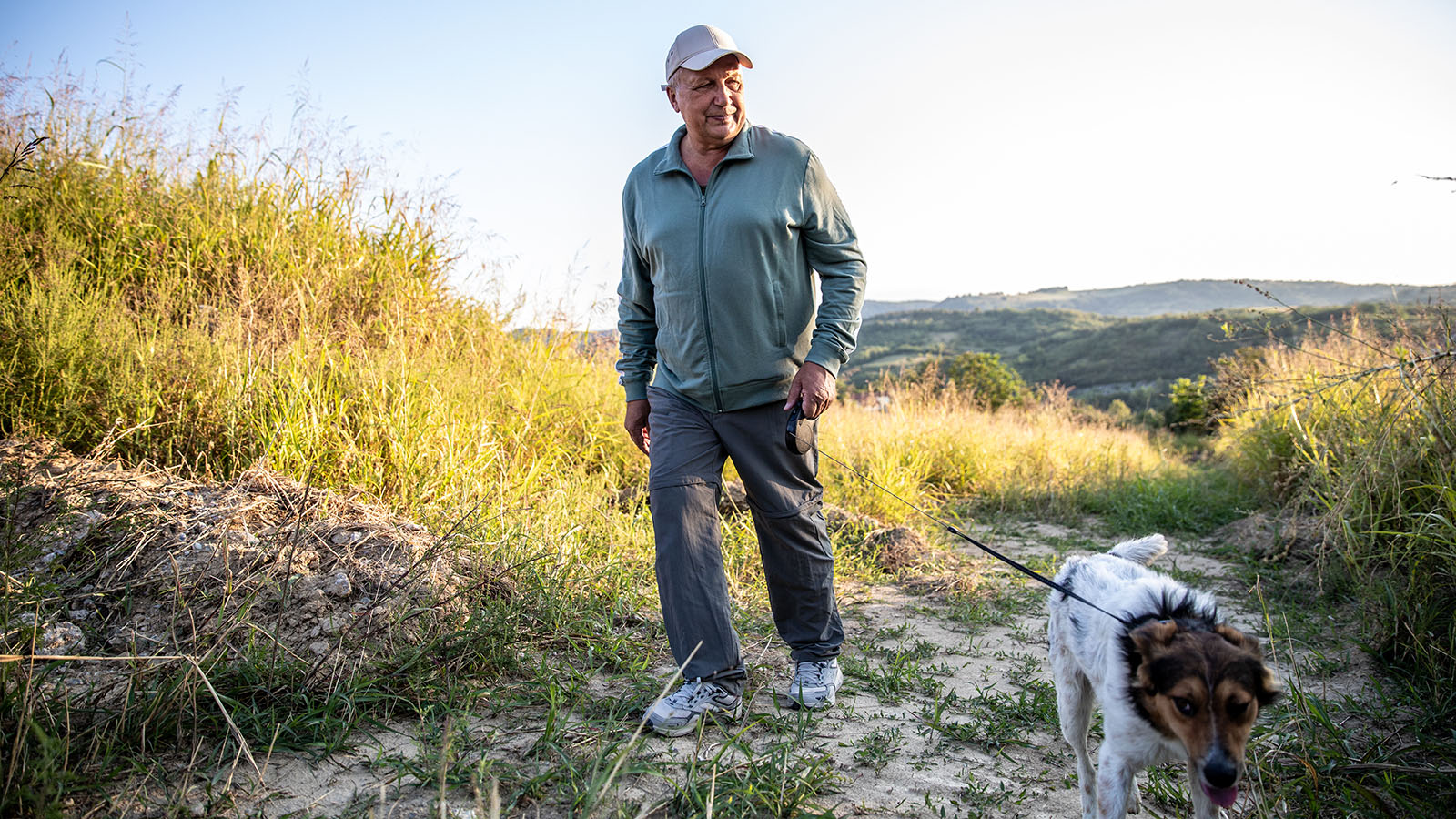
Is Your Daily Walk Making You Really Sore?

IBS and Alcohol: Can You Still Enjoy a Drink?
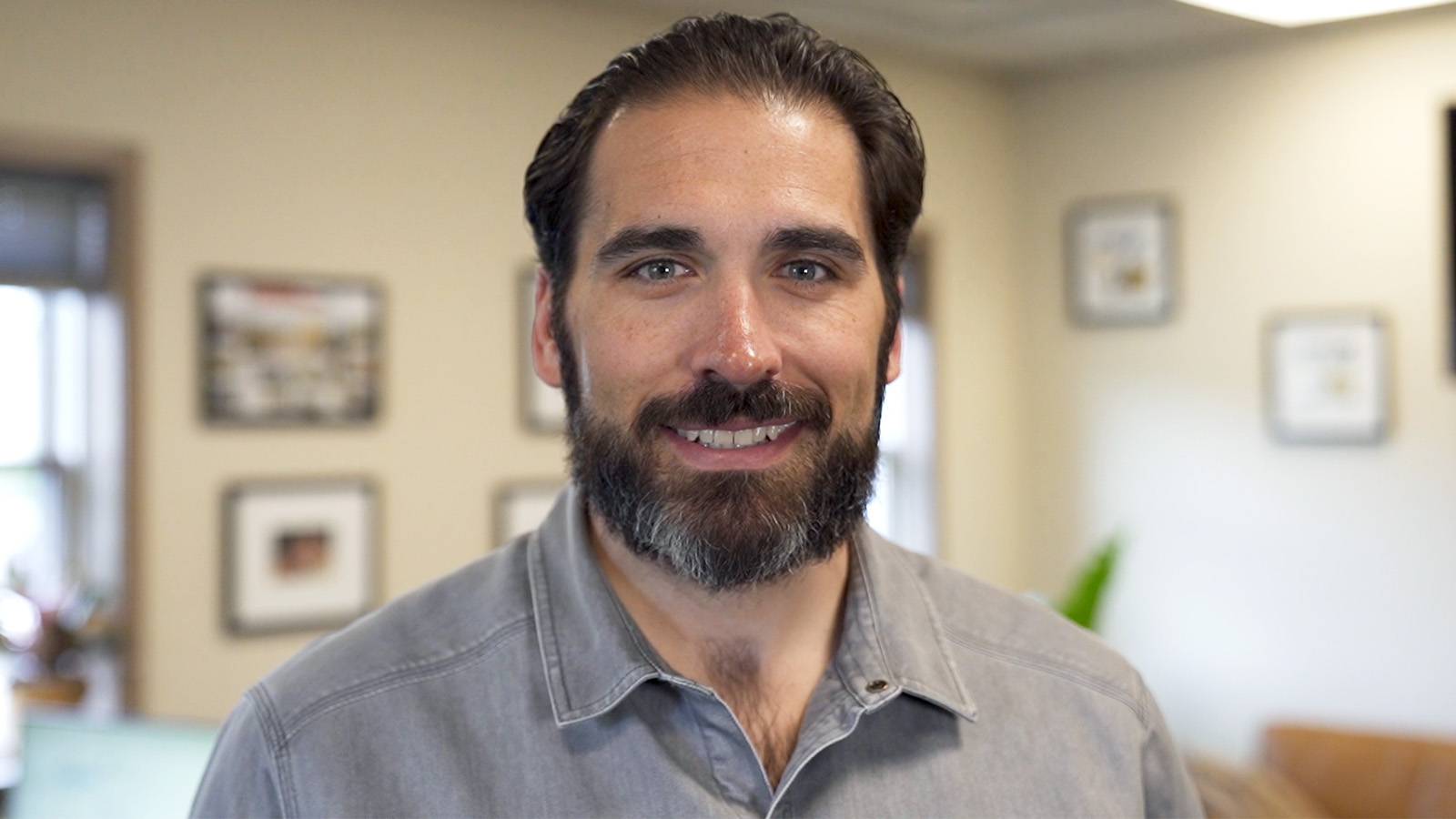
Focus on Mental Health Is Key Part of Andrew's Weight-Loss Journey

What You Need to Know About Epilepsy

'Feeling Joy Again': ECT Brain Stimulation Therapy Restores Ashley's Well-Being

Not Just for Wrinkles: Botox Injections Promote Improved Bladder Control

Easy, Healthy Lunch Ideas for the Beach

How to Stay Cool and Prevent Heat Illness All Summer Long
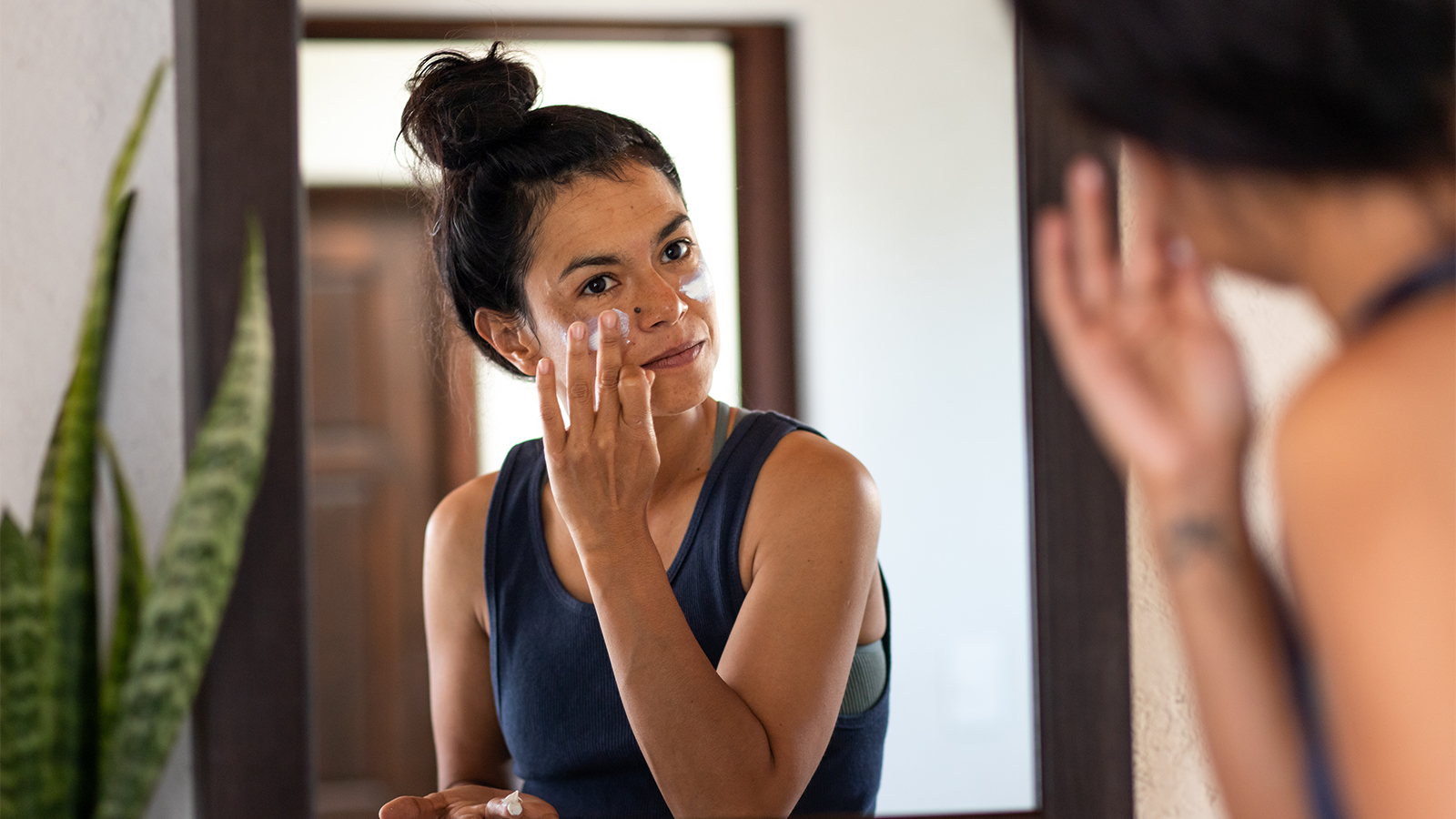
Do Not Get Burned by These Sunscreen Myths

Beat the Bugs and Save Your Summer

What Happens to Your Body When You Don't Get Enough Sleep?

How to Have a Healthy Pregnancy if You're Overweight

Why You Get Sick on Vacation (and How to Stay Healthy While Traveling)
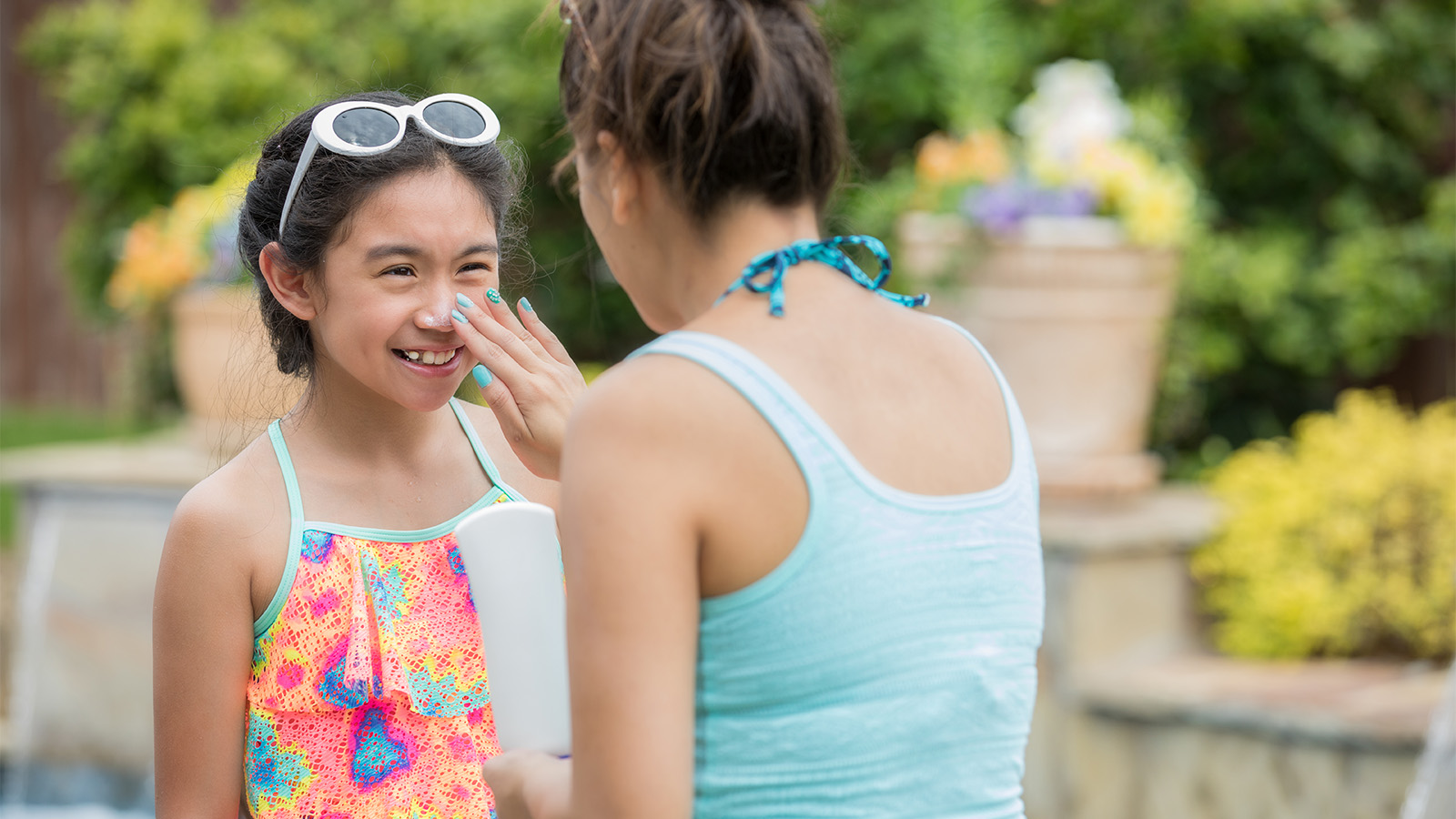
6 Hot Tips for a Safer Summer

4 Surprising Health Truths You Should Know

5 Interesting Facts About Your Heart

Is Low Sex Drive Normal? Revealing the Complex Causes of Low Libido in Women

5 Feel-Good Activities to Explore Around South Jersey
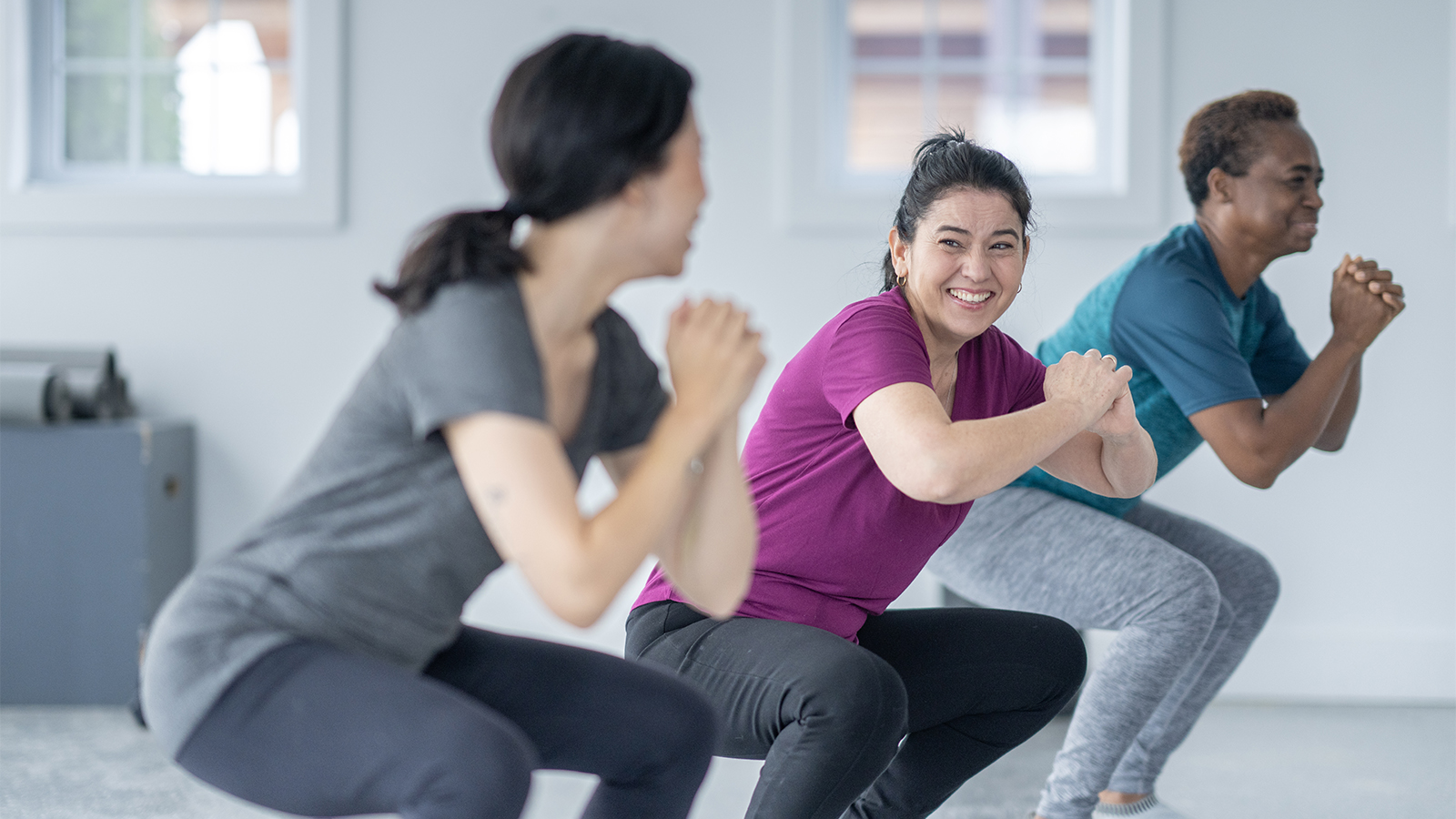
Stress Incontinence vs. Urge Incontinence: What's the Difference?

5 Key Facts About Proton Therapy for Cancer Treatment

3 Changes You Can Make Today to Lower Your Cancer Risk
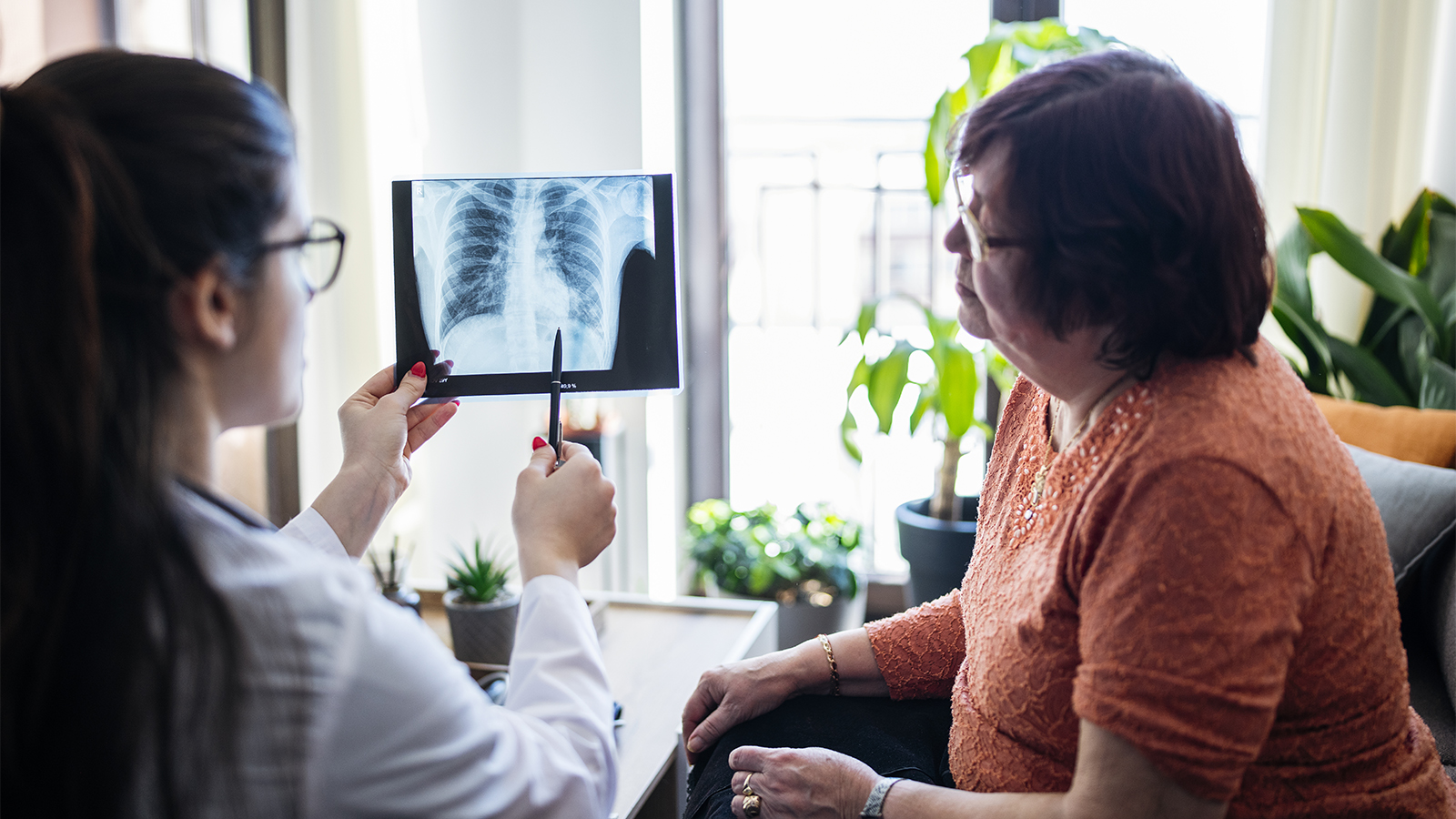
A Lung Cancer Screening Could Save Your Life
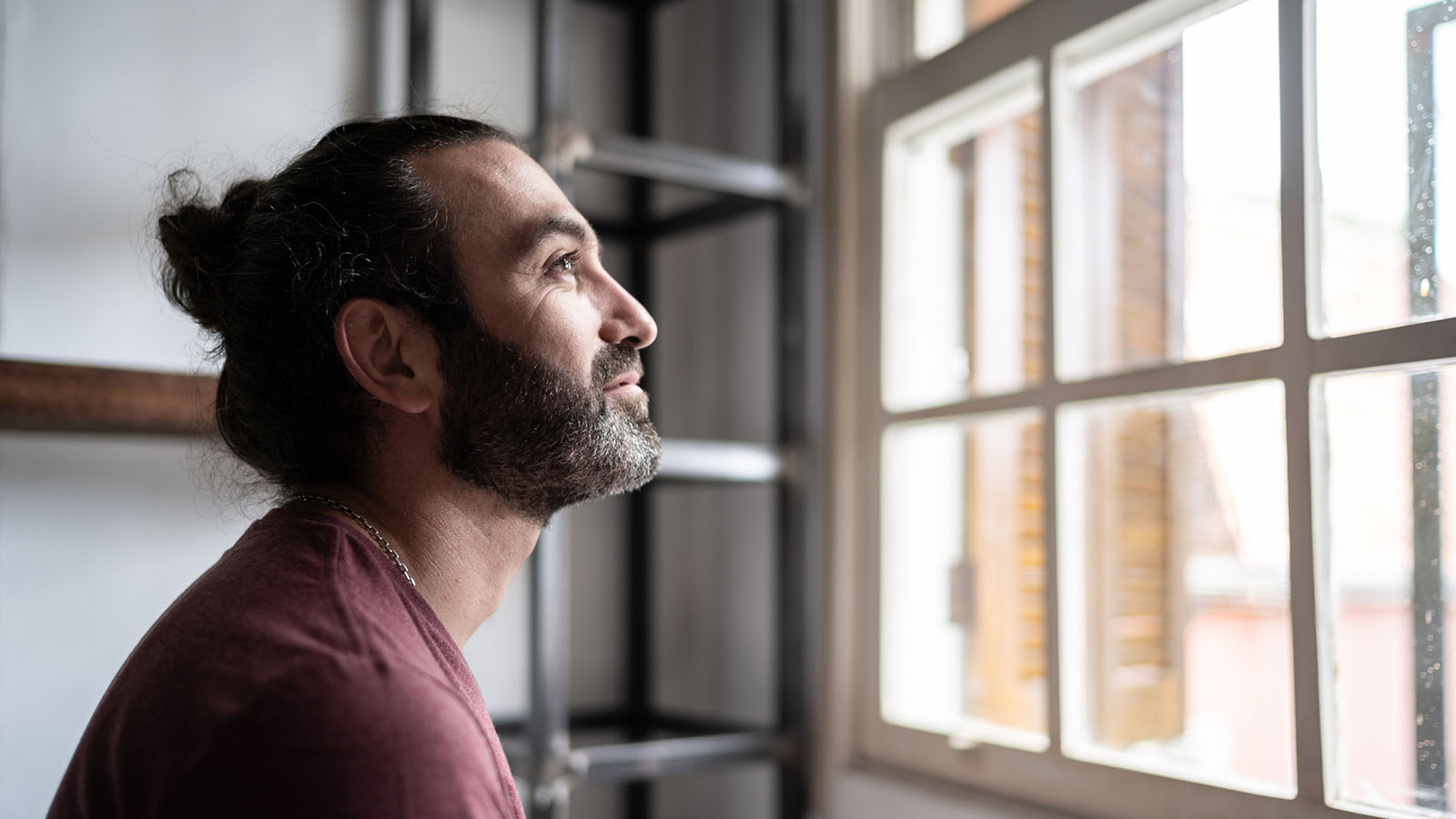
Mood Swings vs. Mood Disorders: Know the Signs and Get Help
Are emotional ups and downs disrupting daily life? Learn common signs of mood disorders, and when to talk to a doctor about diagnosis and treatment options.

Take Pride in our Health: Must Dos for LGBTQ+ Preventative Care
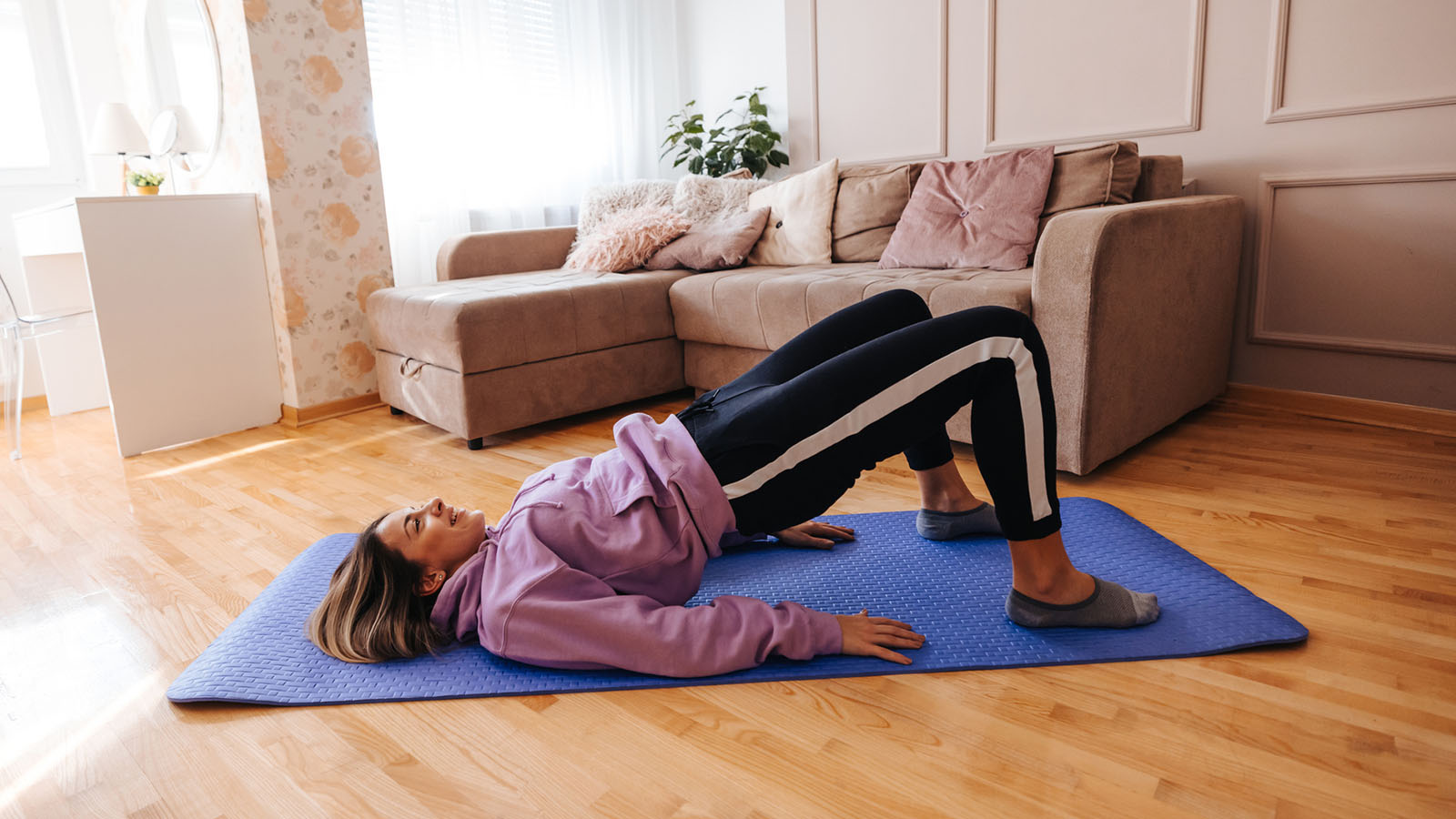
4 Foolproof Pelvic Floor Strengthening Exercises for Women
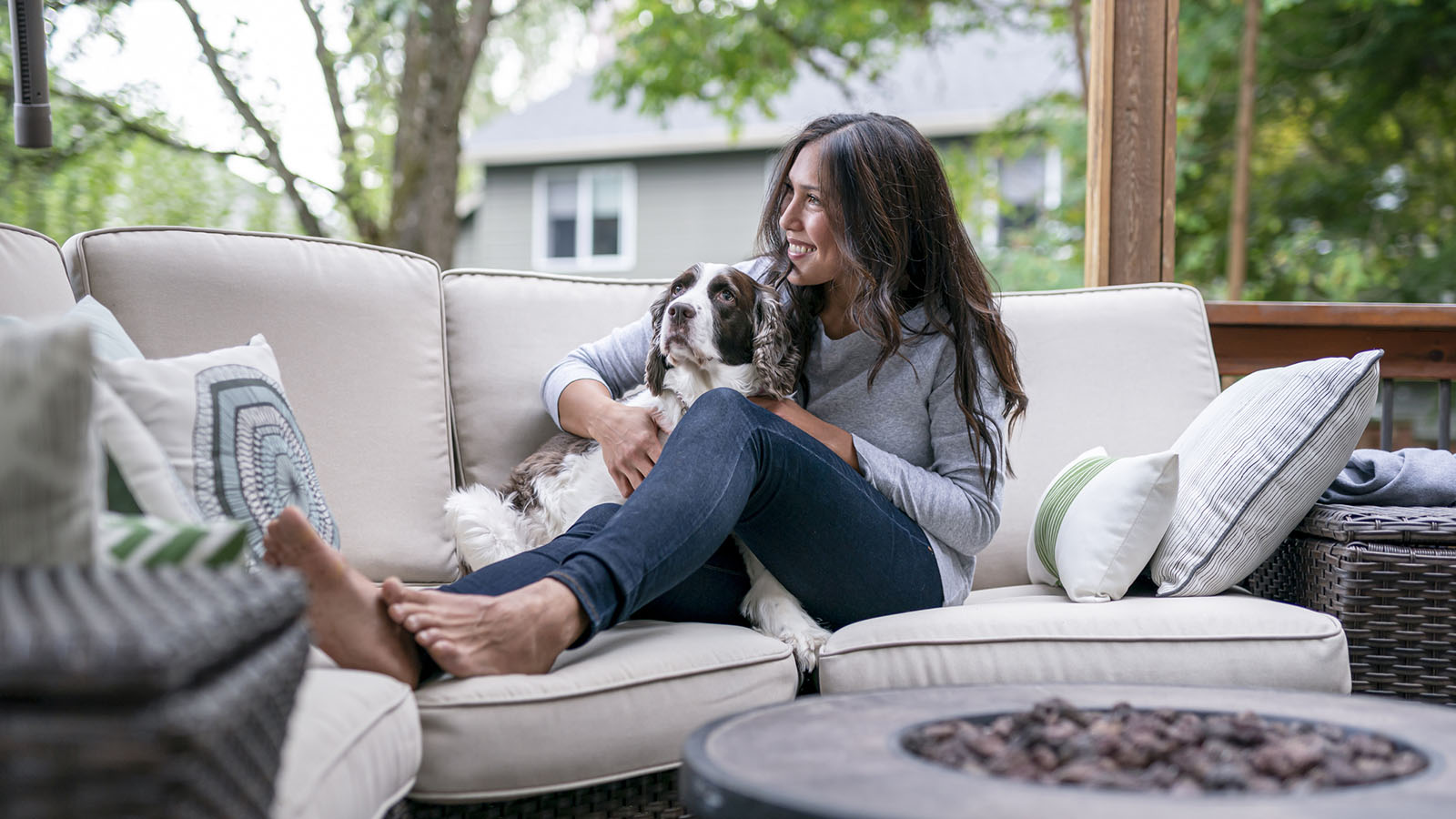
What to Expect During Perimenopause

Protect Yourself From Tick Bites and Lyme Disease

10 Quick Ways to De-Stress
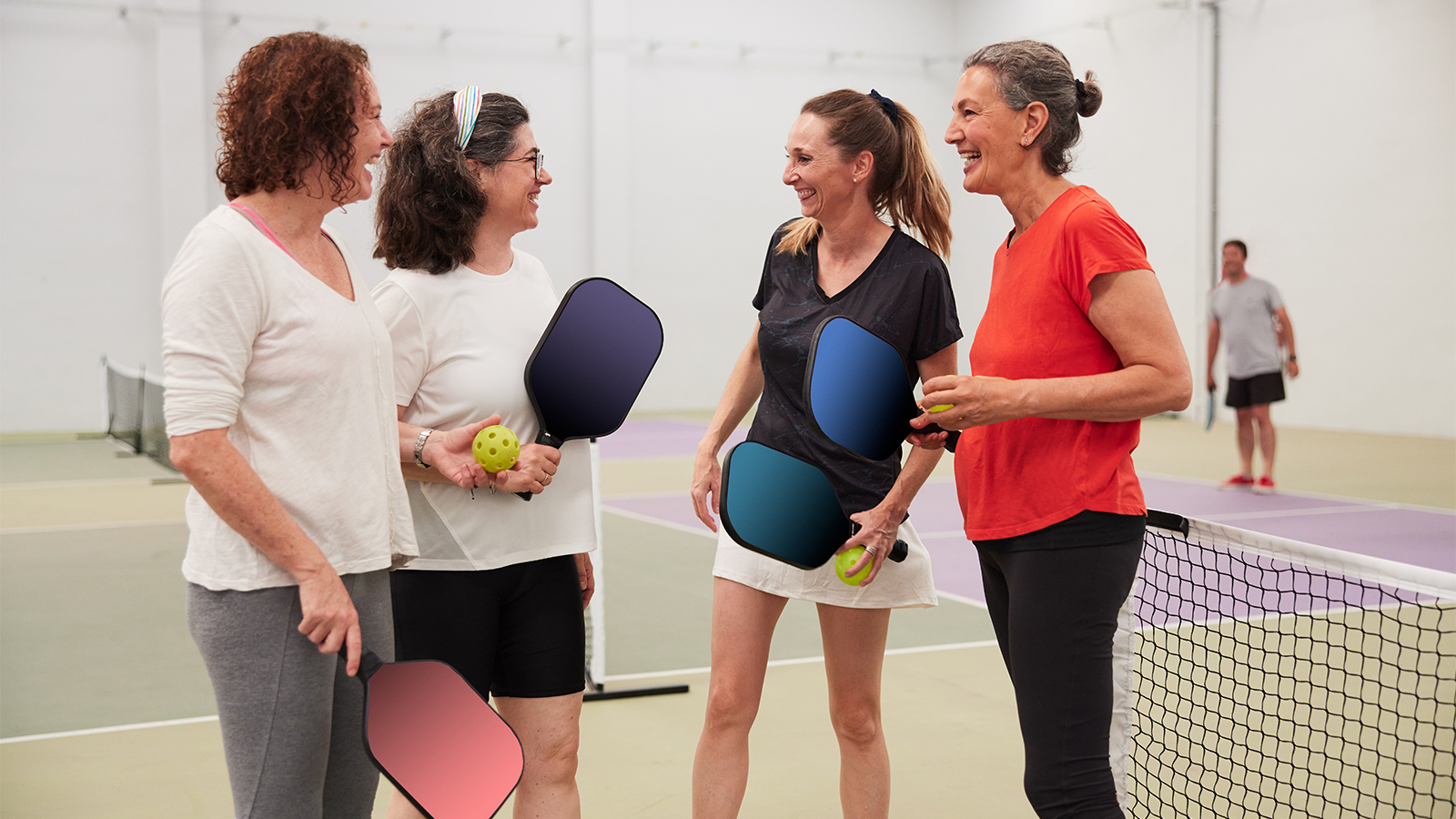
4 Ways to Stay Fit and Healthy on a Budget

6 Tips to Tame Your Spring Allergies

Do You Know the Signs and Symptoms of Uterine Fibroids?
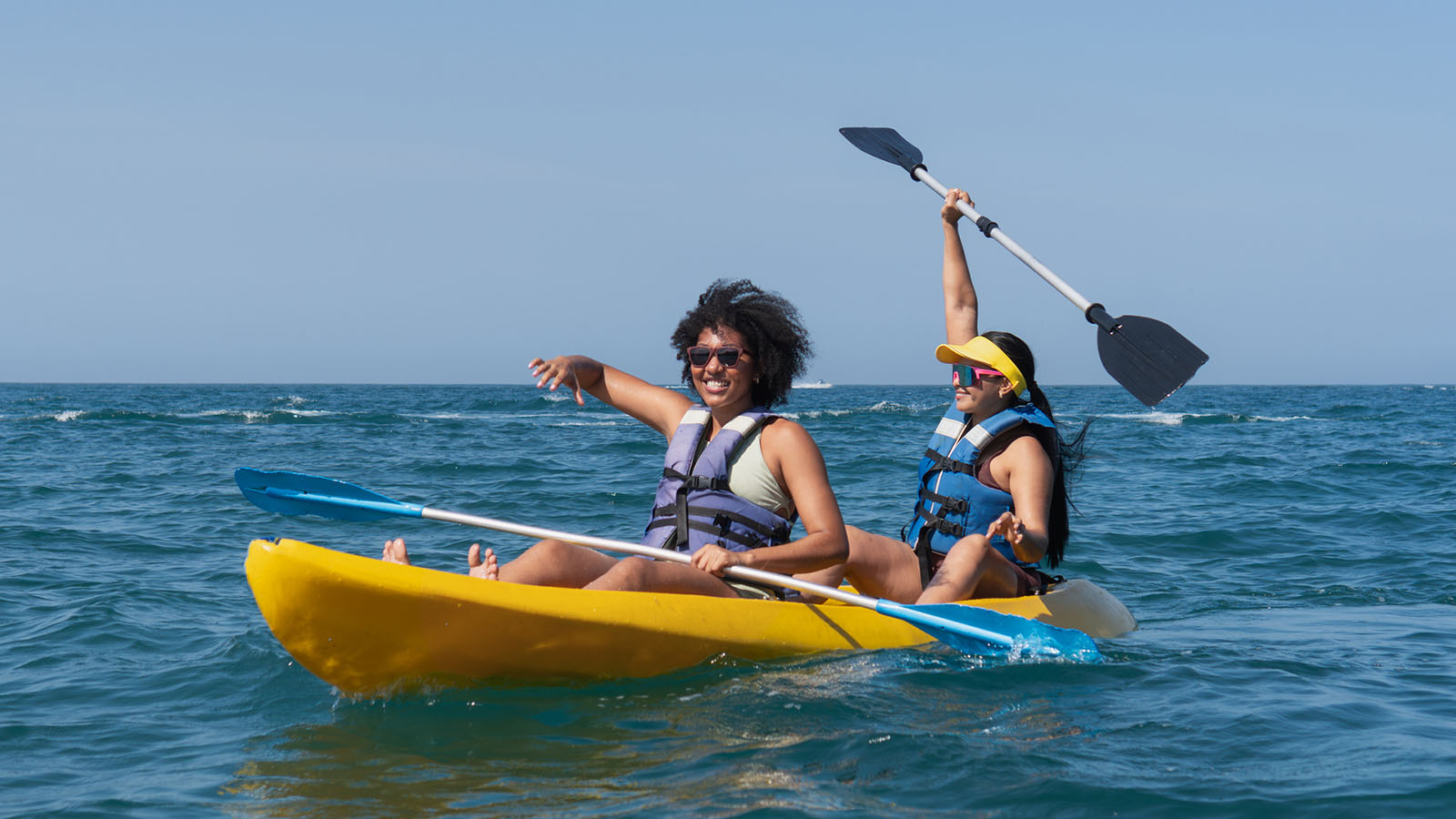
How Are Uterine Fibroids Treated?

From Restless to Restful: How Movement Improves Sleep

5 Simple Ways to Spring Clean Your Wellness Routine
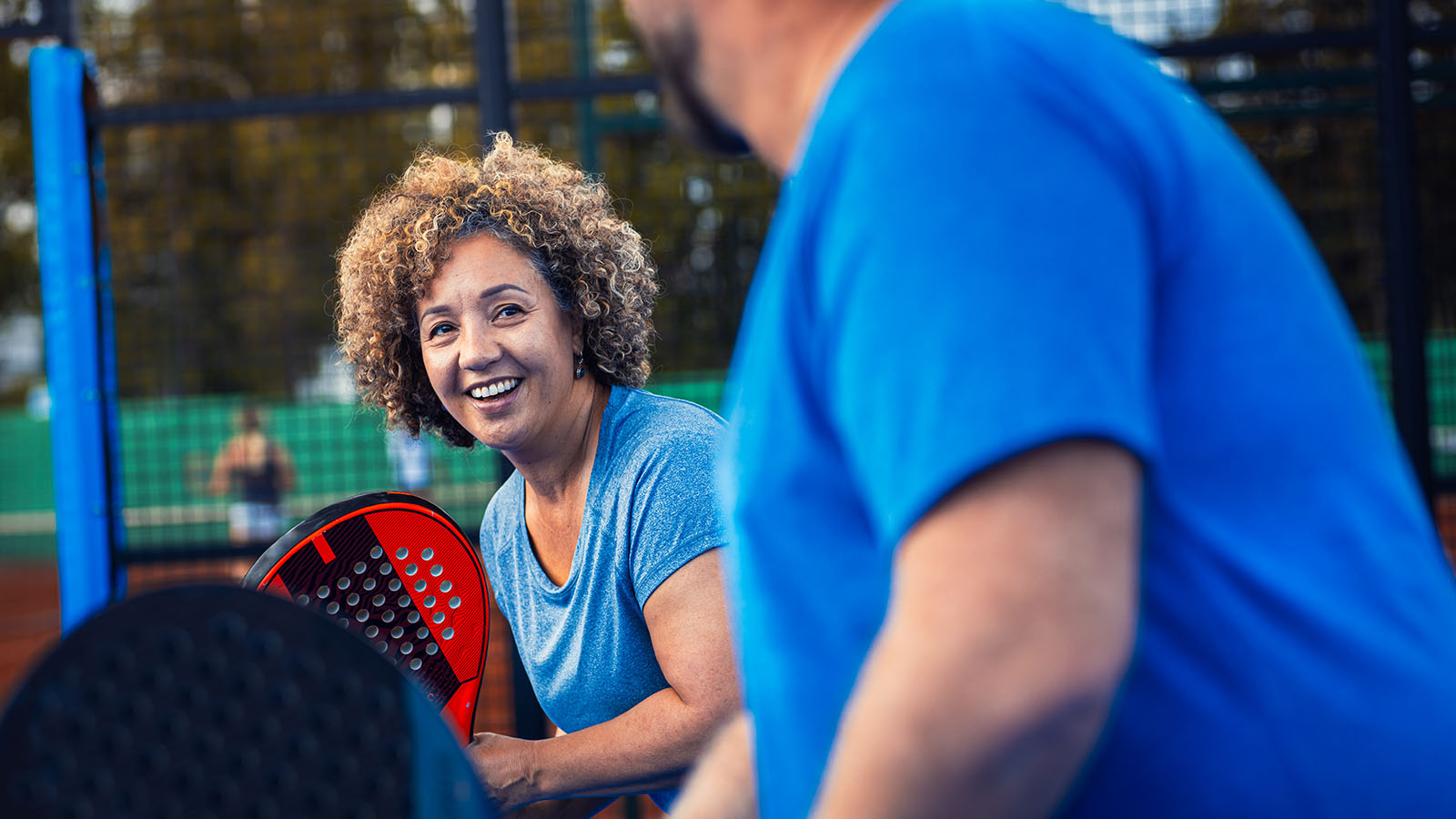
How Can I Prevent Bone Loss and Osteoporosis?

Is an At-Home Colon Cancer Test a Good Alternative to a Colonoscopy?

How Do You Manage the Side Effects of Weight-Loss Medications?

A Woman’s Four-Step Guide to Fight Back on Back Pain
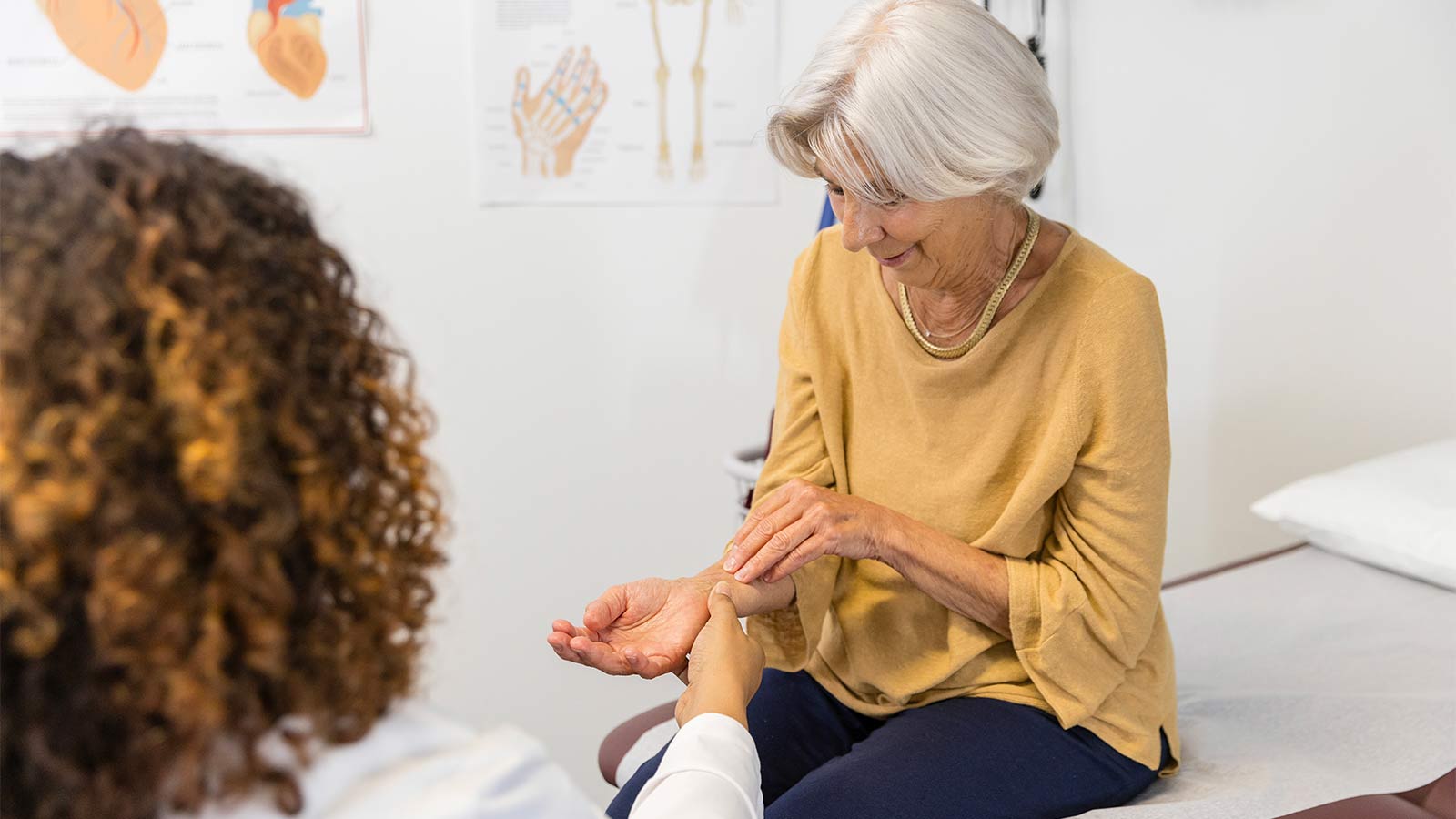
What You Need To Know About Carpal Tunnel Syndrome
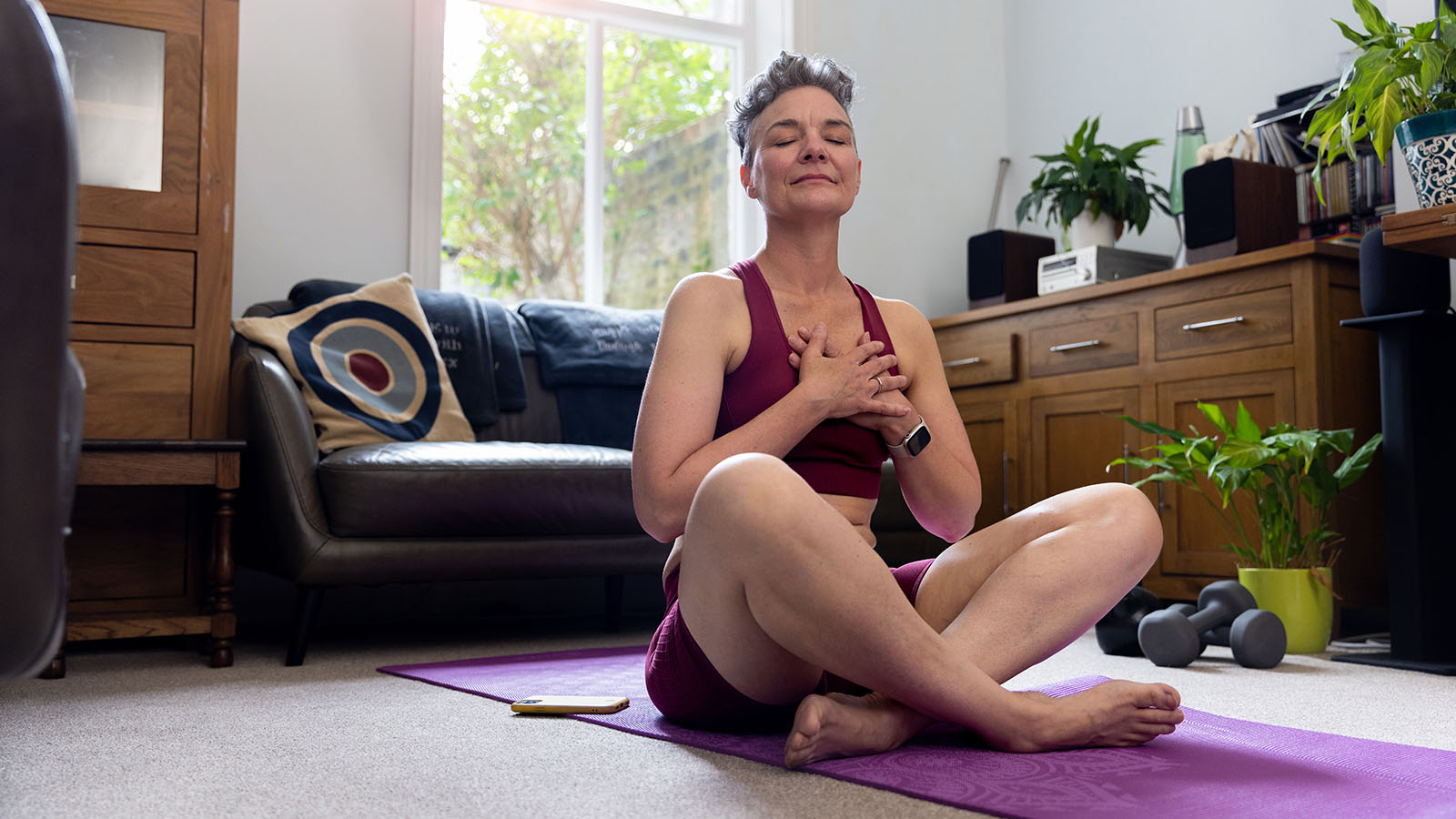
The Truth About Menopause, Weight Gain, and Belly Fat

Shedding Light on Lesser-Known Menopause Symptoms and Solutions

Debunking The Myths About Vaginal Dryness
Inside Look at Blood Vessels Aids PAD Treatment
Denise Davis: Pay Attention to Your Heart Health

What You Need To Know About Stroke Treatment

Best Foods for Kidney Health

10 Smart Ways to Manage Your Diabetes

What Causes Food Addiction And What Are The Signs
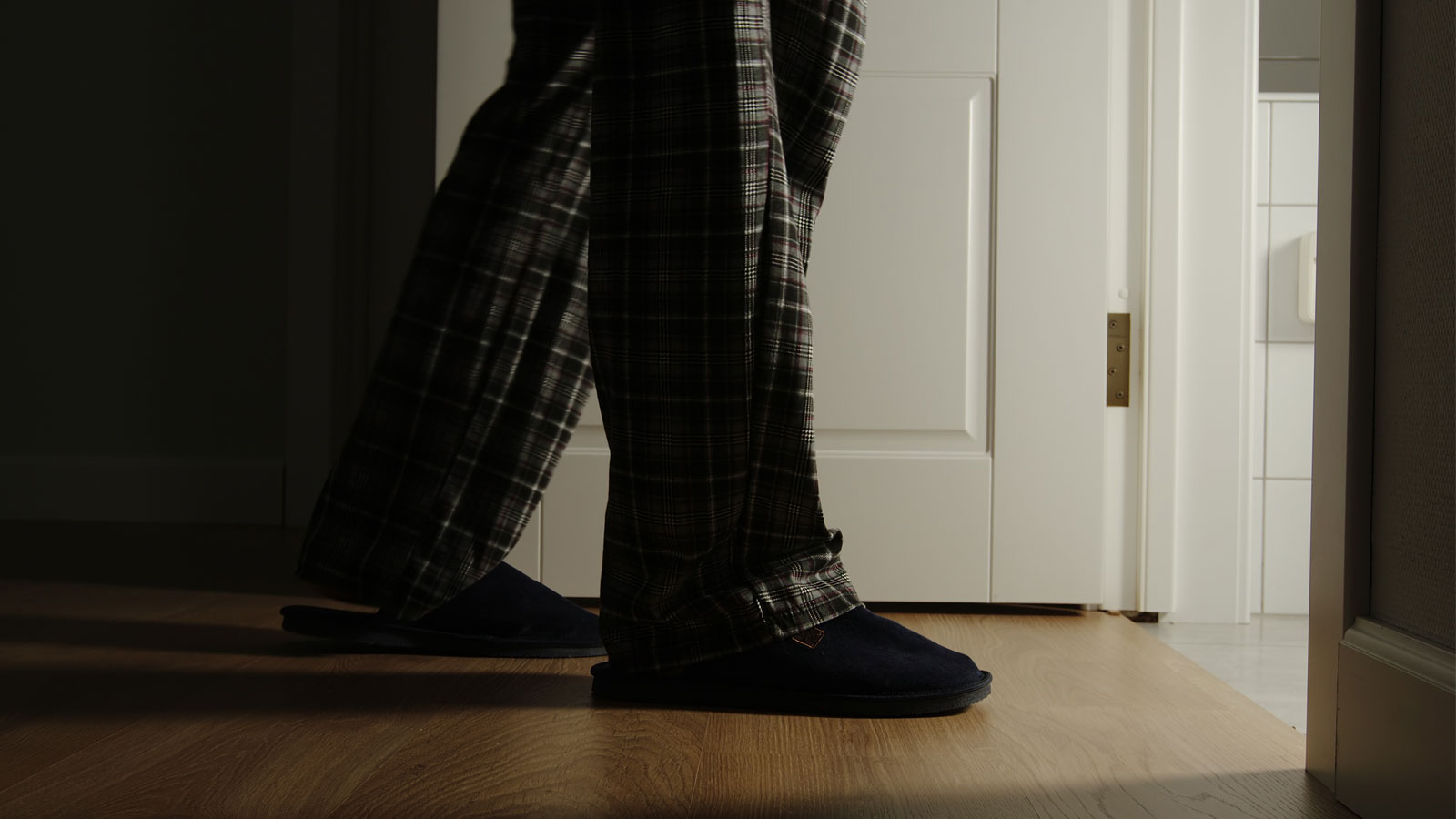
Signs You May Have Chronic Kidney Disease

5 Essential Winter Foot Care Tips When You Have Diabetes

Sweet Music: Trust, Teamwork Save Justin from Heart Attack

Complex Heart Surgery Nets James a Lifelong Friend

Your 10-Point Plan to Avoid Winter Weight Gain
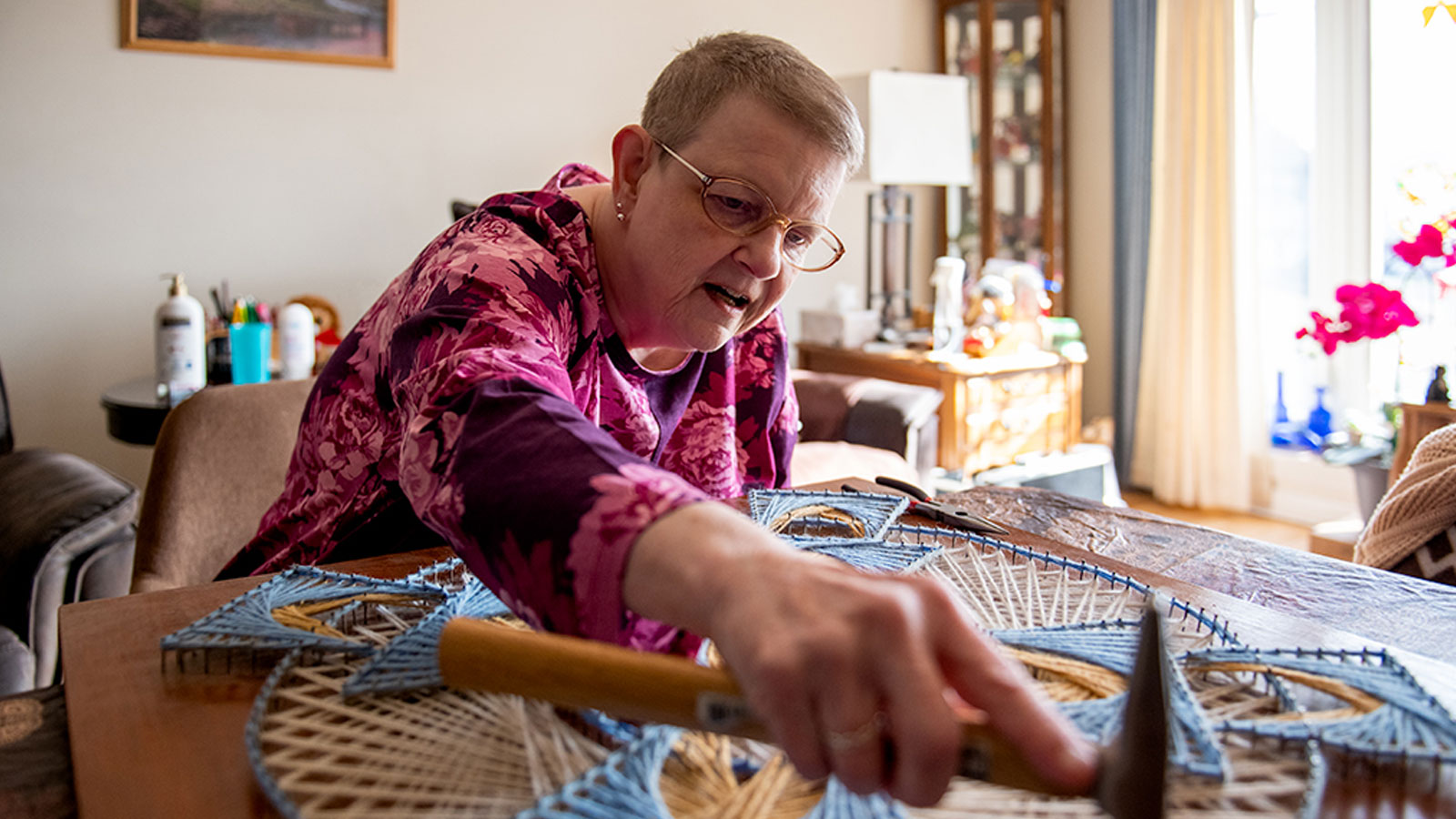
Hepatitis C Kidney Transplant a Blessing For Lee Manns
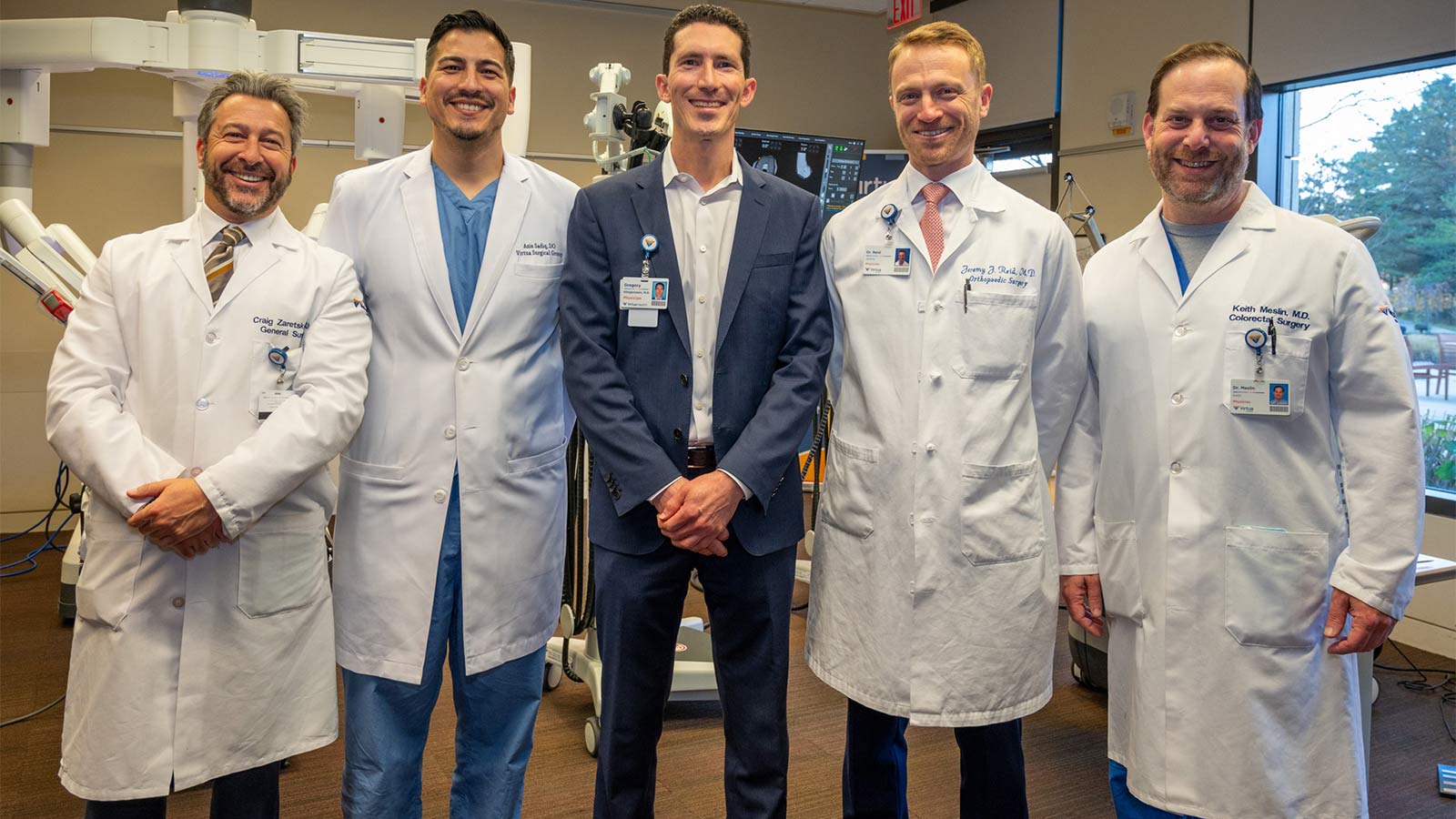
7 Reasons Why You Want Your Surgeon to Be an Expert in Robotics

Colitis Symptoms Under Control, Jennifer Is ‘Living My Best Life’
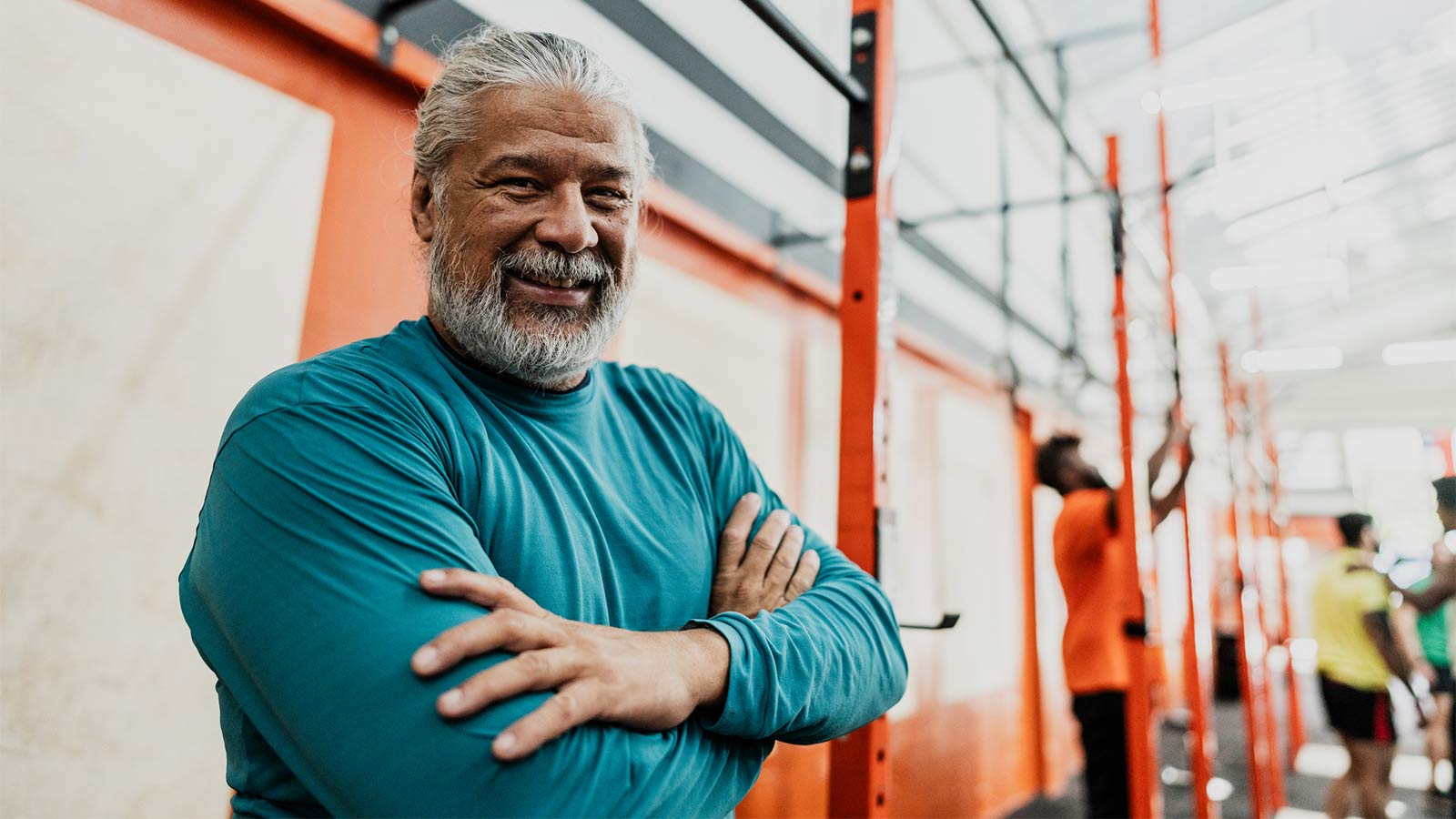
How Do I Care for a Wound that Won't Heal?

Surprising Symptoms May Signal Stroke In Women

8 Key Steps to Better Blood Pressure Control
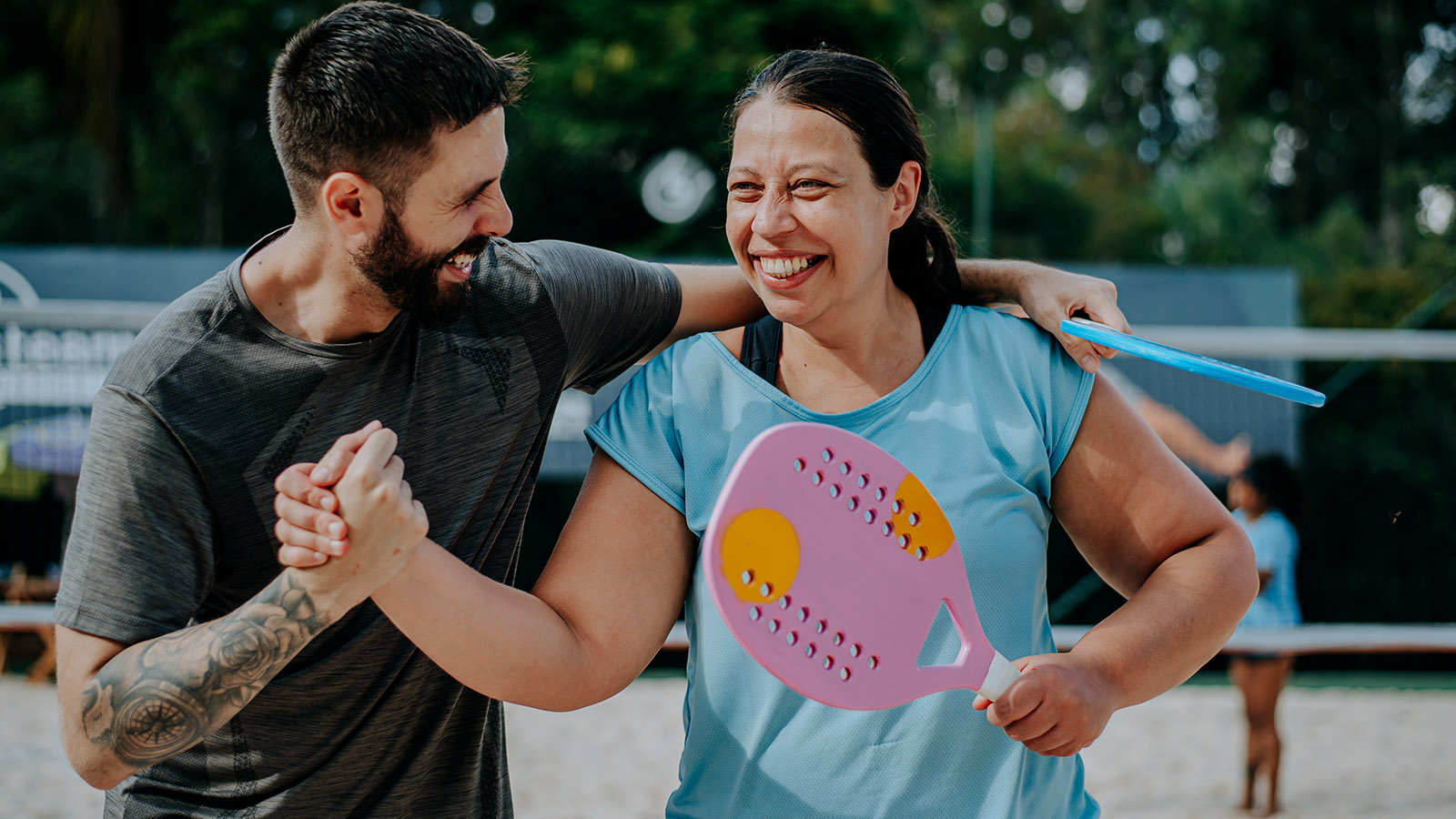
Five Back Pain Risk Factors That You Should Know

Is My Back Pain Normal, or Is It Spinal Stenosis?

Robotic Hernia Surgery Combines Innovative Techniques With Faster Recovery Times
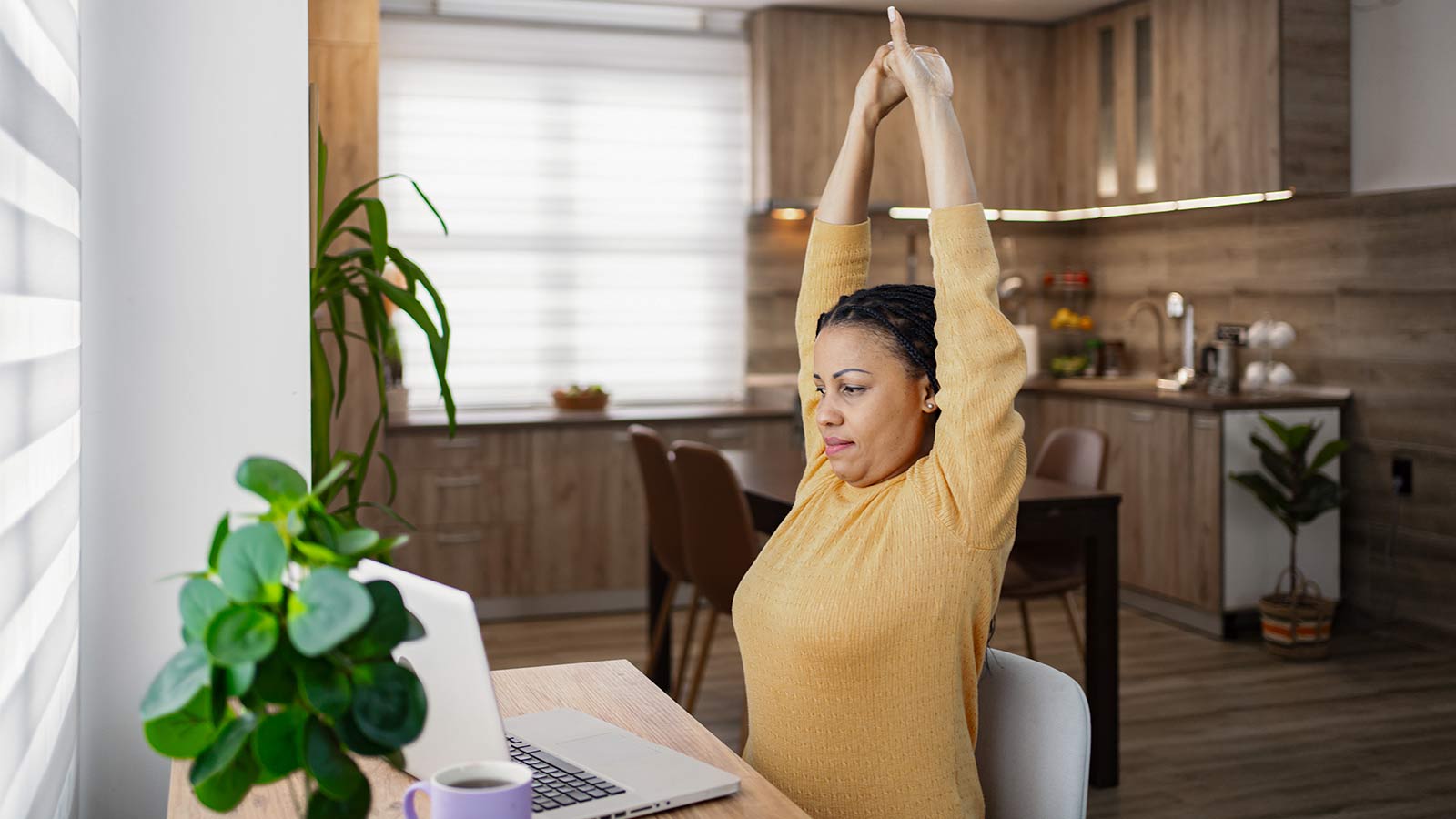
5 Back Stretches for the Work-From-Home Workweek

The HPV Vaccine: A Powerful Shield Against Cervical Cancer

How Does Breast Density Affect Your Mammogram?

Menopause: New Insights Into the Power of Hormone Replacement Therapy

How to Prevent and Treat Urinary Tract Infections
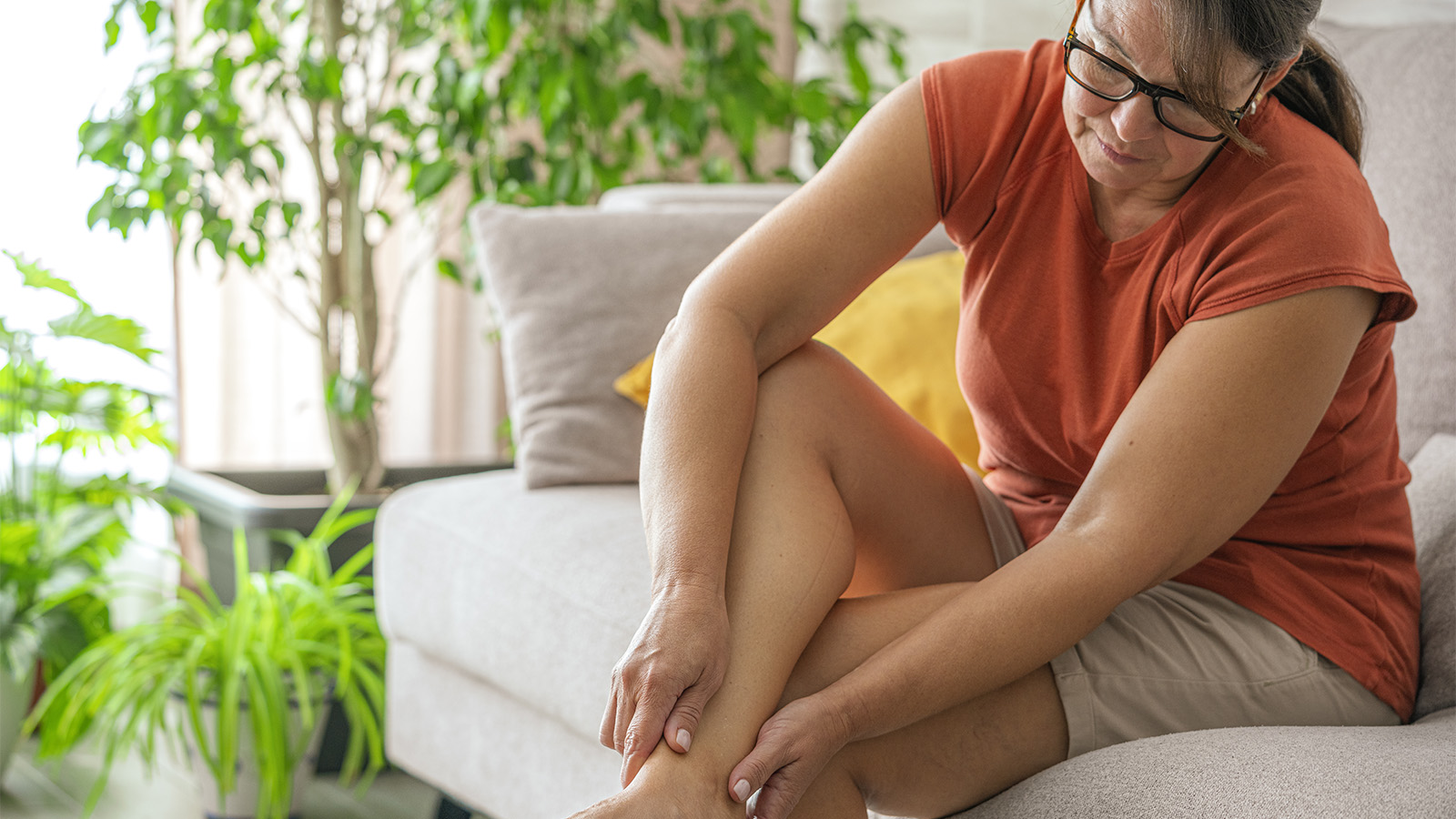
Signs You Should Get Treated For Vein Problems

One New Heart Valve Saves Two Lives in the Tritten Family

What You Need to Know About Heart Failure

6 Numbers Key to Keeping Your Heart Healthy
Lung Valve Surgery Relieves COPD, Emphysema Symptoms
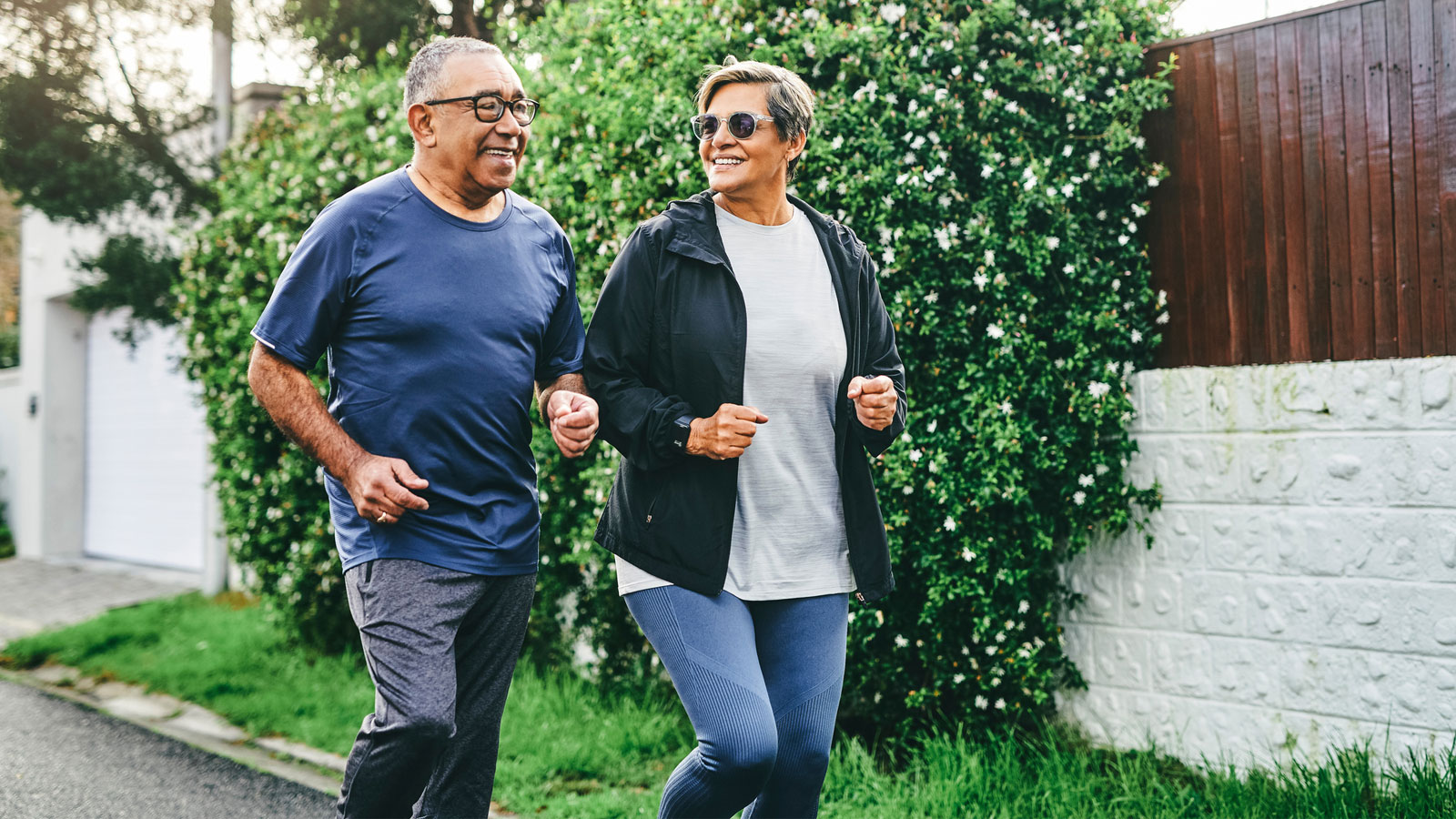
4 Easy Ways to Treat and Prevent Runner's Knee
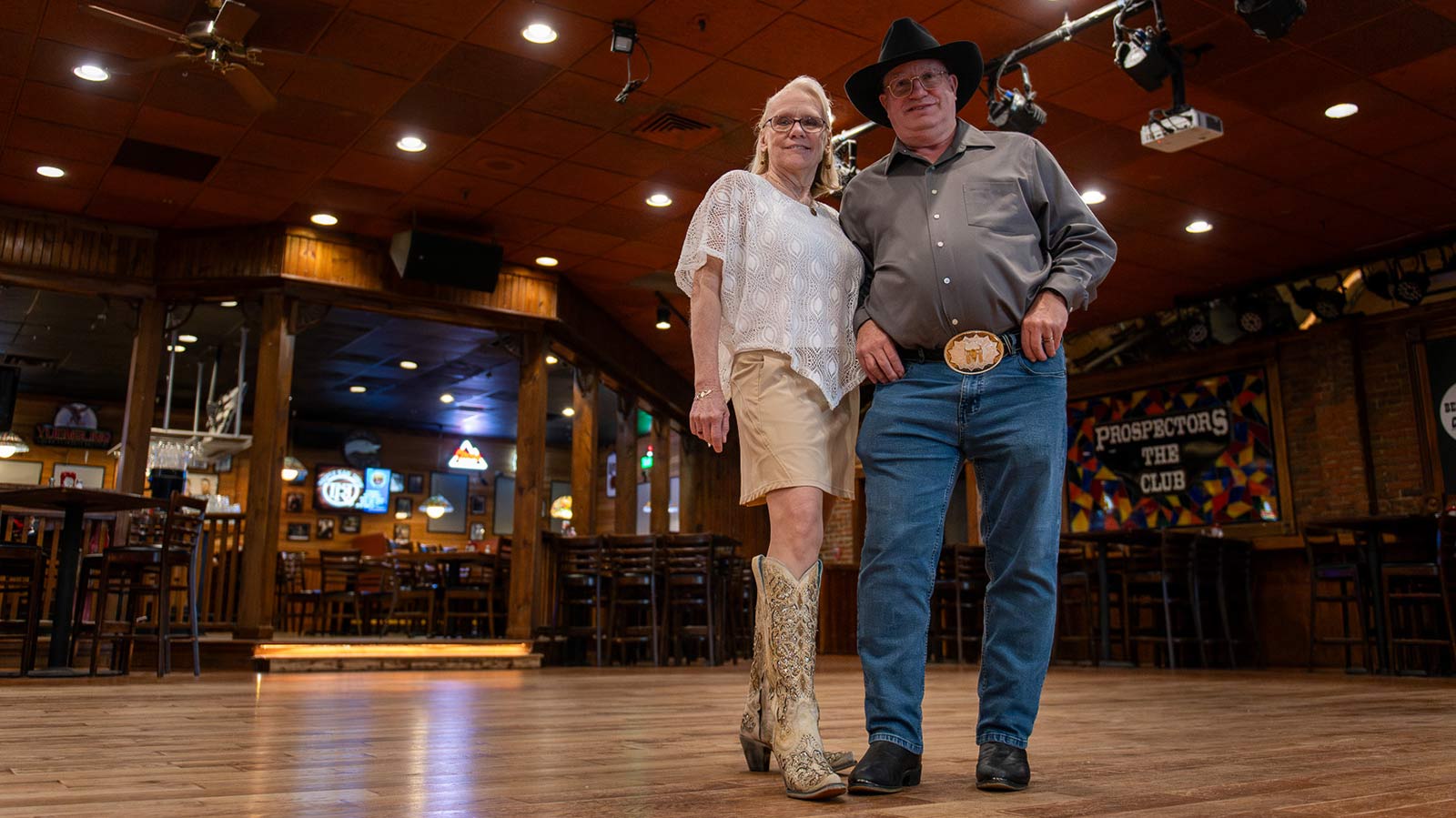
Lung Screening, Robotic Technologies Get Pat Kicking Up Her Boots Again

Breast Cancer Diagnosis Inspires Catherine to Help Others

Jasmine’s On-Air and Pain-Free After Gallbladder Surgery
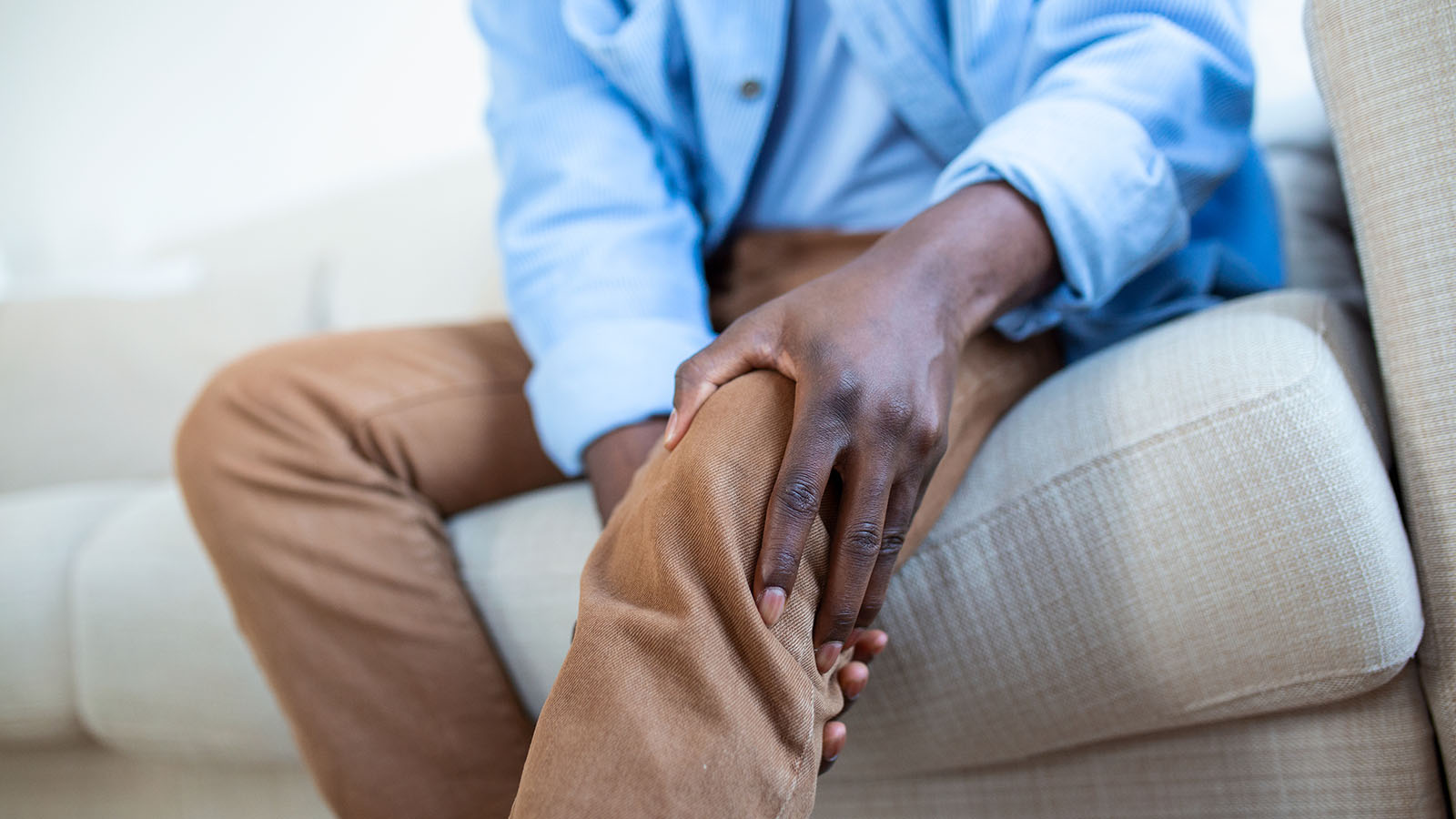
When Should I See a Doctor About My Knee Pain?

Quick Action Leads to Jesse's Recovery From Stroke

A Non-Athlete’s Guide to Shoulder Overuse Injuries
Shoulder problems aren’t limited to athletes. Virtua orthopedic surgeon Sean McMillan, DO, explains shoulder overuse injuries and prevention in this article.
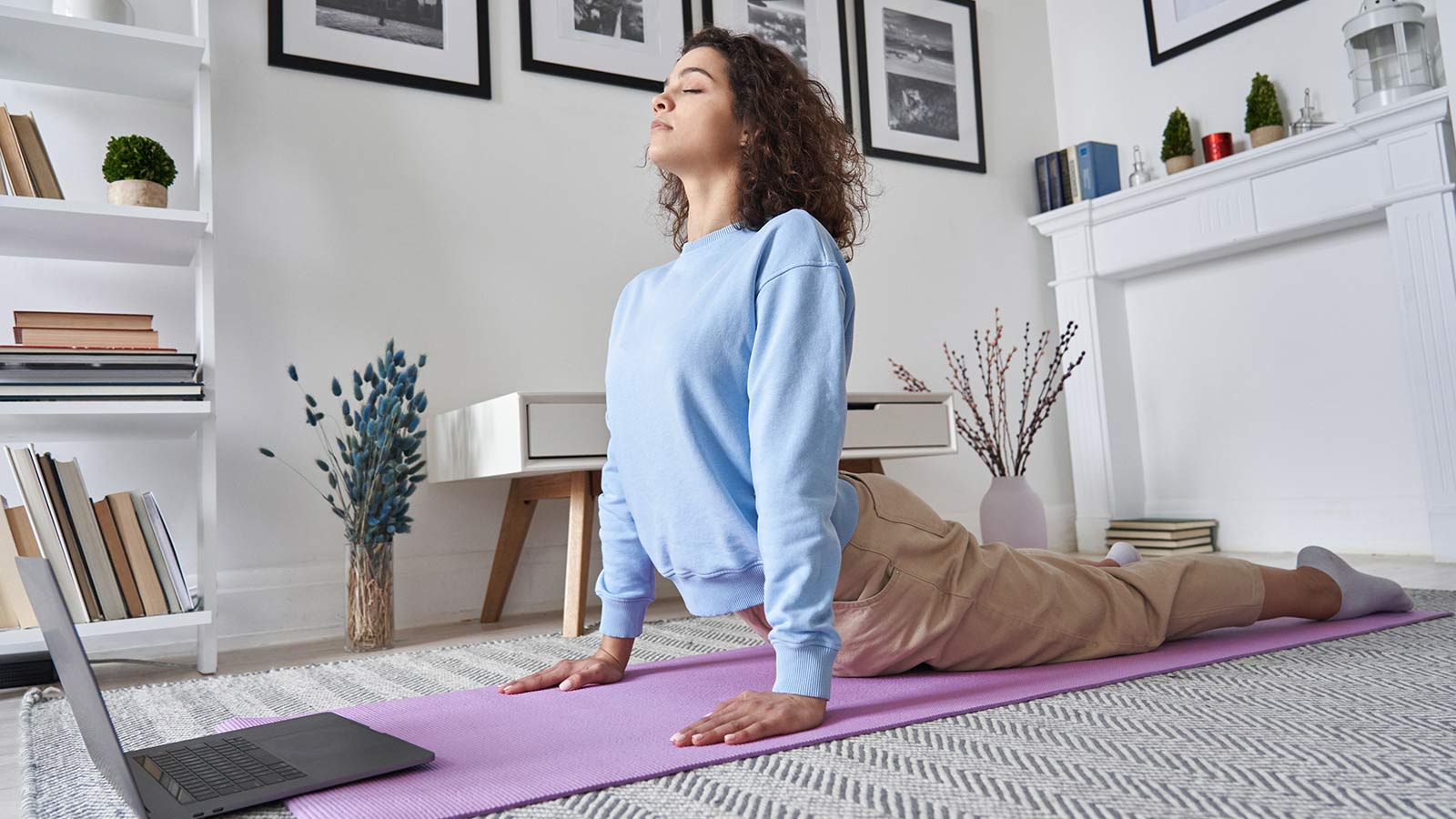
Put Lower Back Pain Behind You With This Ten-Step Guide
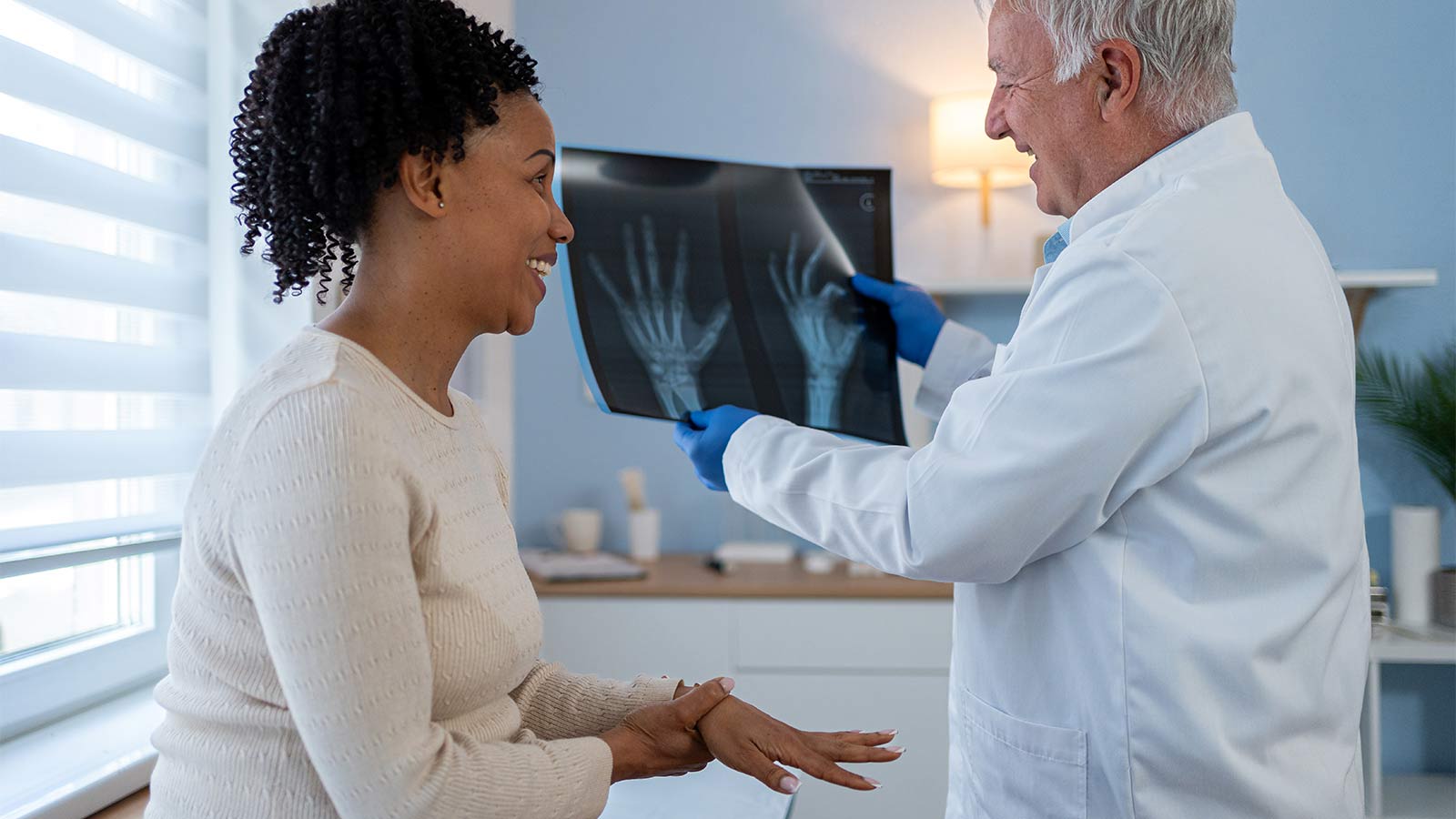
Wide-Awake Hand Surgery Speeds Recovery, Puts Control in Patients' Hands
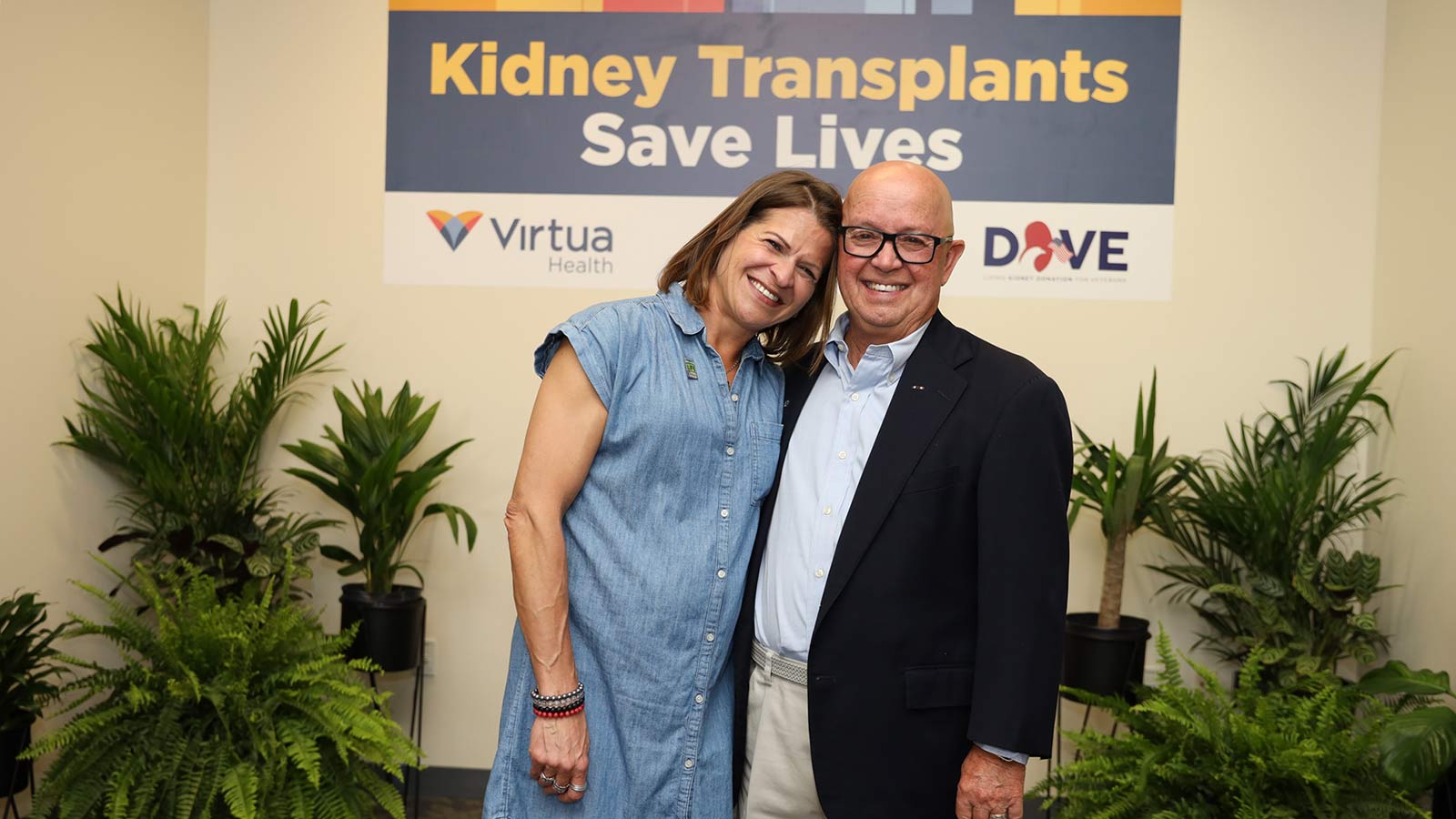
South Jersey Veteran Thrives After Cross-Country Kidney Donation
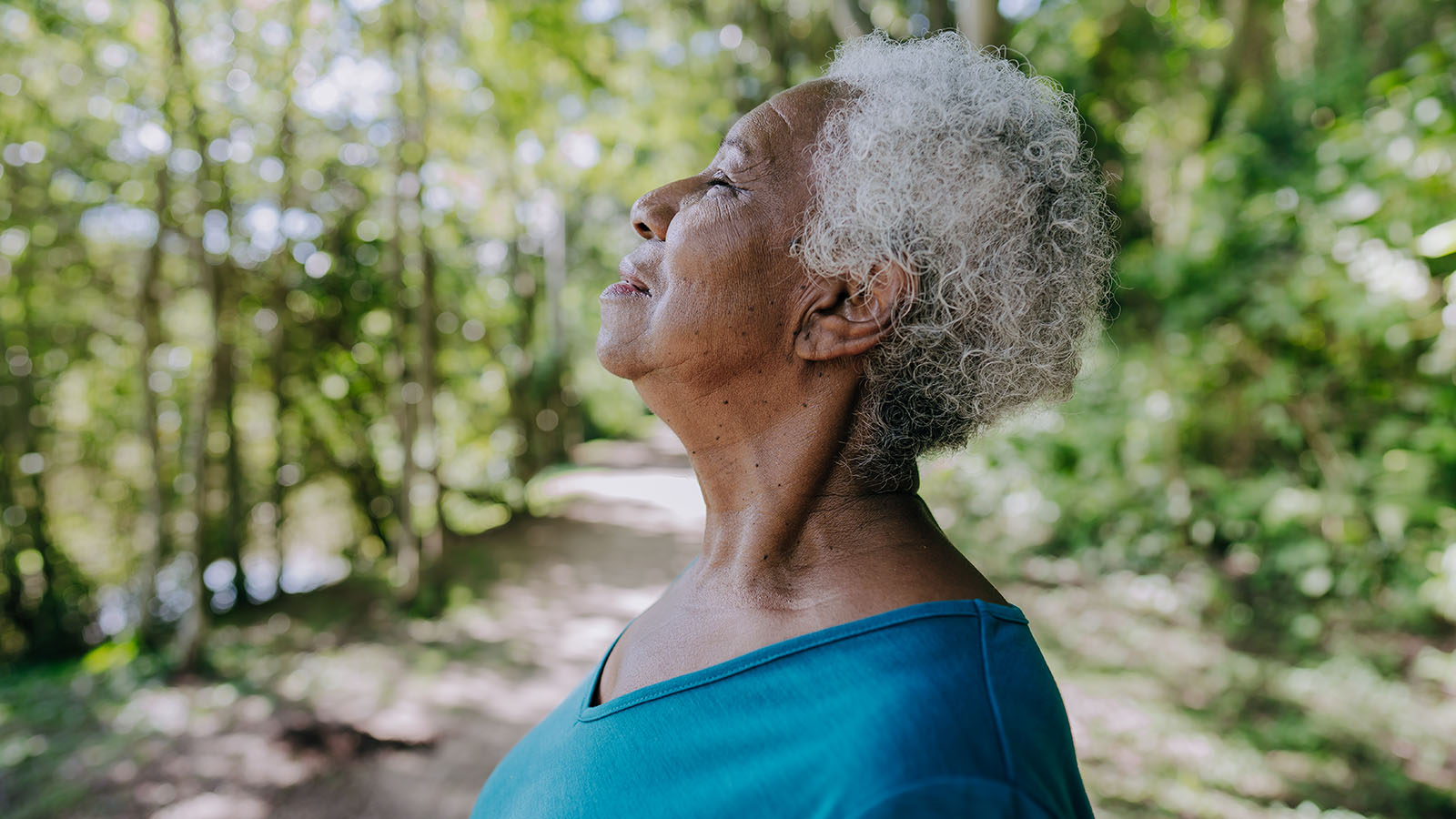
Five Mindfulness Tips That Can Help Heal Your Heart
Working from Home? Take a Quick Break to Stretch Your Wrists
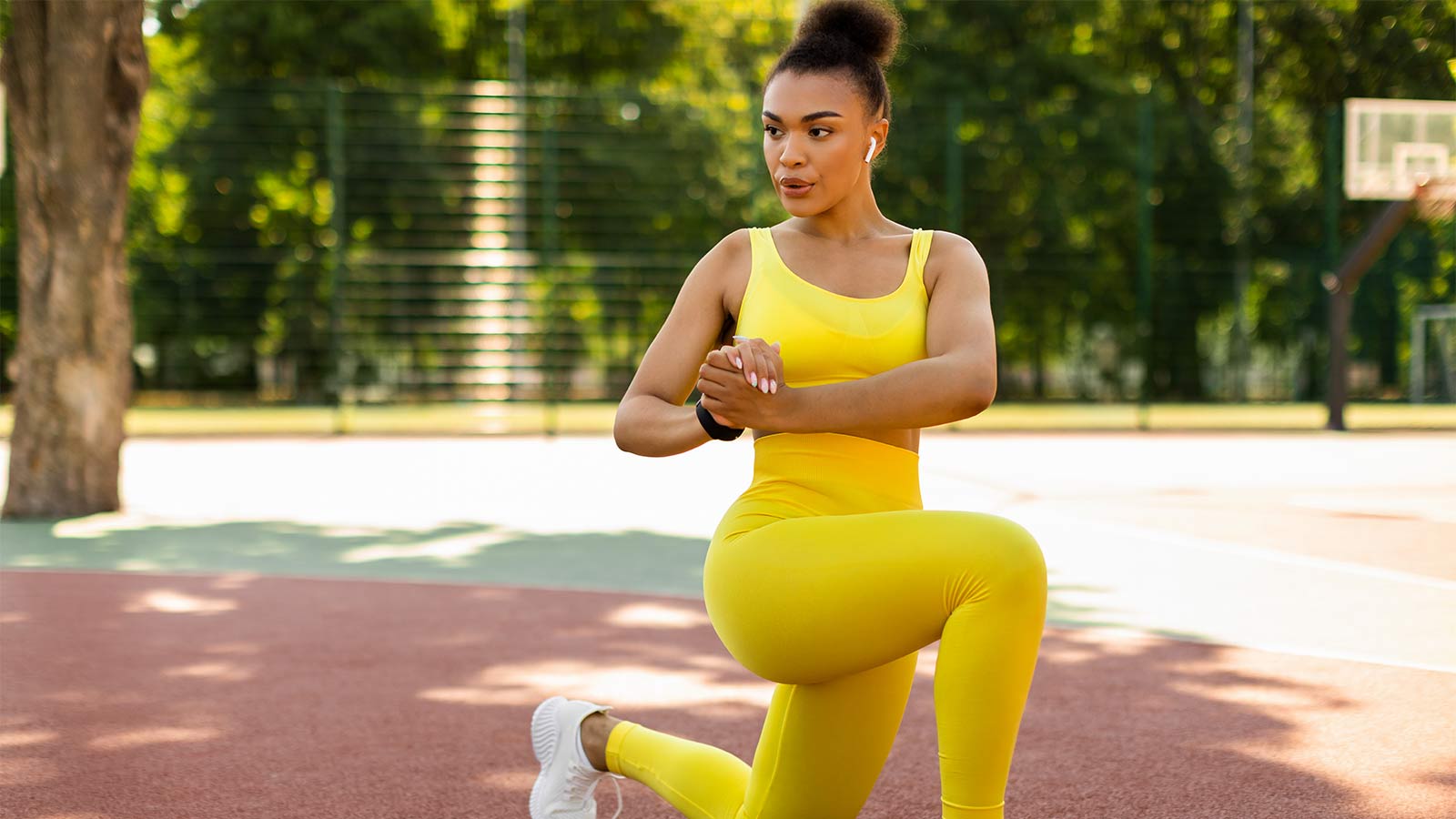
3 Ways to Avoid Knee Pain
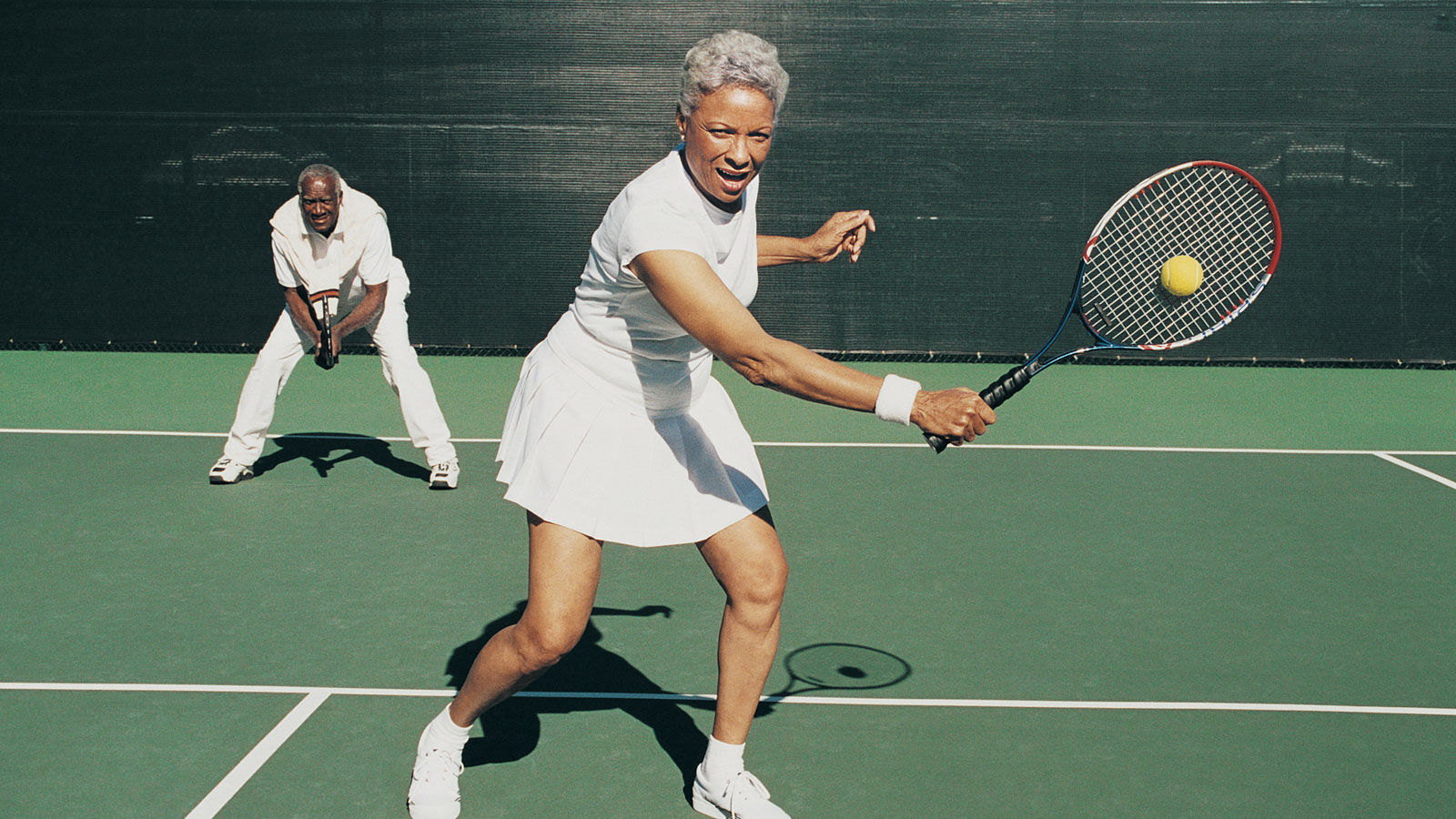
When Should I See a Doctor for My Hip Pain?
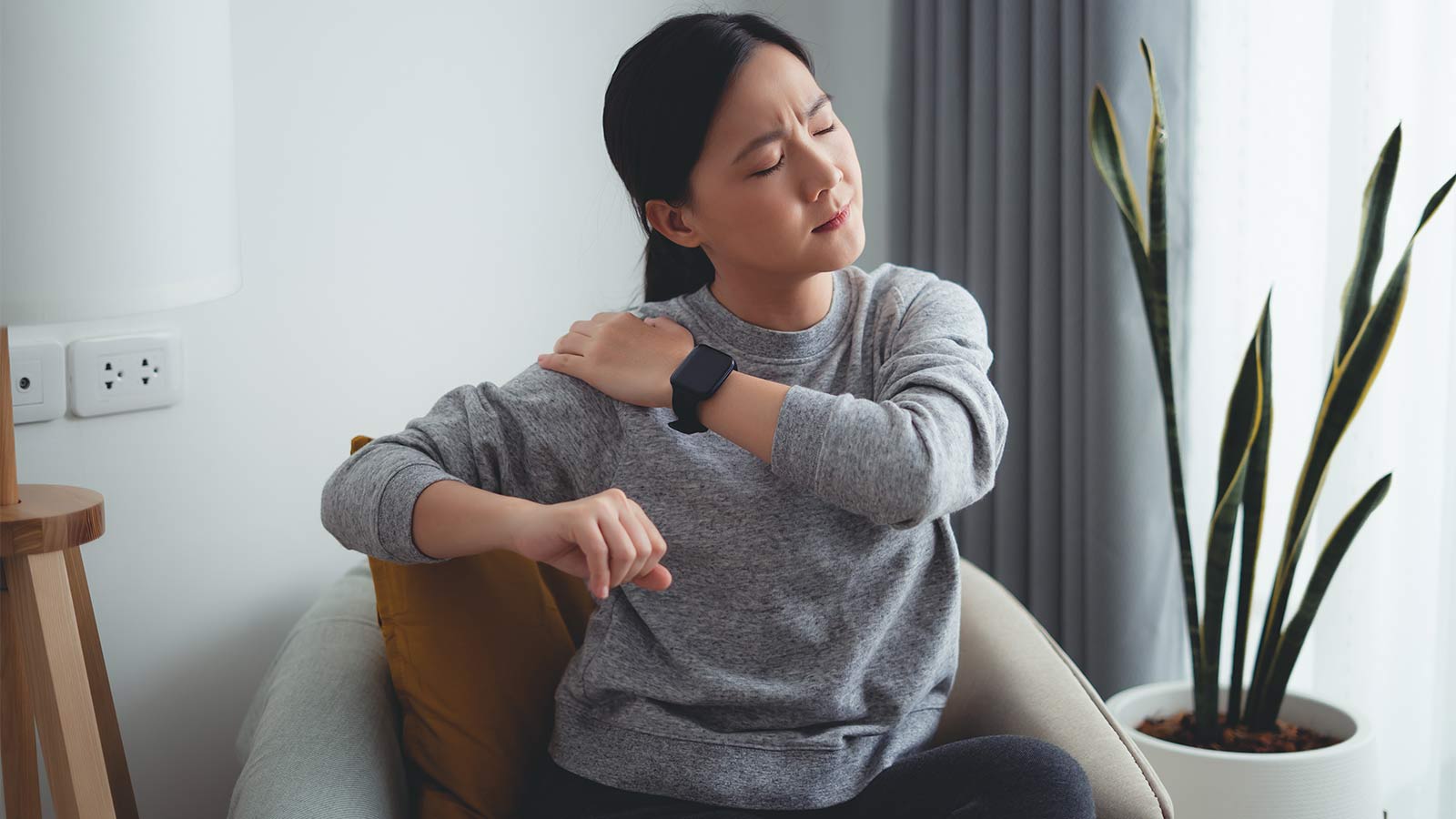
When Should I See a Doctor About My Shoulder Pain?
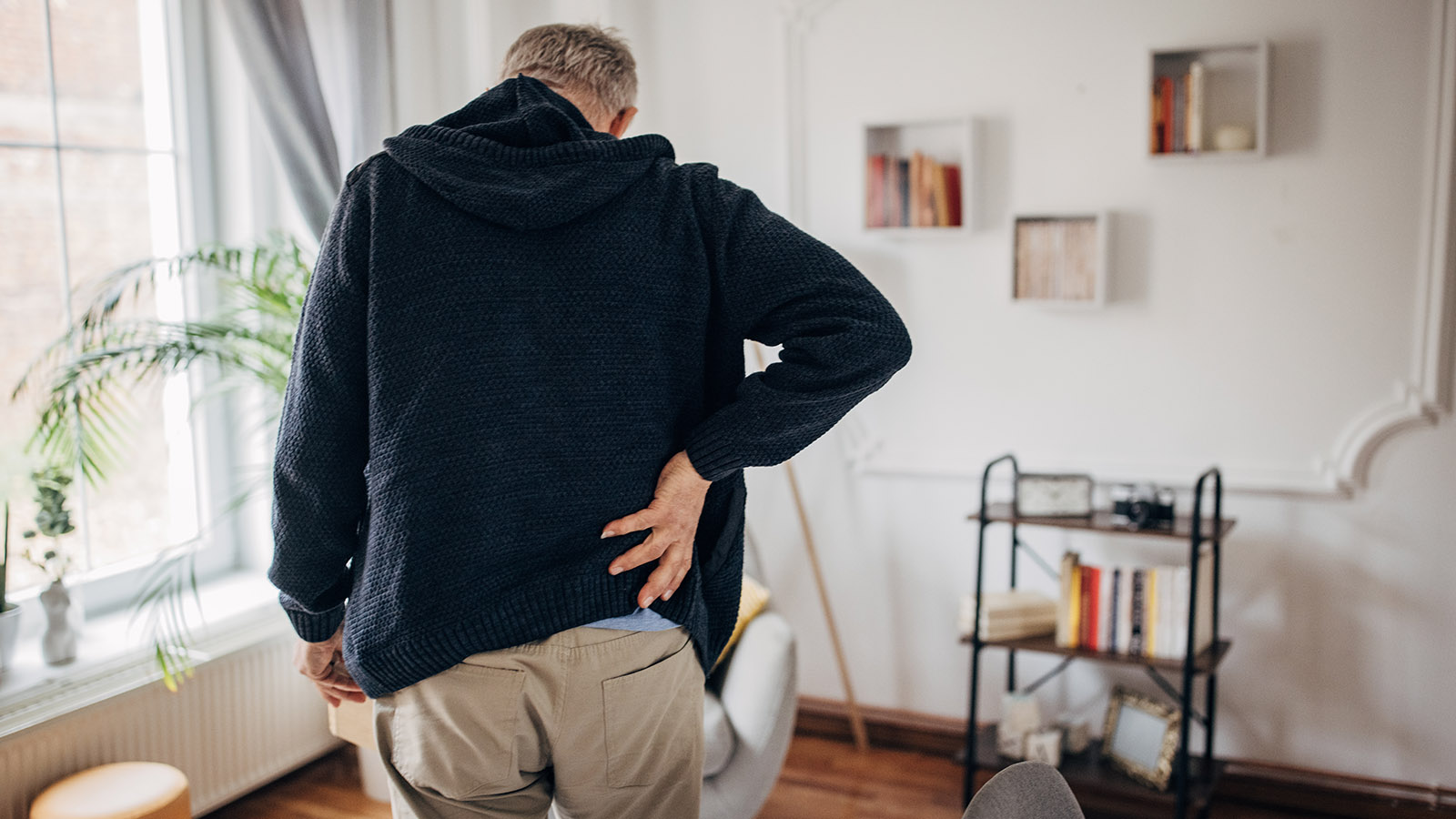
Is My Back Pain Normal, or Is It Sciatica?
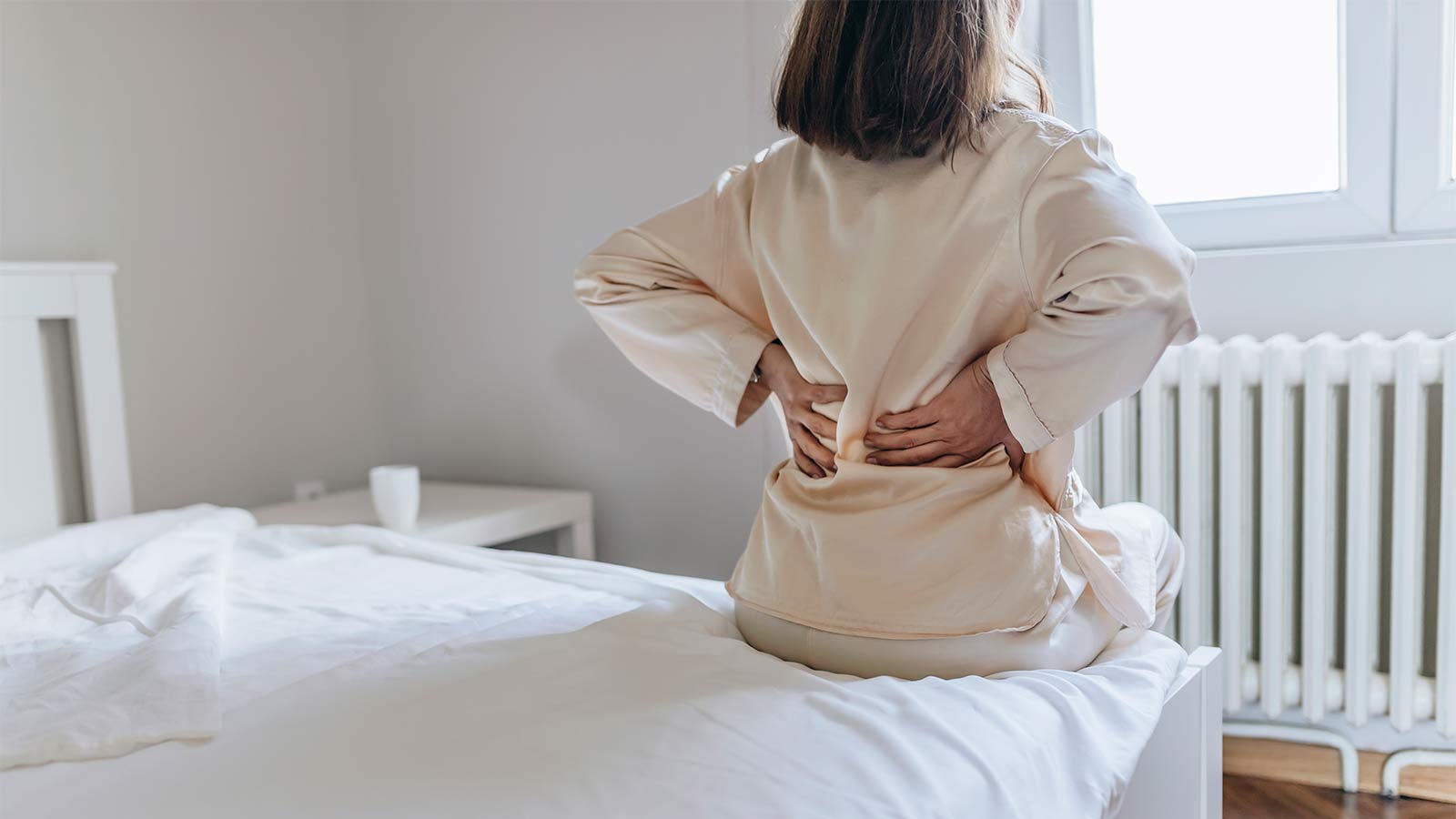
Is My Back Pain Normal, or Is It a Herniated Disk?

When Is It Back Pain, and When Is It Something More?

Watchman Heart Device: a Technological Breakthrough for Blood Clot Prevention
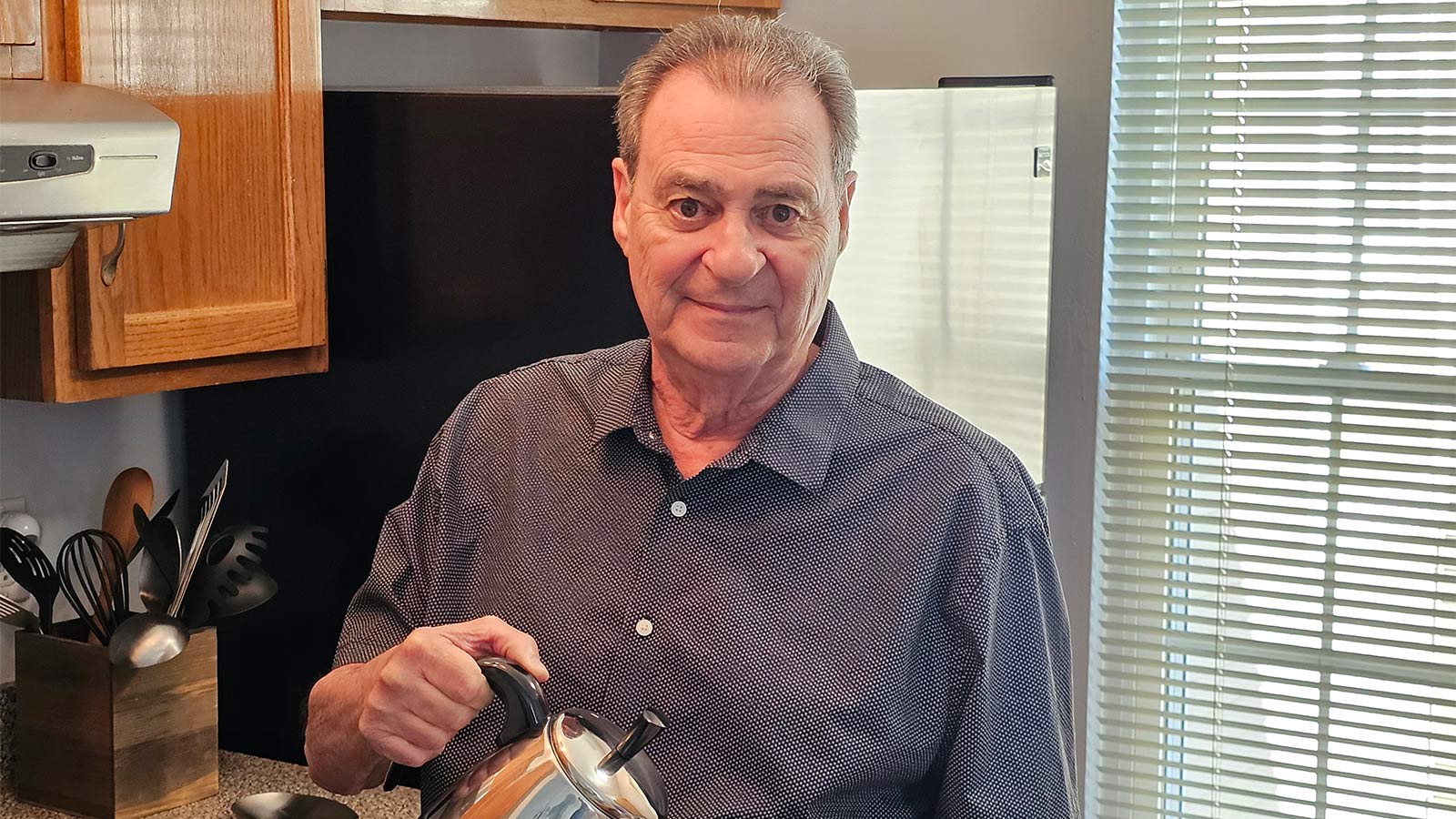
Albert's Emergency Cardiac Surgery Is a 'Story of a Lifetime'
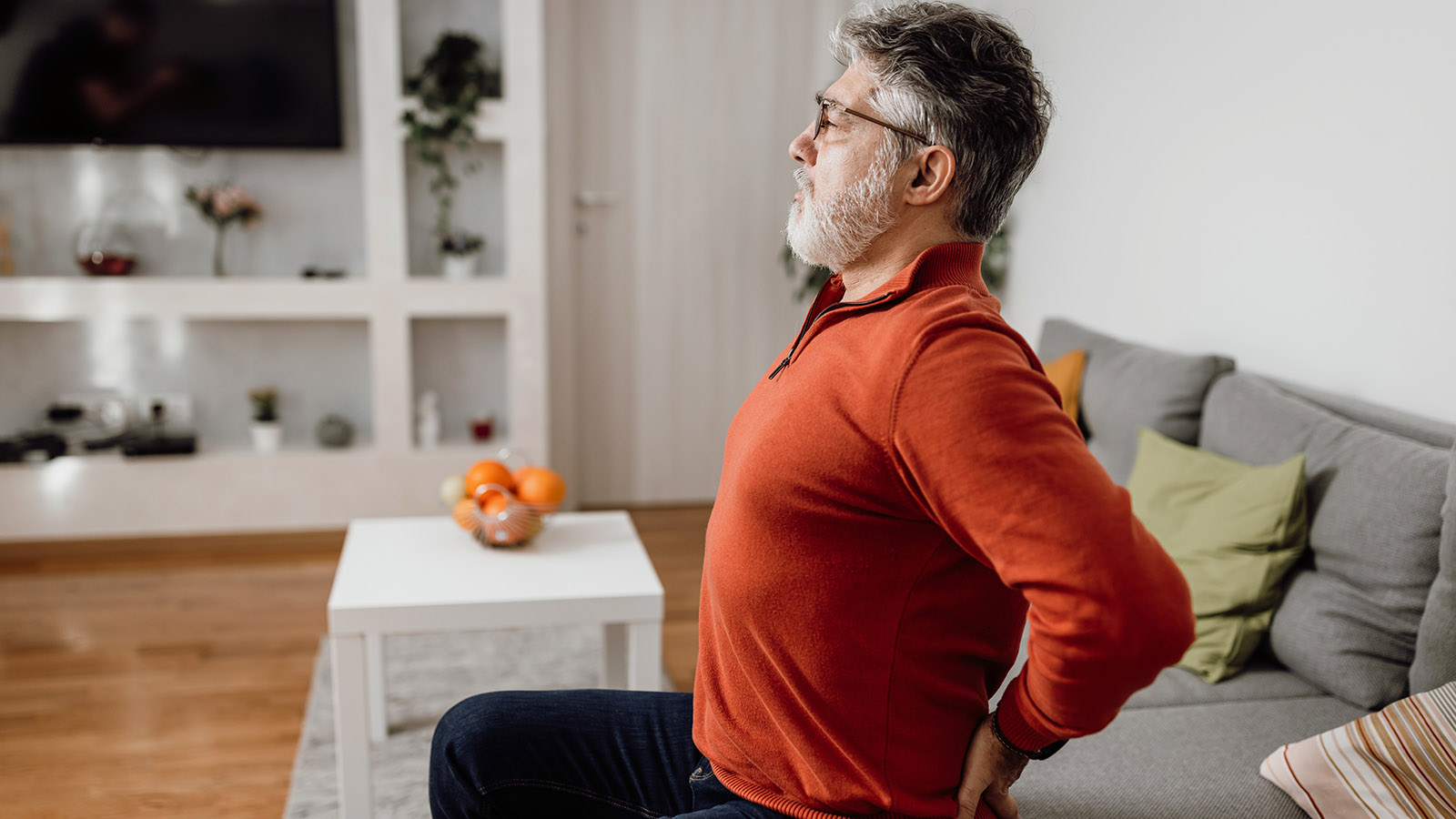
What Can I Do Right Now About My Aching Back?

How Do I Get Rid of This Back Pain for Good?

Love Your Heart: Essential Care Tips for Every Stage of Life
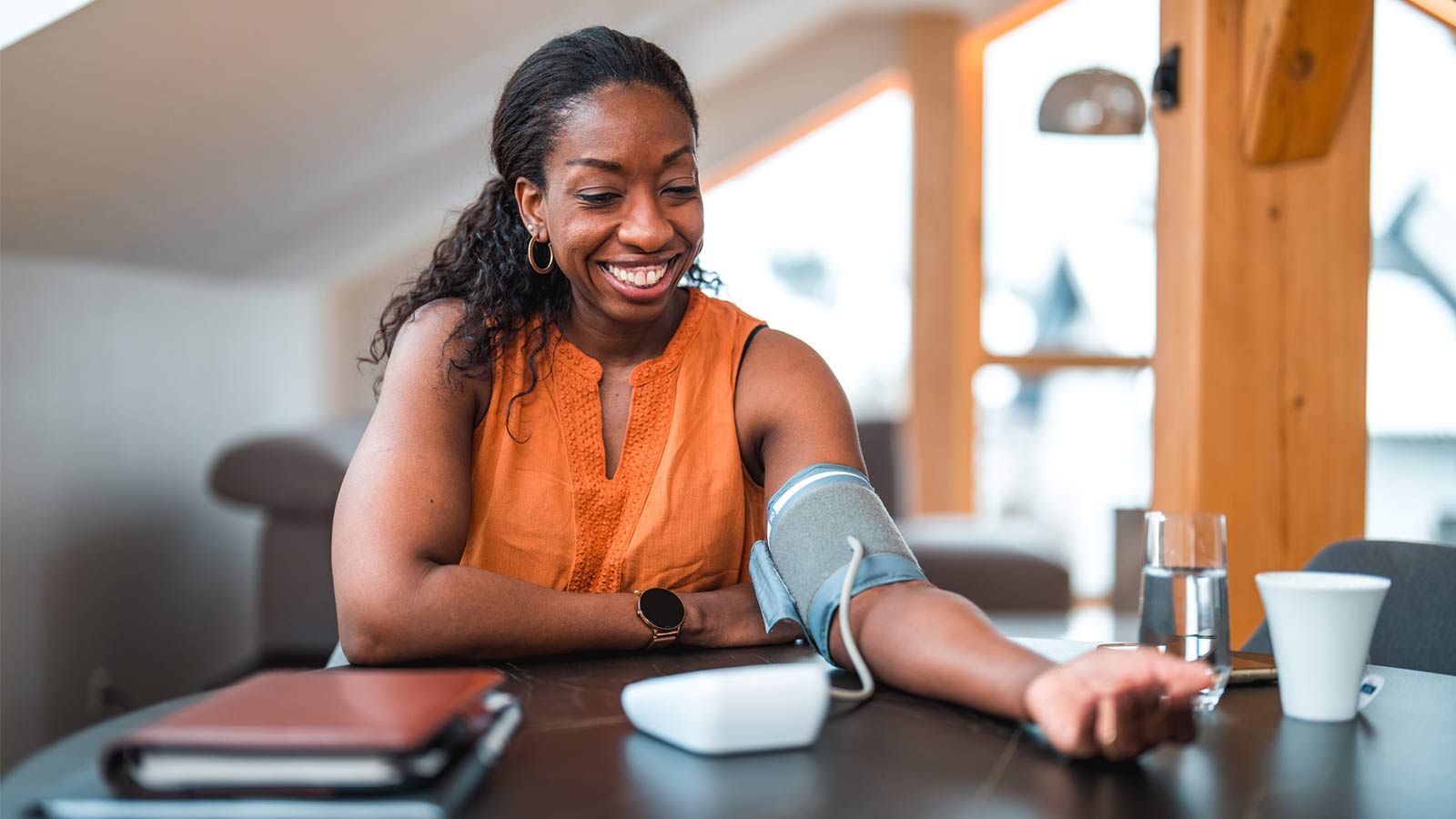
How Do I Measure My Blood Pressure at Home?

How Do I Improve My Cholesterol Levels?

3 Ways to Reduce Your Stroke Risk

Can Your Gut Health Affect Your Heart?

When Should I Be Worried About My Neck Pain?
Advanced Heart Failure Therapies Get Bernadine Back to Full Speed

Sarah Wins Back Her Health After Crohn's Disease Diagnosis

Overcoming Addiction, Philip Now Sees More Positive Side to Life
Firefighter's Successful Lung Cancer Care at Virtua
A Lung Screening Put Teresa Back in the Race
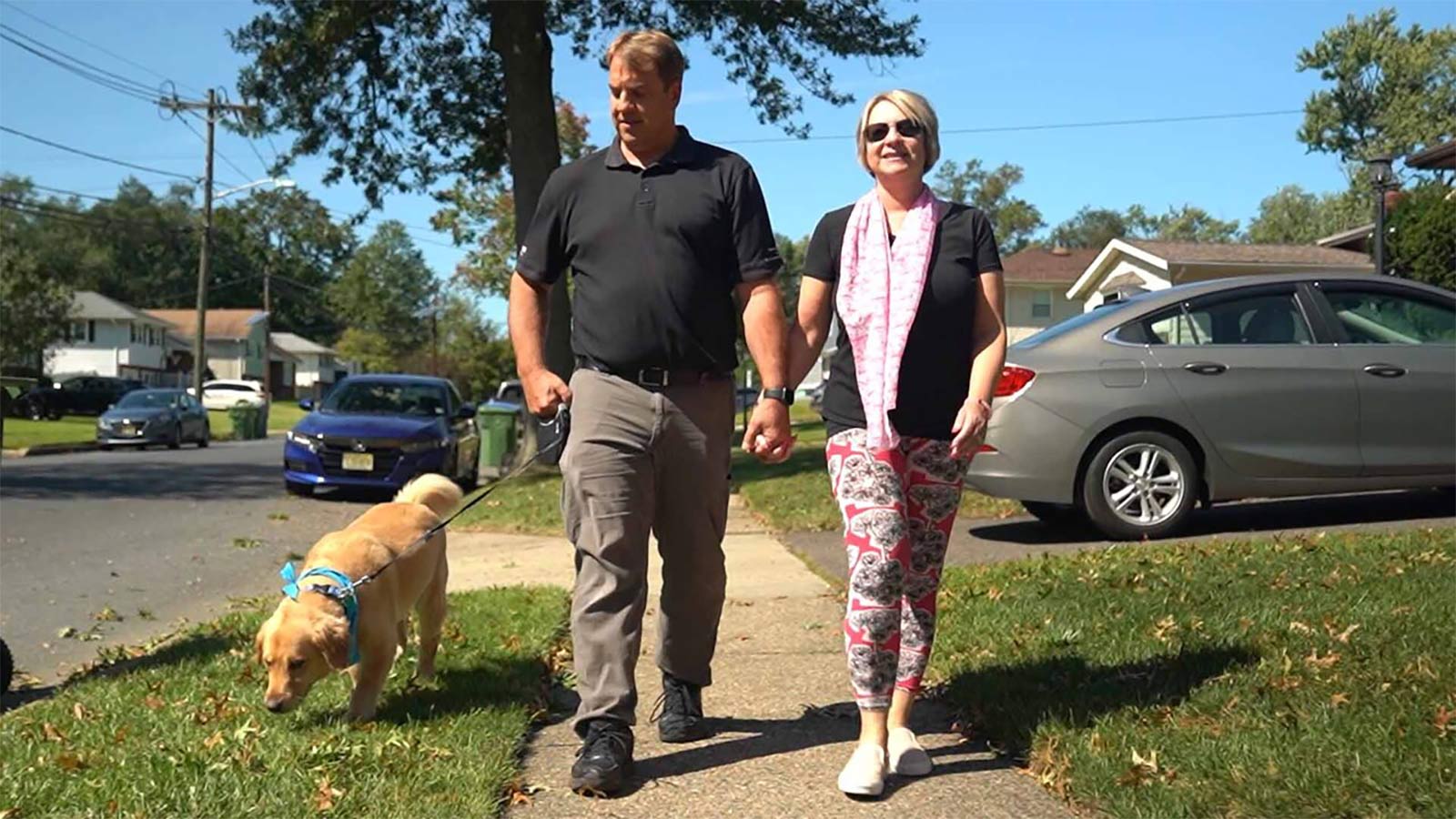
A Breast Self-Exam Saved Kristen's Life
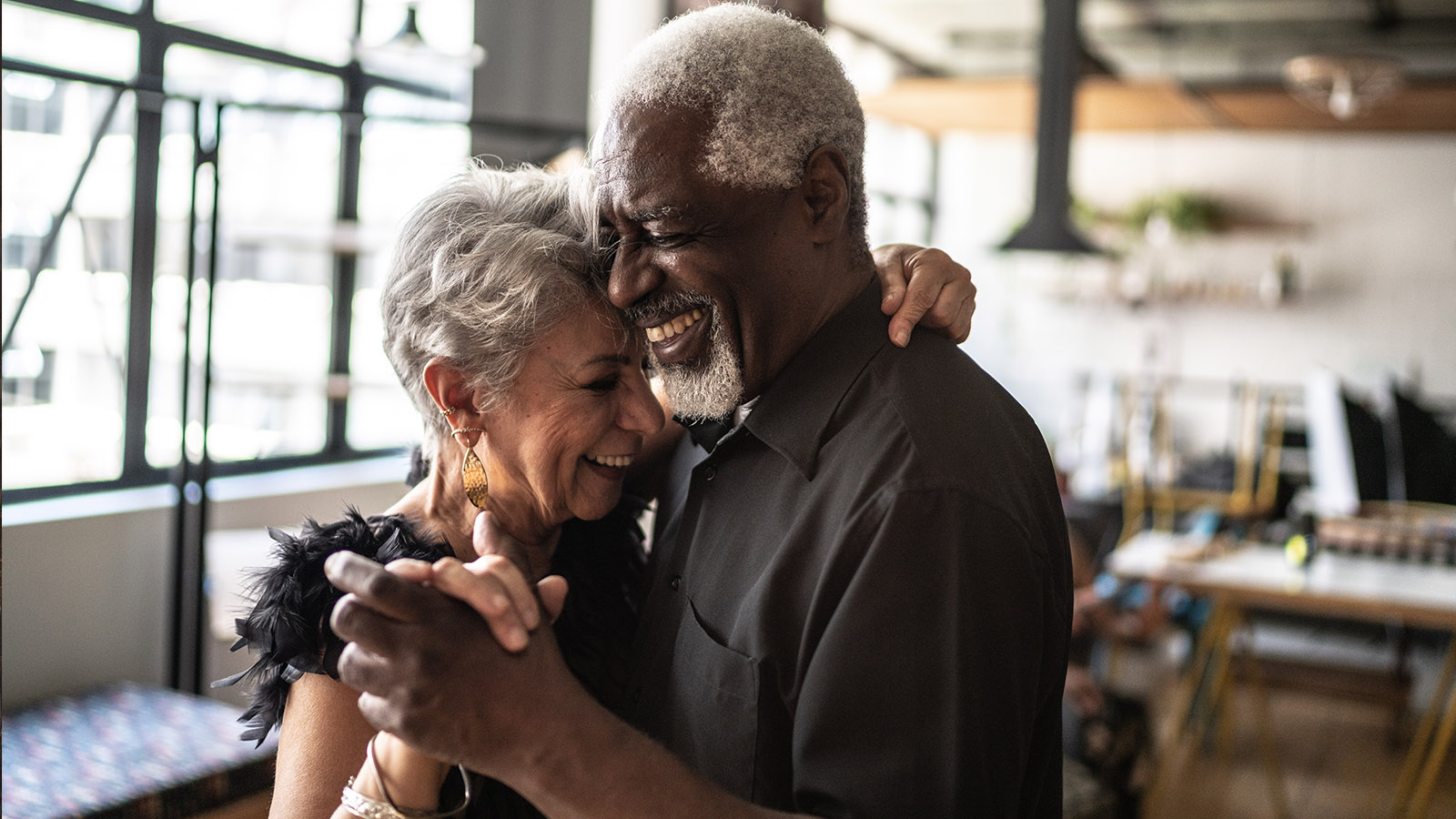
How Sex Keeps You Healthy as You Age

Protect Your Child From HPV and Related Cancers

Why IUDs Might Be The Most Effective Birth Control

5 Things You're Too Embarrassed to Tell Your OBGYN

4 Not-So-Crazy Questions to Ask Your Doctor

Early Treatment is Best to Relieve Hemorrhoid Symptoms

The Top 10 Foods For A Healthy Diabetes Diet

What to Know About Cervical Cancer Screenings

Keeping the Beat: Advanced Heart Surgery for Aortic Aneurysm
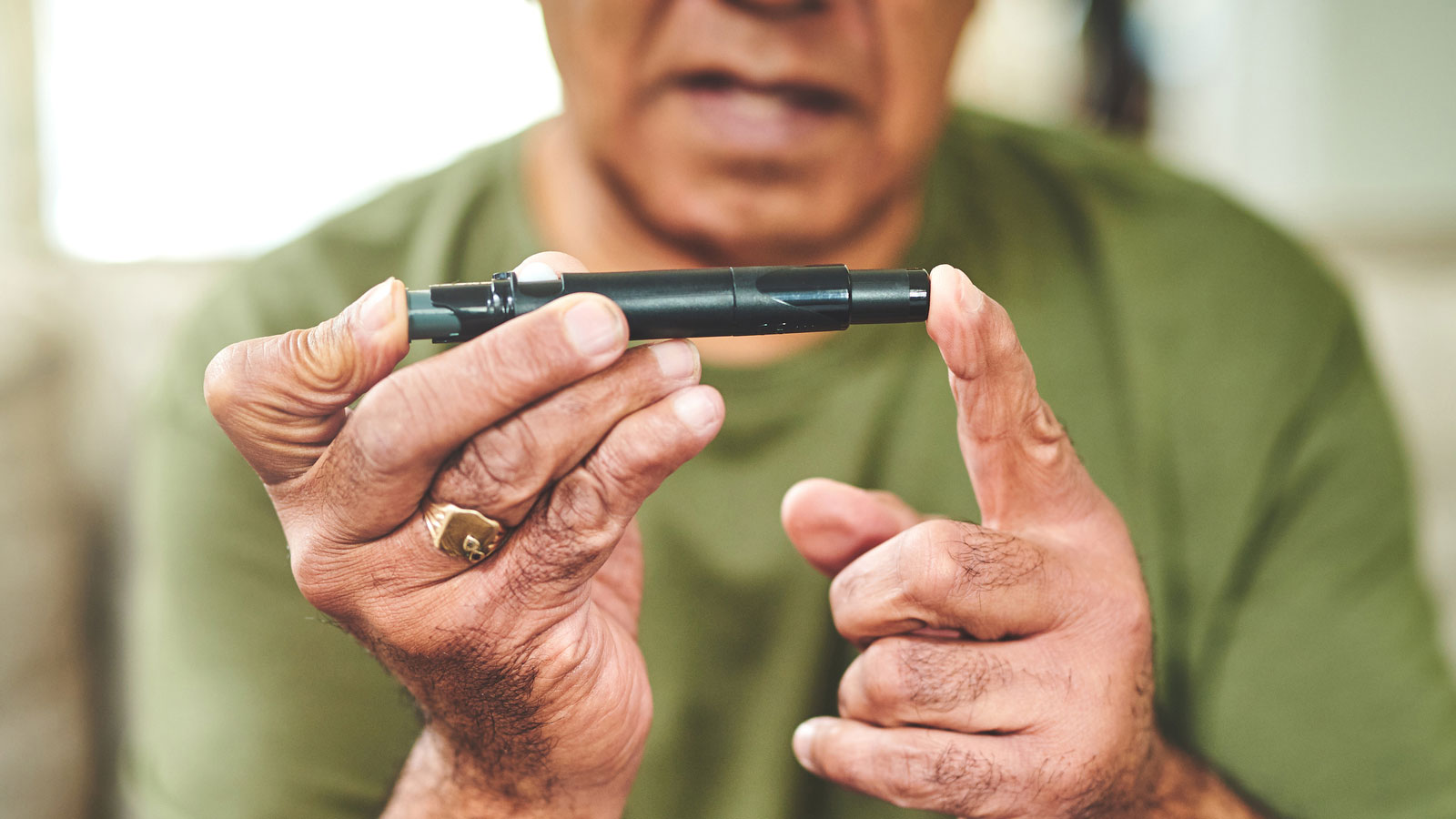
Are You At Risk For Chronic Kidney Disease
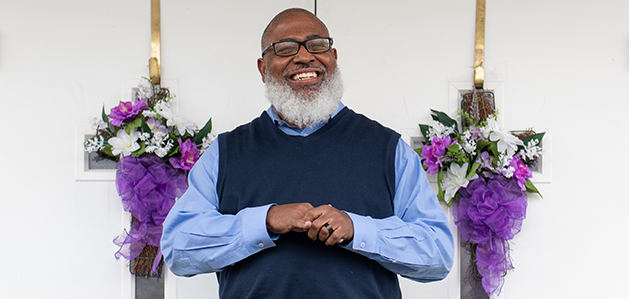
Local Pastor Makes Kidney Health Mission of Ministry
Antoinette Living Pain Free After Knee Arthritis Treatment
Bryan Exterminates Pain After Shoulder Replacement
Could Your Young Baseball Player Have Little League Elbow?
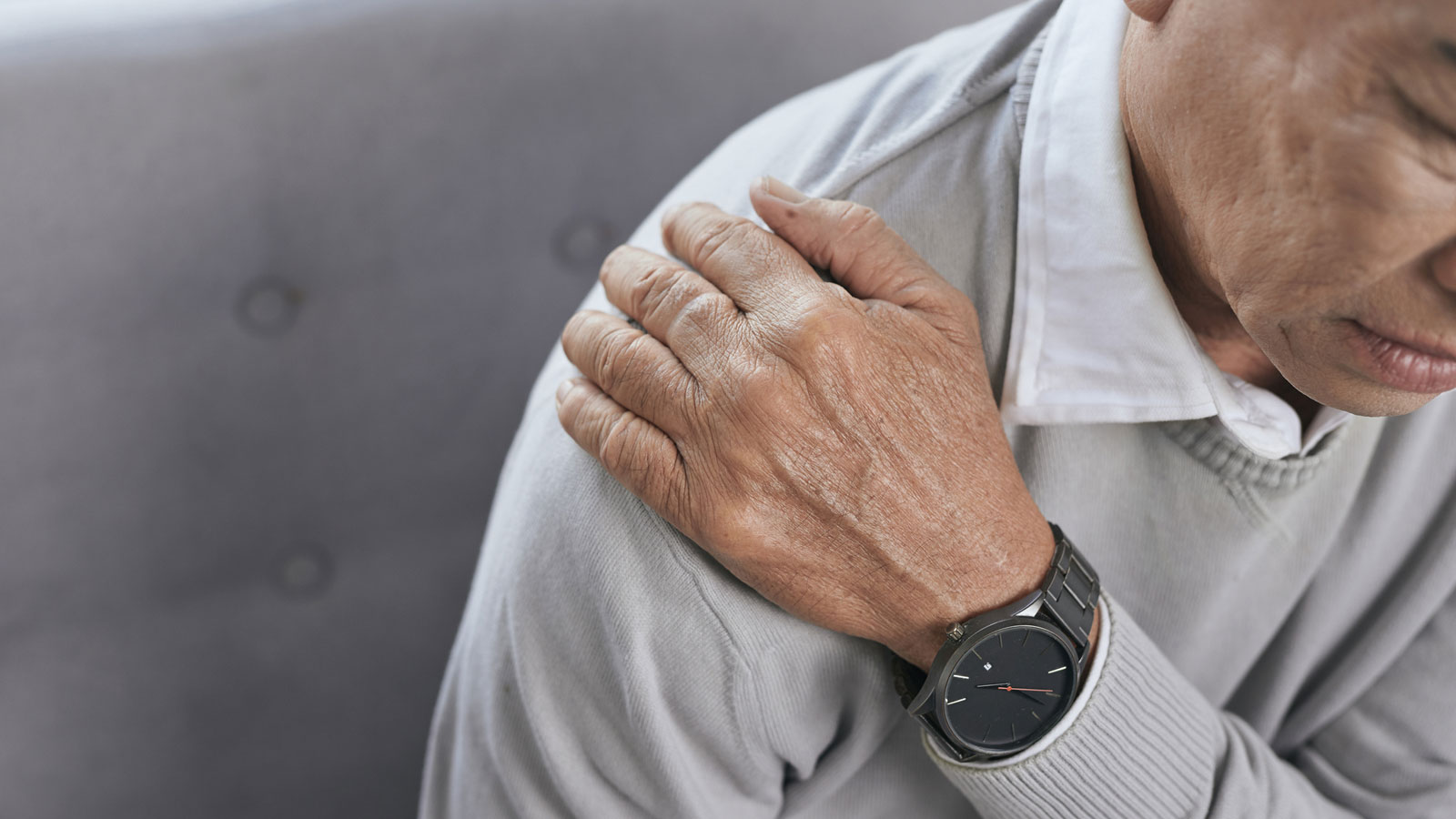
What Is Reverse Shoulder Replacement?
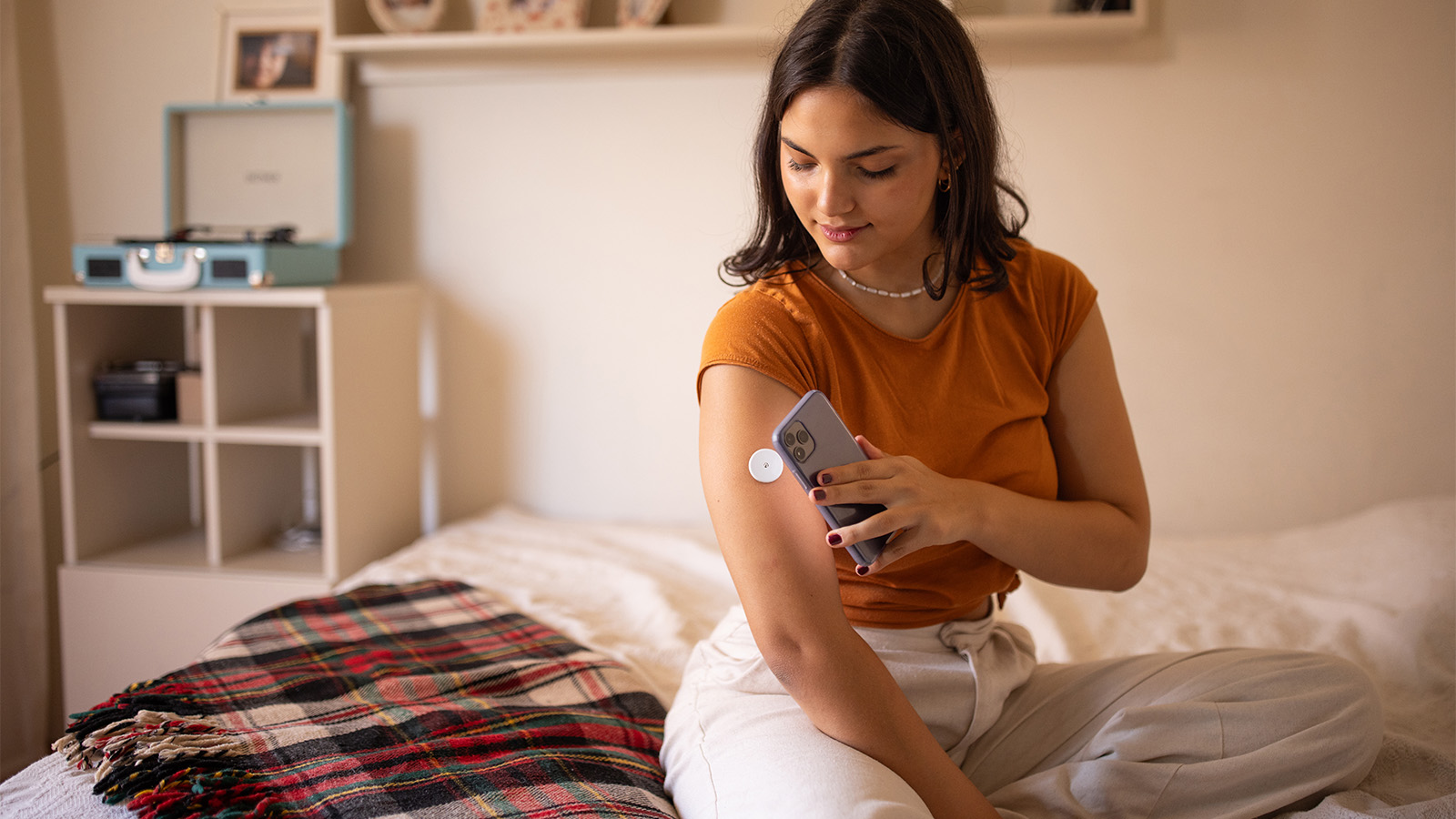
What’s the Difference Between Type 1 and Type 2 Diabetes?
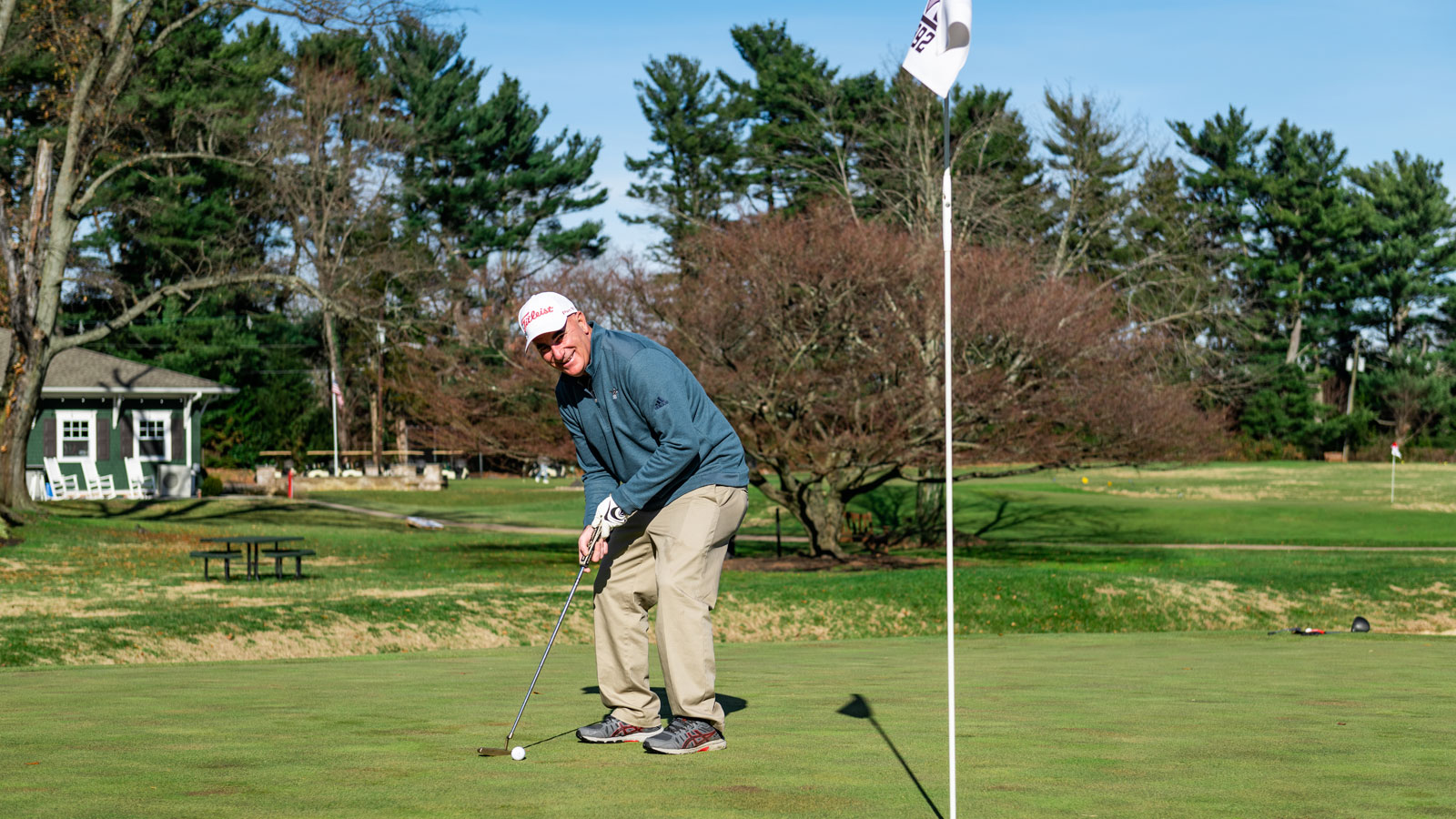
Joe Forline Tees Off Again With Two Healthy New Hips
Are Your Cracking Painful Joints Telling You Something?
Nonoperative Treatment for Rotator Cuff Injuries
Christy Saulle Returns to Serving the Community After ACL Surgery
Nicole Hall Gives High Marks to Her Acl Surgery at Virtua
Discover How Robotic-Assisted Joint Replacement Surgery Can Benefit You
5 Smart Steps to Manage Osteoarthritis

All for Bear: Dan Loses Weight to Be His Son’s Kidney Donor

Augmented-Reality Surgery Has Bobby Back on Stage, Rocking His New Hip

Hyperbaric Wound Therapy Puts Joette Back in Motion
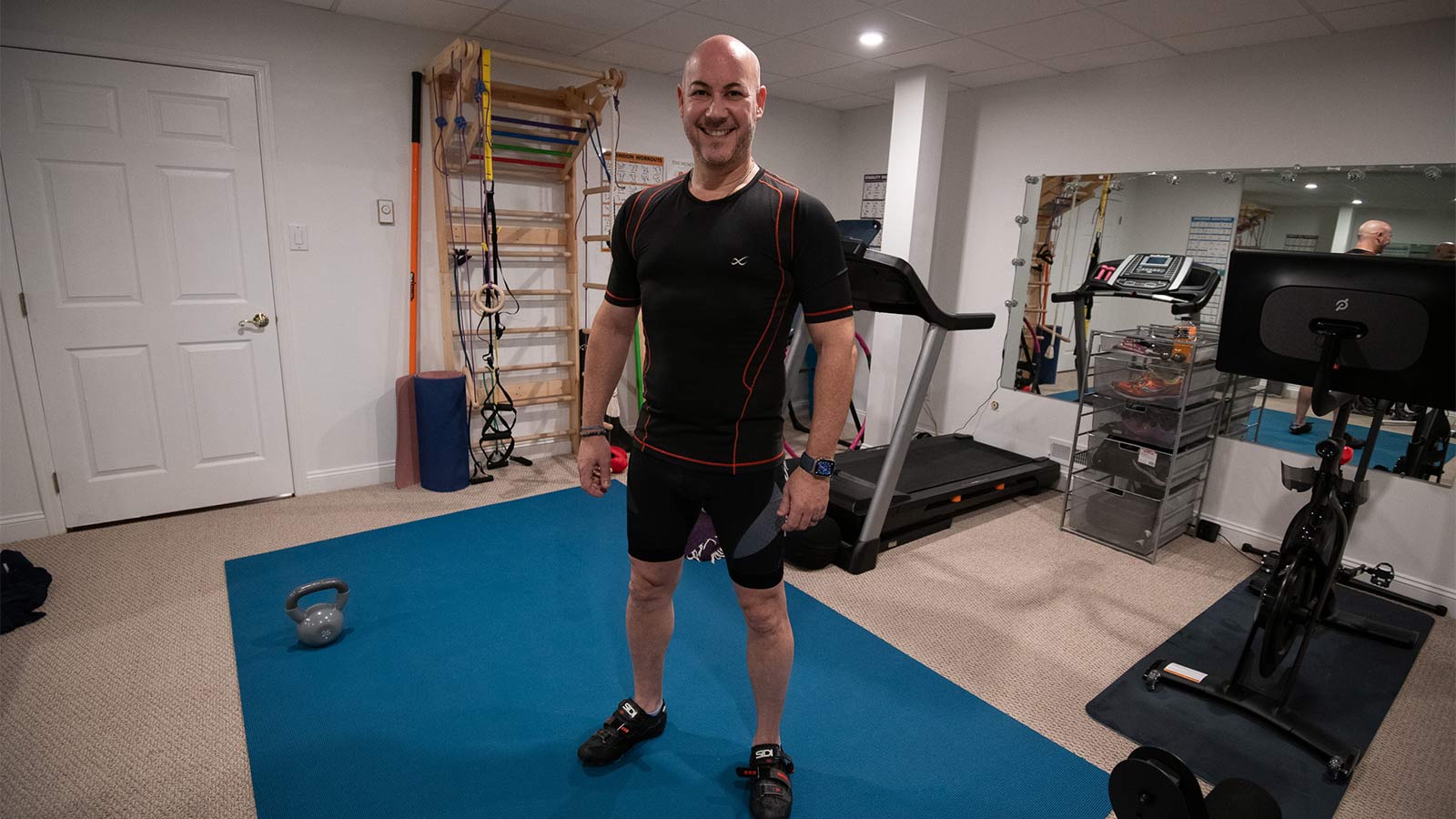
Robotic Hernia Repair Renews David's Active Lifestyle
